Japan 2-week Itinerary
Japan is a country like nowhere else in the world, and in this carefully curated 2-week Japan itinerary, you’ll visit the very best. Enjoy the fusion of history, nature, and modernity as you make your way through the landscapes and hidden gems.
Is two weeks to short? Have a look at our 3-week Japan itinerary.
Tip: At many temples and sites throughout the country, you can collect a temple stamp (called a Goshuin), which makes the perfect souvenir! We learned that you need an official goshuincho book to collect these stamps.
Day 1-2: Tokyo
It’s the first day of your 2-week Japan itinerary! Tokyo, the sprawling metropolis and capital of Japan, is the perfect place to kick off your adventure. Soak up the city’s weird and wonderful sights, from streets full of neon flashing lights to skyscrapers and large food markets. Afterward, visit abstract art museums like Teamlab Planets and expansive gardens.
No matter your arrival time, you’ll want to dive right into the organized chaos, as there’s lots to do in this enormous city. There’s a good mix of activities, allowing you to hop between urban buildings and peaceful green spaces. Furthermore, experience the city from above, indulge in all the incredible food, and browse the many different shops.
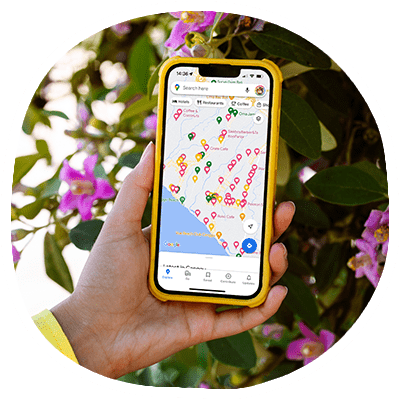
From the Airport
Tokyo has two international airports: Haneda and Narita. Narita is further away (60 KM east), so we recommend flying into Haneda for ease.
From here, it’s just a 30-minute train into the city center, or you can arrange a private transfer if you have a lot of luggage.
Note: There’s a lack of elevators and escalators in Tokyo’s metro stations, so luggage transfer services are very common. For example, Yamato Transport can arrange to bring your luggage from the airport to your hotel and vice versa.
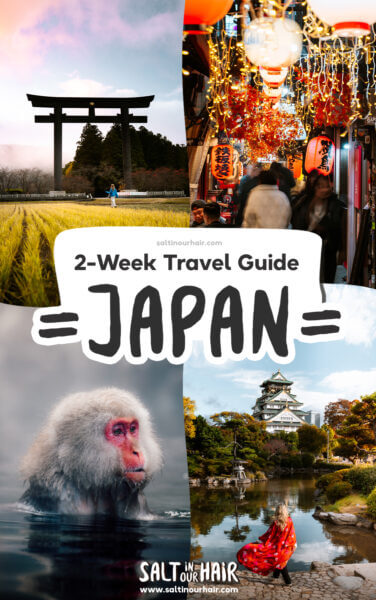
Tip: It’s best to get an eSim in advance so you’re directly connected when you land in Japan. Buy your sim online here.
Where to Stay in Tokyo
Tokyo is a massive city with neighborhoods for every kind of traveler. Even if you choose to stay further out, the fantastic metro system makes it easy to travel between districts.
We stayed in the neighborhood of Akasaka, which is close to many of the top things to do in Tokyo and has great restaurants and cafes. It also has excellent train connections, yet it is still away from the main crowds.
Day 3: Day Trip to Kamakura
Time to hit the road! Only 1.5 hours south of the busy city lies the charming fishing village of Kamakura. This coastal gem is a peaceful break from the bright neon lights, welcoming you to a stunning natural scene dotted with ancient temples.
Read everything about the things to do in Kamakura on a day trip.
One of our favorite things to do in Kamakura is to explore the traditional streets, stop at the beautiful temples and shrines, and take in the views of the sea (and Mount Fuji visible inland). Moreover, this peaceful town is full of interesting history and a perfect day trip destination on your 14-day itinerary in Japan.
How to get from Tokyo to Kamakura
Getting to Kamakura from Tokyo is incredibly straightforward. All you need to do is hop on the JR Yokosuka Line or the JR Shonan-Shinjuku to Kamakura Station. This train ride takes about an hour from central Tokyo, making Kamakura the ideal day trip destination.
Alternatively, join a guided day tour to Kamakura from Tokyo. These often include some of the highlights in town and a quick trip to Enoshima Island.

Day 4: Visit the Snow Monkeys: A Must on a Japan 2-Week Itinerary
Located high up in Japan’s mountains lies the Jugokani Valley, famous for its unique red-faced snow monkeys (Japanese Macaques). These fluffy creatures are infatuated with bathing in the local onsens (natural hot pools), and witnessing them is truly a bucket list experience.
Walk through a beautiful snowy mountain trail bordered by mammoth pine trees and a pretty river, eventually reaching the thermal spring monkeys. Don’t forget to bring your best camera – you’ll want to capture this incredible scene! See what we carry in our camera bag.
Tip: After observing the monkeys in the snow for some time, walk back to the entrance and warm yourself up with a delicious lunch or a homemade apple pie at Enza Cafe.
Read: Snow Monkeys in Japan
How to get to the Snow Monkeys in Japan
Hop on the bullet train (Shinkansen) directly to Nagano (1 hour 20 mins). From here, take the Nagano Dentetsu Line to Yudanaka or take the bus directly to Snow Monkey Park.
Alternatively, reserve your spot on this Snow Monkey Park day tour from Nagano
Tip: The Shinkansen train from Tokyo to Nagano is eligible for Japan Rail Pass users. The journey takes about 3-4 hours in total. Luckily, trains in Japan are incredibly easy to use.
Buy your Japan Rail Pass in advance here
Another option is to rent a car in Tokyo, which gives you a bit more flexibility on the rest of your 14-day Japan itinerary. The drive up to Snow Monkey Park takes about the same amount of time but leads you through some of the most picturesque scenery.
We recommend to rent a car in Japan through Rentalcars.com with many rental locations and flexible cancellation. Book your rental car here.
Stay in Yudanaka or Shiba Onsen
Because it’s a long journey up into the beautiful mountains, it’s worth staying the night after visiting the Snow Monkey Park. Many of the hotels in Yudanaka also have their own private onsens, allowing you to have the same relaxing experience.
The older part of Yudanaka is especially nice, with a charming, old-town feel. We stayed at Koishiya Ryokan, which provided some great services, such as free train station pick-up, transport to the start of the Snow Monkey Park hiking trail, and a private onsen booking service.
Alternatively, stay in the hot spring town of Shibu Onsen, between Yudanaka and the Snow Monkey Park.
Day 5: Yudanaka to Mount Fuji
No 2-week Japan itinerary would be complete without a visit to the iconic Mount Fuji. Towering 3776 meters high, the enormous volcano can be seen from all over the country. On a clear day, you can even spot it from some of the rooftops in Tokyo (100km away)!
Explore the famous lake Kawaguchiko at the base of the volcano, and stroll through Shimoyoshida village, where you’ll find shops, Japanese characteristic signs, and incredible views of Mount Fuji. Food Tip: We loved ‘FavCafe Fuji’ and had a surprisingly good Italian dinner at ‘Taverna La Cura’ in the village.
Mount Fuji was our favorite area in Japan — offering a perfect combination of nature, cute cafes, and relaxation. Watching the volcano appear from behind the clouds was undoubtedly one of our most memorable travel experiences to date!
Read more: best things to do around Mount Fuji, Japan
How to get from Yudanaka to Fuji
The easiest and quickest way to get to Fuji and travel around the incredible region is by renting a car. If you’ve rented a car in Tokyo, easily drive from Yudanaka or Shiba Onsen back south towards the astonishing volcano (3.5 hours).
We recommend to rent a car in Japan through Rentalcars.com with many rental locations and flexible cancellation. Book your rental car here.
Not only will you see beautiful views, but driving in Japan will also be easy as everything is well-organized.
Alternatively, take the train back to Tokyo and continue your journey to Mount Fuji by bus. Once you’re in the Fuji area, you can use the bus to reach most of the places.
Where to Stay near Mount Fuji
The area around Mount Fuji is known for its onsens (hot springs), which are part of Japanese culture and are natural thermal baths heated by the volcano. We recommend staying in an Onsen hotel while you travel around Mount Fuji.
This is the perfect way to relax after a busy day exploring. We stayed at La Vista FujiKawaguchiko. However, anywhere around Kawaguchi Lake will put you in the center of all the things to do.
Tip: Mount Fuji is one of the most popular areas in Japan. Because of this, it’s best to book your accommodation well in advance, as prices rise in high seasons, like spring and fall.
Day 6: Explore Mt. Fuji’s Surroundings
There are so many incredible things to do near Mount Fuji, so spend another day exploring the volcano’s impressive surroundings. Drive, bus, or bike around the other four lakes, marvel at the imposing Shiraito Falls, and walk along the stunning Momiji Corridor.
Especially if you’re traveling during spring or fall, the colors really pop, either with beautiful pink cherry blossoms or fiery red maple trees. Stop for a break at one of the cozy cafes on the lakeside with fantastic views and explore the beautiful woodland of Hakone.
Tip: If you’re short on time, you don’t need to necessarily visit Hakone; you’ll get a perfectly good feel of Mount Fuji by visiting the Fuji Lakes.
Travel Insurance
Don't forget a travel insurance for your Japan trip! Heymondo covers medical emergencies, theft, delays, cancellations, lost luggage, and more, with 24/7 worldwide assistance and medical chat. As a Salt in our Hair reader, we've got you 5% off! Check Heymondo here
Day 7: Kyoto
Once the capital of the country, Kyoto is another must-see destination during your 2 weeks in Japan. Although large, the city has a small-town feel, blending high-rise buildings with traditional wooden teahouses and endless temples.
Did you know? Unlike in many places, wearing a kimono is not considered cultural appropriation. In fact, it’s quite the opposite; locals encourage visitors to dress in kimonos and better understand the cultural practice. You can rent a kimono for the day in Gion (or another area of the city) and take some beautiful photos.
Read more: best things to do in Kyoto, Japan
How to get from Fuji to Kyoto
If you’re traveling by car, it takes roughly 4,5 hours to get to Kyoto from Mt. Fuji. By train, hop on the direct Kodama Line from Shin-Fuji to Kyoto (covered by the Japan Rail Pass). The journey is also possible by bus, but keep in mind that this takes 6+ hours.
Buy your Japan Rail Pass in advance here
Where to Stay in Kyoto
Kyoto is a large city with many things to do both on the outskirts and in the center. Where you choose to stay depends on the type of trip you’re planning. If you’re following this Japan 2-week itinerary, we recommend staying in Shimogyo (near Kyoto Station), from where you can easily do some day trips out of the city.
Otherwise, choose a hotel in Kyoto located within Nakagyo (the central district) or Gion (the traditional Geisha district).
Day 8: Sannenzaka, Kyoto (a Highlight on Your 2-Week Japan Itinerary)
On day 8, head out in the morning to one of Kyoto’s most traditional Japanese streets: Sannenzaka. This beautiful, stone-paved road is full of teahouses, sweet shops, and wooden houses and leads up toward the stunning 3-tiered Hōkan-Ji Temple. Later, up at the Kiyomizu-dera, you’ll have some of the most impressive views over the city and its colorful trees.
At this time of the day, walking through this street feels like you just stepped back in time. Watch how locals and tourists liven up the place, browsing the many craft shops and delicious restaurants. While roaming the area, don’t forget to visit the temple and pop into a beautiful ancient tea house to join a tea ceremony. (Book a tour to learn about this time-honored tradition)
Tip: Nighttime is also a nice time to visit this area as there are no crowds. The street lanterns give it a charming, cozy ambiance. Please note that during the high seasons, these streets can be busy even in the morning!

Day 9: Day Trip to Nara, Japan
After soaking up city life, jump shortly back into nature by taking a day trip to the luscious Nara Park. Set in the city of Nara, this expansive woodland is where you’ll find hundreds of friendly (and cheeky!) deer roaming wild.
Tip: It’s especially lovely to visit during fall when the leaves pop in warm reds, oranges, and yellows. In between the trees, you’ll also find plenty of temples, botanical gardens, and other must-see buildings. (Read more about all the fantastic things to do in Nara Park)
Explore Nara with a local guide. See tickets and availability for a half-day tour.
How to get there: From Kyoto Station, take a direct train to Nara in under one hour. The train arrives at Kintetsu Nara Station and is covered by the Japan Rail Pass. (Buy your Japan Rail Pass in advance here). Alternatively, it’s an hour’s drive south with your rental car.
Tip: If you arrive from Nara JR station in the morning, take advantage of the Mochi-making show at Nakatanidou. Mochi is a jelly dessert made with rice flour and packed with sweet black bean paste inside. It usually comes in various colors, and it’s certainly fascinating to watch the creation process!
Day 10: Visit the Arashiyama Bamboo Forest
One of the unmissable things to do on a 2-week Japan itinerary is to visit the famed Arashiyama Bamboo Grove. Located only a 20-minute train ride from bustling Kyoto, this towering tunnel of bamboo trees creates one of the most magical walkways. Because of this, it’s the perfect spot to snap some stunning images!
Buy your Japan Rail Pass in advance here
Spend the day immersed in nature, visiting all the beautiful temples and gardens dotted throughout the Arashiyama complex. The forest is also a sensory experience if you listen to the sound of the bamboo blowing in the wind.
Join a Boat Tour
Alternatively, a boat tour along the river in Arashiyama is a great way to see more of the area’s natural beauty! You can hire a boat, either driving the boat yourself or hiring a captain for a few hours.
Day 11: Koyasan (Must-see on Your 2-Week Japan Itinerary)
From Kyoto, head south to the sacred temple village of Koyosan, situated on the high slopes of Mount Koya. This important Buddhist pilgrimage site with over 100+ beautiful temples is a must-see on your 2 weeks in Japan and a peaceful place to explore.
In Koyasan, spend the day wandering among the temples, visiting one of the most beautiful cemeteries and the many gardens between the trees. With an elevation of 800 meters, the air in Koyasan is quite cool. End the relaxed day with one of the best things to do in Koyasan: staying at a traditional temple stay.
Read more: Koyasan temple stay
How to get from Kyoto to Koyasan
From Kyoto Station, hop on a rapid train to Osaka Namba Station (covered by your Japan Rail Pass) in under 30 minutes. From there, jump on another train to Gokurakubashi (1.5 hours) before taking the cable car up the mountain to Koyasan.
Buy your Japan Rail Pass in advance here
Where to Stay in Koyasan
One of the best things to do during your 2 weeks in Japan is to stay overnight in one of the temples in Koyasan. This is the perfect way to experience how the monks have been living for hundreds of years! The lodgings are simple and traditional in line with the Buddhist teachings, with basic futons, sliding doors, and shared bathrooms.
During your stay, you’ll also get to join the monks for a typical dinner, morning prayer, and meditation – this was one of our favorite adventures on our trip to Japan!
Day 12: Osaka
From the mountain village, travel back to the hustle and bustle by continuing to Osaka. Here, neon lights, signs, and unique fashion come together with peaceful temples, scenic woods, and cute lantern-lit alleys. With an incredible shopping scene, delicious street food, and some of the friendliest people, Osaka is certainly a must-see on your 2-week Japan itinerary.
This is also a great place to end your trip, as it has good connections to other major cities (in case you have a return flight from elsewhere). Dive into the busy streets, try the city’s innovative food, and soak up all the bold and bright colors. Finally, buy tickets for Harukas 300 or Umeda Sky Building to end your day with some of the best night views over the city!
Read more: things to do in Osaka, Japan
Day 13: Shop Till You Drop in Osaka
Spend your second day in the city shopping in the different neighborhoods, each with its own characteristics. From high-end designer stores to the famous Kuroman Market full of street vendors, no direction is wrong to explore. Some of the must-see districts are:
- Shinsaibashisuji: Long-roofed arcade home to literally everything you can think of!
- Nipponbashi: Endless comic stores and Anime merchandise!
- Orange Street: Full of furniture and antiques, but also lots of charming boutiques, stores, and hipster cafes.
- America-Mura: Our favorite neighborhood in Osaka – full of colorful vending machines, abstract murals, vintage shops, and trendy food spots. You’ll also see beautifully decorated street lanterns.
- Shinsekai: Home to contemporary stores, food stalls, and outdoor games.
- Dotonbori: Flashing neon lights, bright Japanese signs, LED billboards, and many unique restaurants.
Tip: Lastly, end the day in the charming Hozenji Yokocho, a narrow, stone-paved street full of tiny traditional restaurants. In the evening, warmly lit lanterns show the way to small, bustling eateries — also frequented by the rich and famous of Osaka, Japan.
Where to Stay in Osaka
Choose an accommodation close to the bustling areas of Shinsaibashi, Dotonbori, or Namba to be close to the best things to do in Osaka.
America Mura was our absolute favorite district in the city and is also a fantastic place to stay. However, if you want to stay in this fashion hotspot, we recommend booking your hotel well in advance.
Our Favorite Accommodations
No matter your budget, there are many incredible accommodation options in Japan. Stay in exclusive hotels with incredible mountain or sea views, or choose to stay in a traditional ryokan. Below are some of our favorite stays per location:
How to Visit Japan on a 2-Week Itinerary
This 14-day Japan itinerary starts in Tokyo and ends in Osaka (with the option to return to Tokyo if you have a return flight from there). However, there are other airports in various cities.
Tip: It’s best to get an eSim in advance so you’re directly connected when you land in Japan. Buy your sim online here.
Getting Around Japan
By Car
The most flexible way of getting around Japan for two weeks is by car! This is because having your own wheels gives you the ultimate freedom to explore at your own pace. Besides, it can save you time in the long run, allowing you to visit those out-of-the-way destinations (like the Snow Monkey Park).
We recommend to rent a car in Japan through Rentalcars.com with many rental locations and flexible cancellation. Book your rental car here.
The metro and train lines, including the high-speed Shinkansen (bullet train), take you to many corners of the country. However, the bus system is also incredibly efficient.
Note: Japan’s travel network is so organized that you’ll never experience delays; trains and metros depart precisely at the specified minute.
Alternatively, for shorter distances, you can also hire a bike for the day (a fun way to explore!). Especially cities like Kyoto have many great paths throughout town to discover by bike. And if you avoid the main roads, you’ll quickly find quiet streets perfect for your cycling adventure.
Japan Rail Pass
The Japan Rail Pass gives you unlimited access to all public transport throughout Japan, so it’s a great option if you plan on taking the Shinkansen (bullet train) several times. It’s also multi-use for other trains, ferries, and buses throughout the country.
Buy your Japan Rail Pass in advance here
How Much Does a Trip to Japan Cost for 2 Weeks?
While definitely not a cheap destination, Japan’s unique charm makes it so worth it! The bulk of the costs are on accommodation, food, and transport. Keep your budget down by visiting in the low season, exploring free attractions, taking public transport, and dining on delicious street food.
Best Time to Visit Japan
Though beautiful all year, the very best time to visit Japan is during spring (March-May) or fall (September-November). These seasons offer the most beautiful views, transforming all the sights with stunning colors. For example, in spring, you’ll see pink cherry blossoms peep out between the buildings, and in fall, watch the woodland areas burst into warm hues.
Although October and November do get a little colder, it means you might also be lucky enough to spot snow, especially if you head up into more mountainous areas like Koyasan. It’s good to note that the Snow Monkeys will only be in the onsens in winter. If you’re visiting in spring instead, keep in mind that hotels and tours can get booked quickly (and prices rise), so consider booking things well in advance.
By purchasing through our links, you support us at no additional cost.
Thank you for your support. ♥️
- Find Hotels via Booking.com
- Find a Rental Car via Rentalcars.com
- Find Flights to Japan via Skyscanner
- Get a Travel Insurance via Heymondo
- Book Tours & Attractions via GetYourGuide
- Book a Bus/Train/Transfer via 12Go
Looking for more travel information? Plan a chat with us for personalised travel advice or get an answer from the Salt in our Hair Travel Community on Facebook.

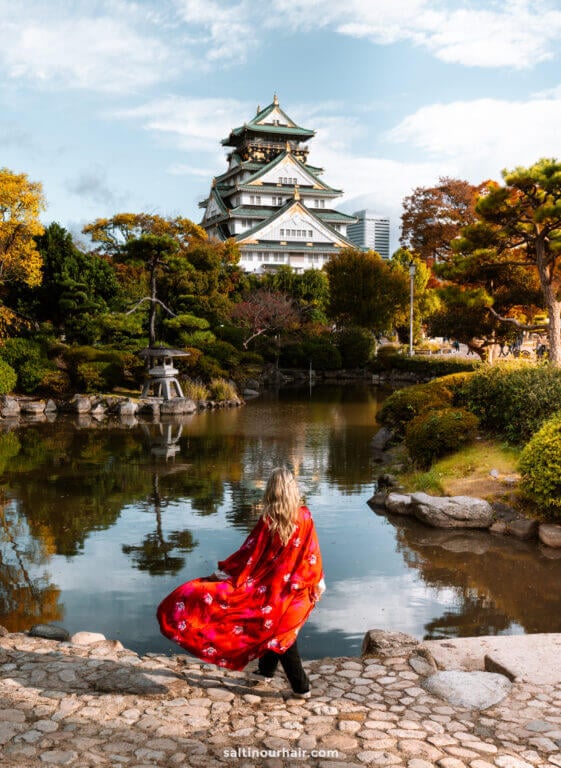
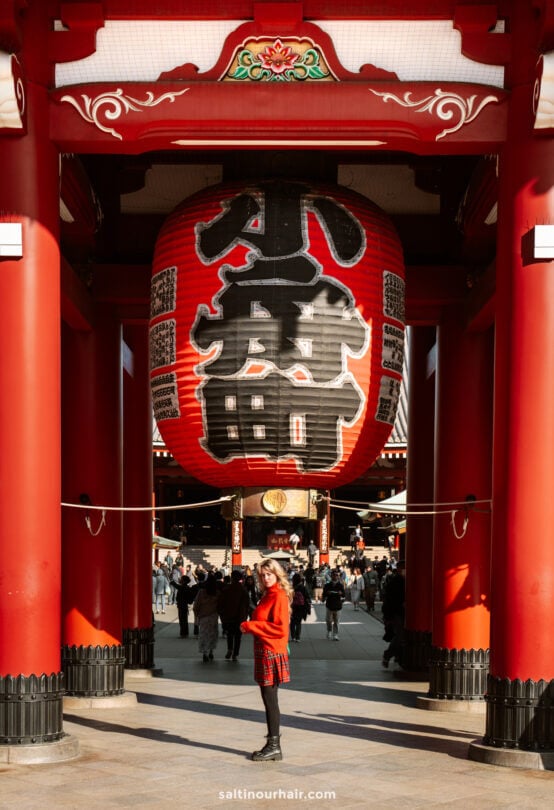

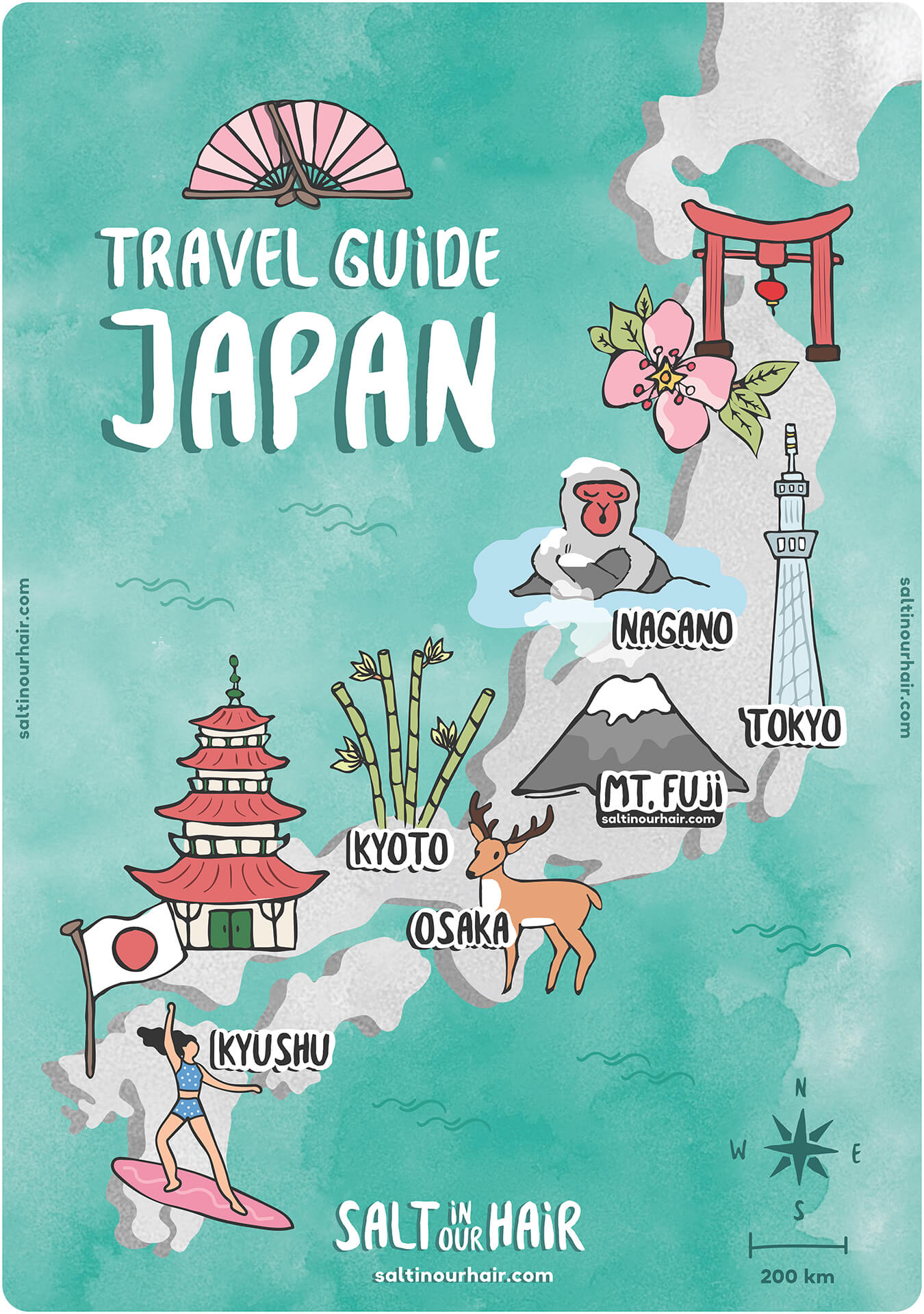
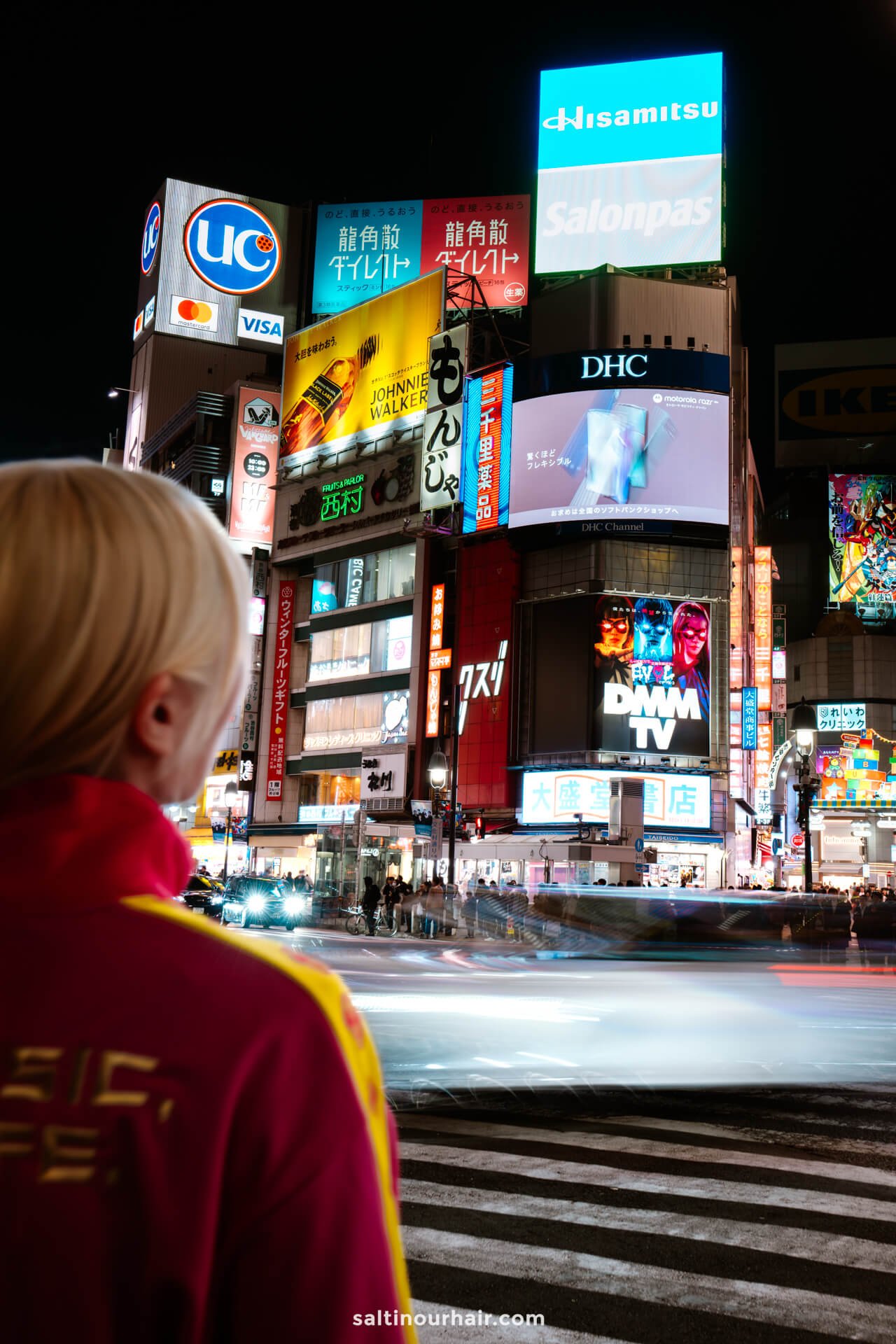


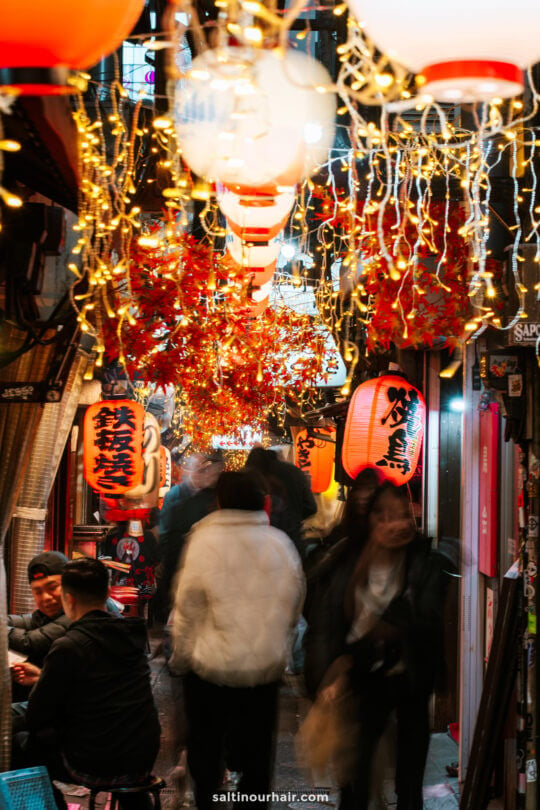



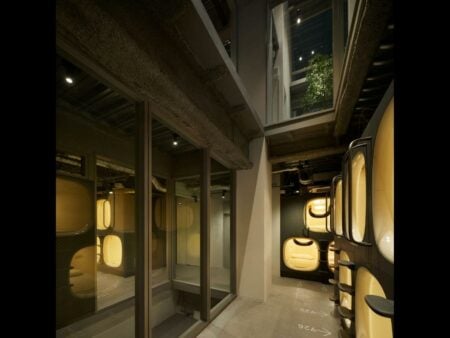
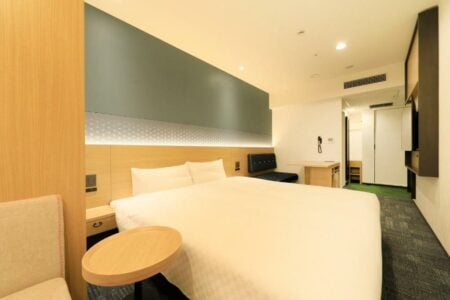

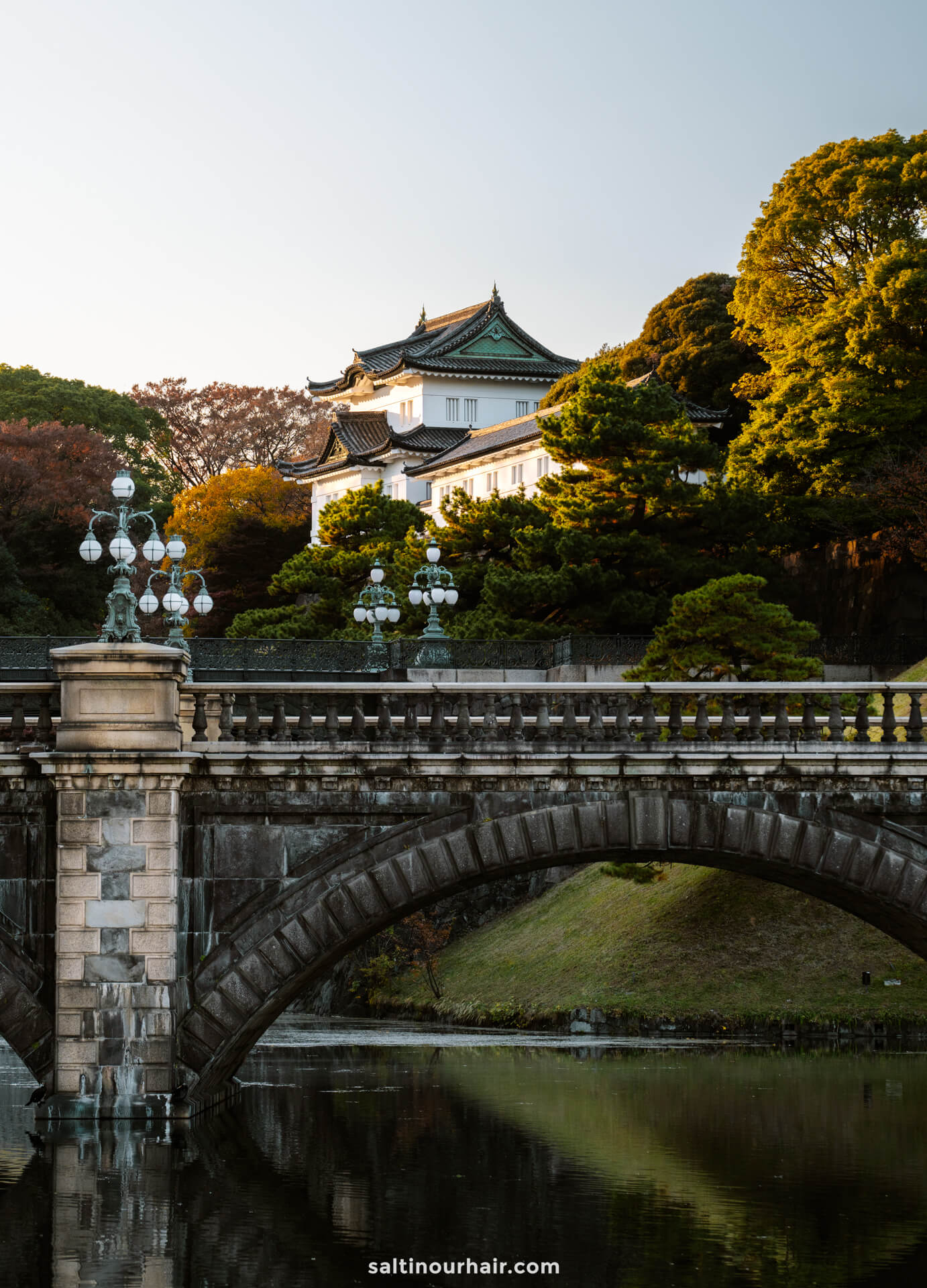
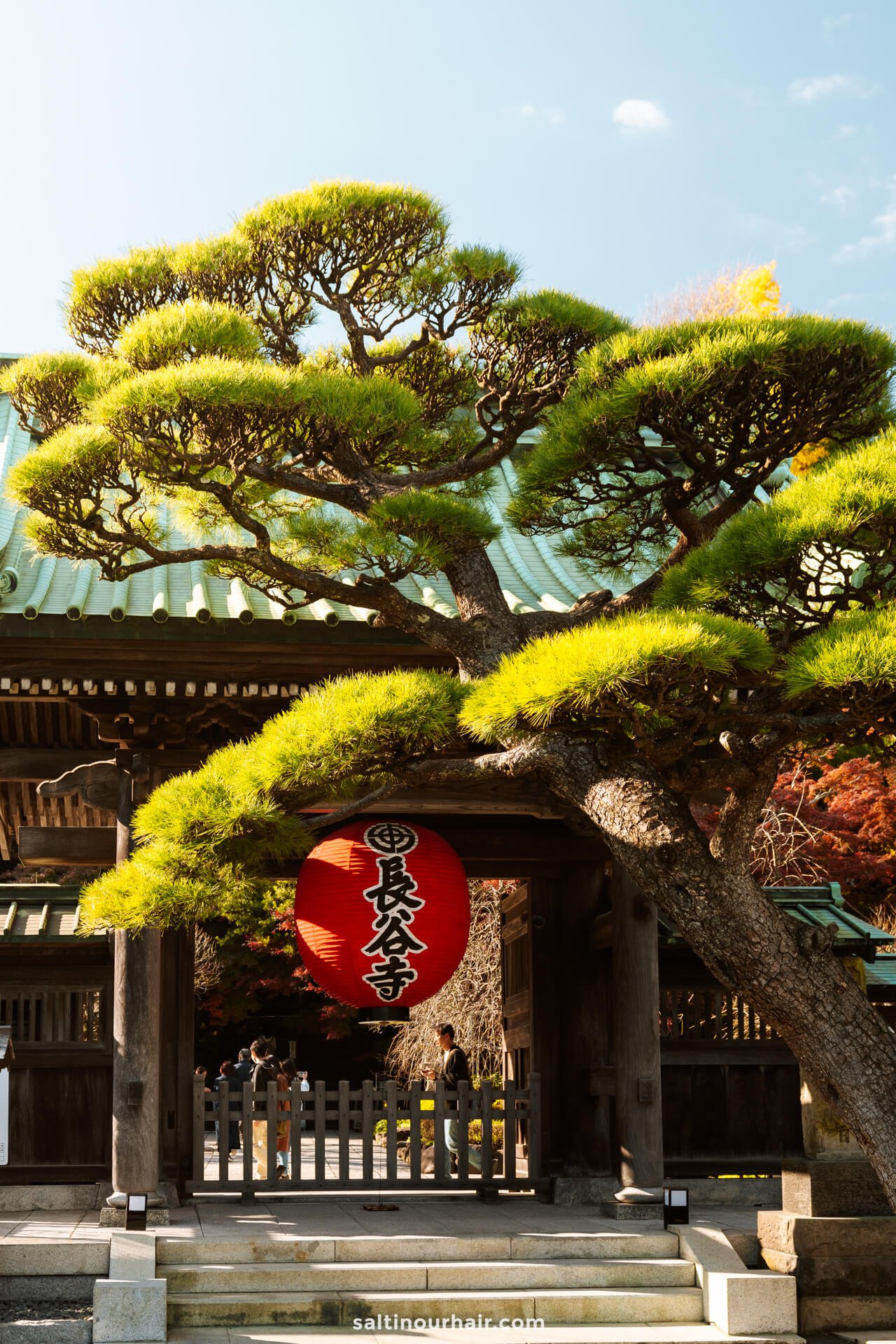
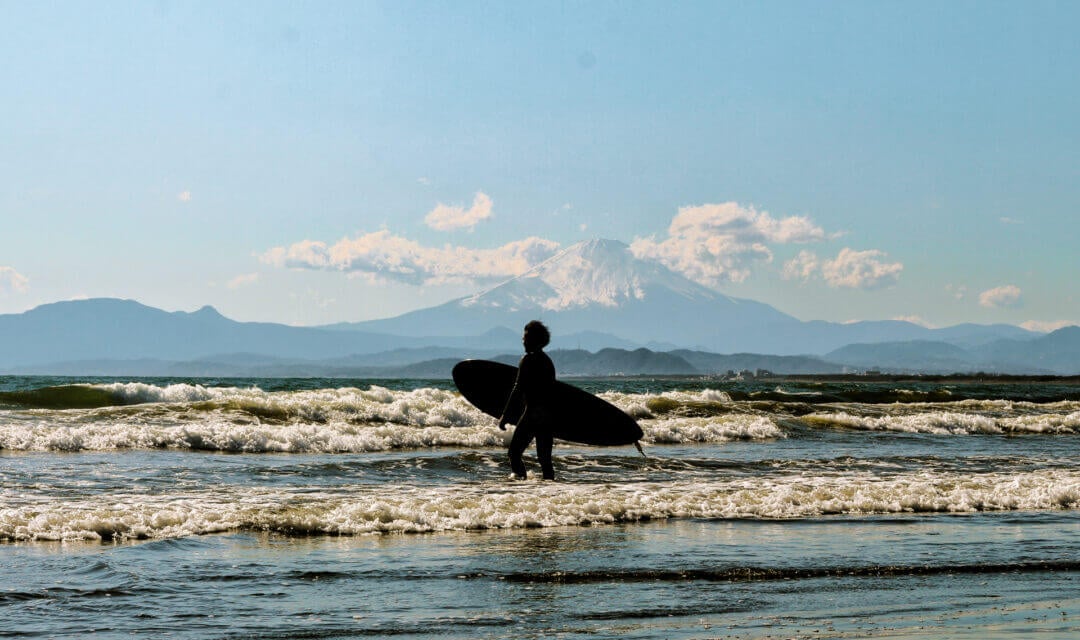
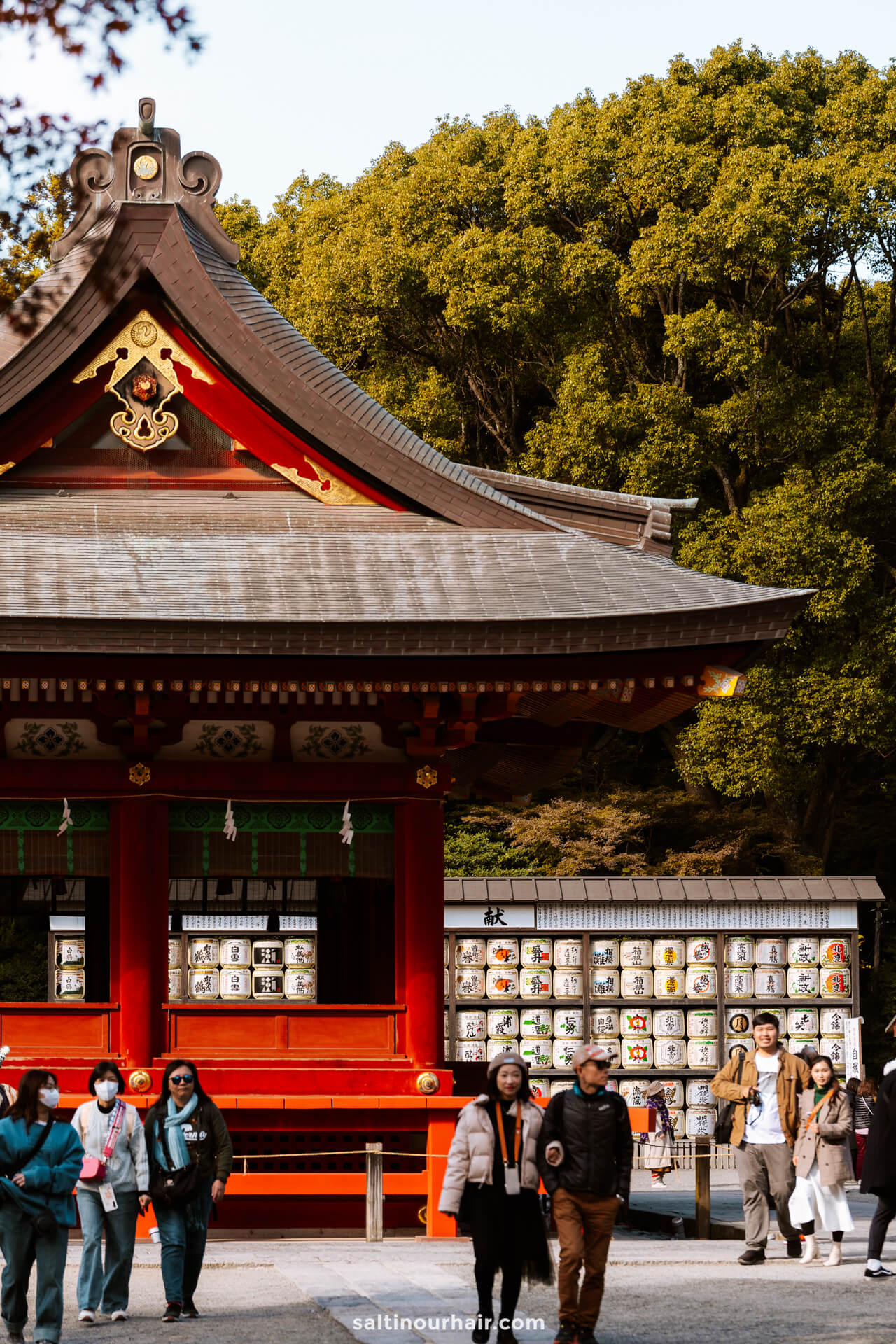
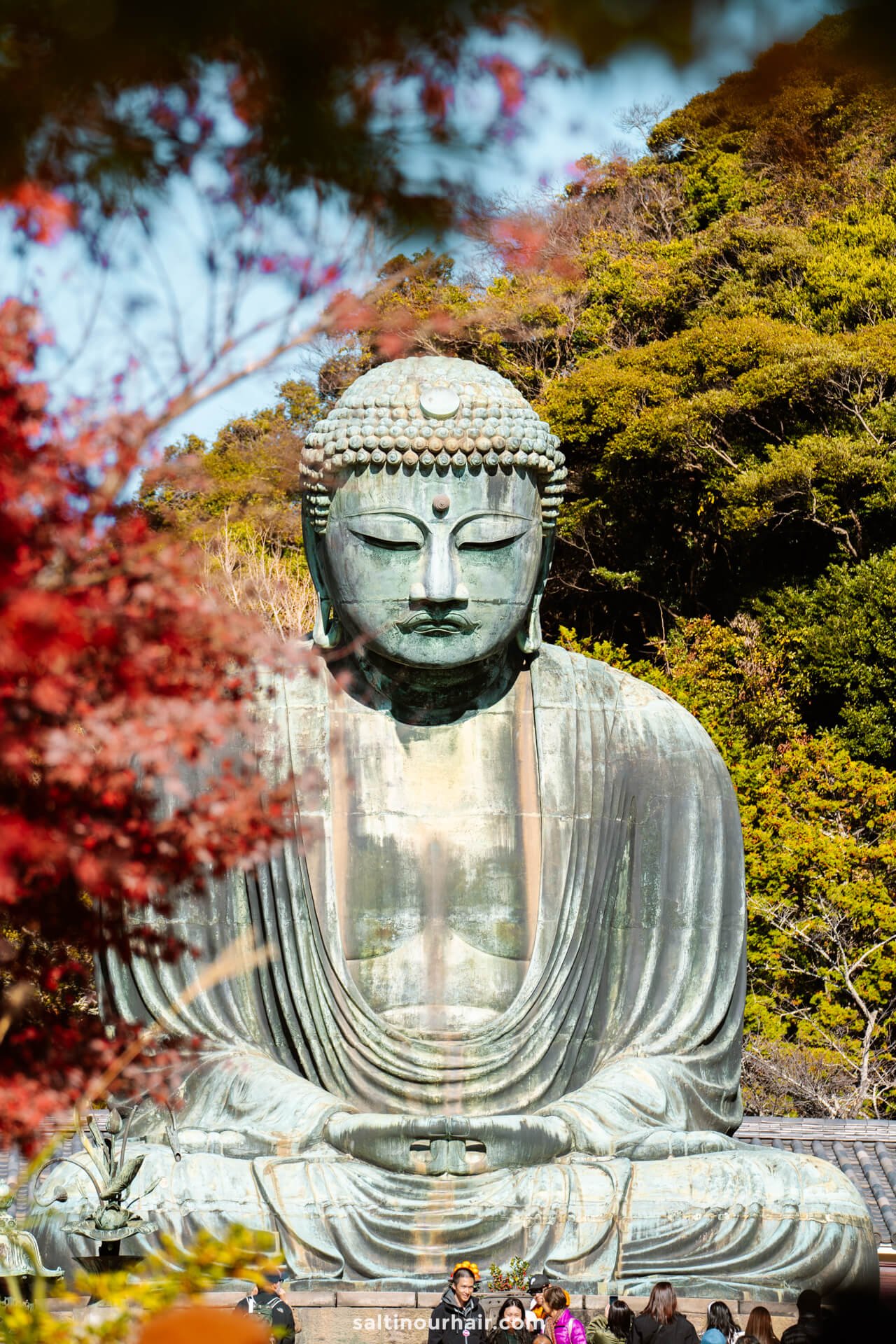
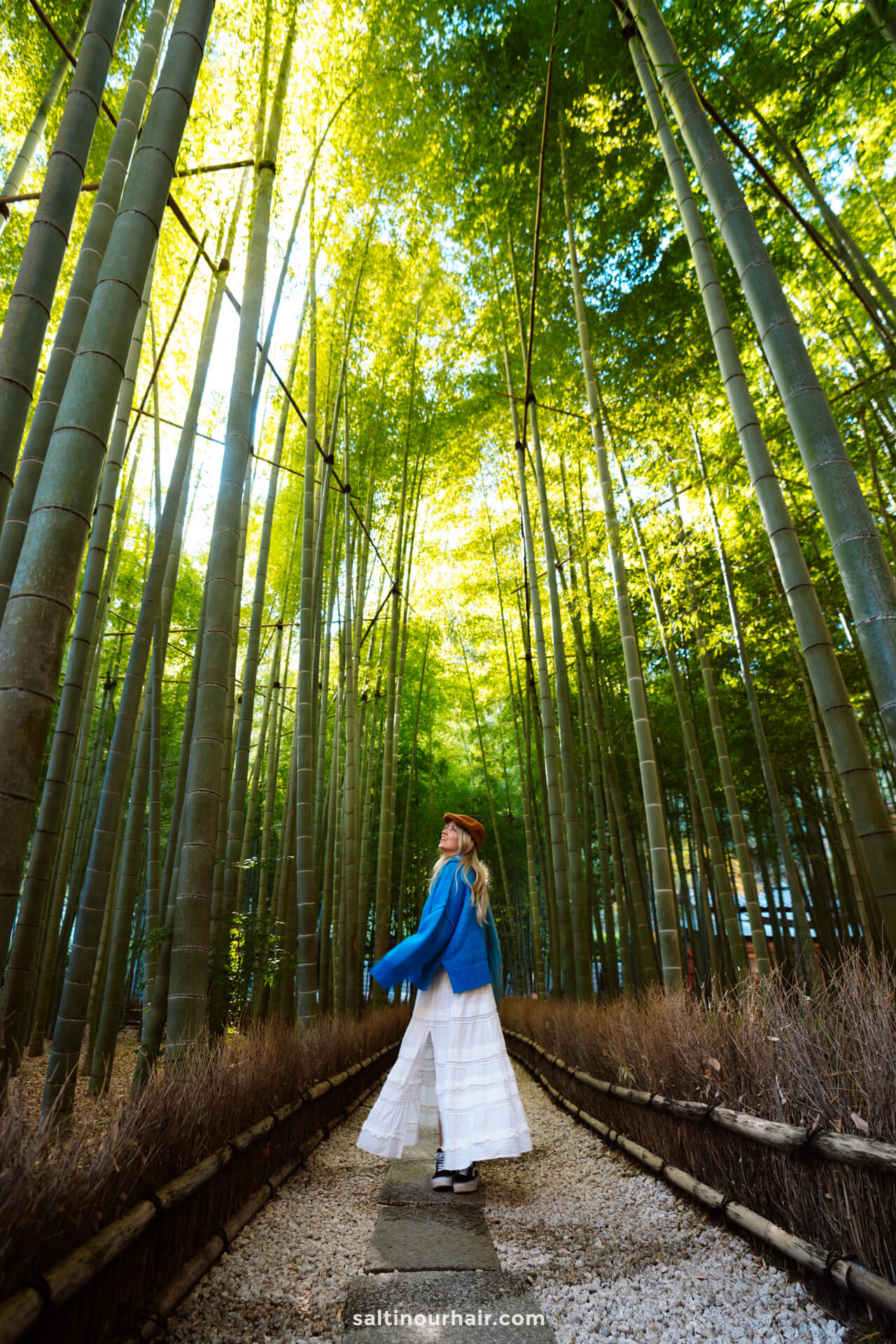
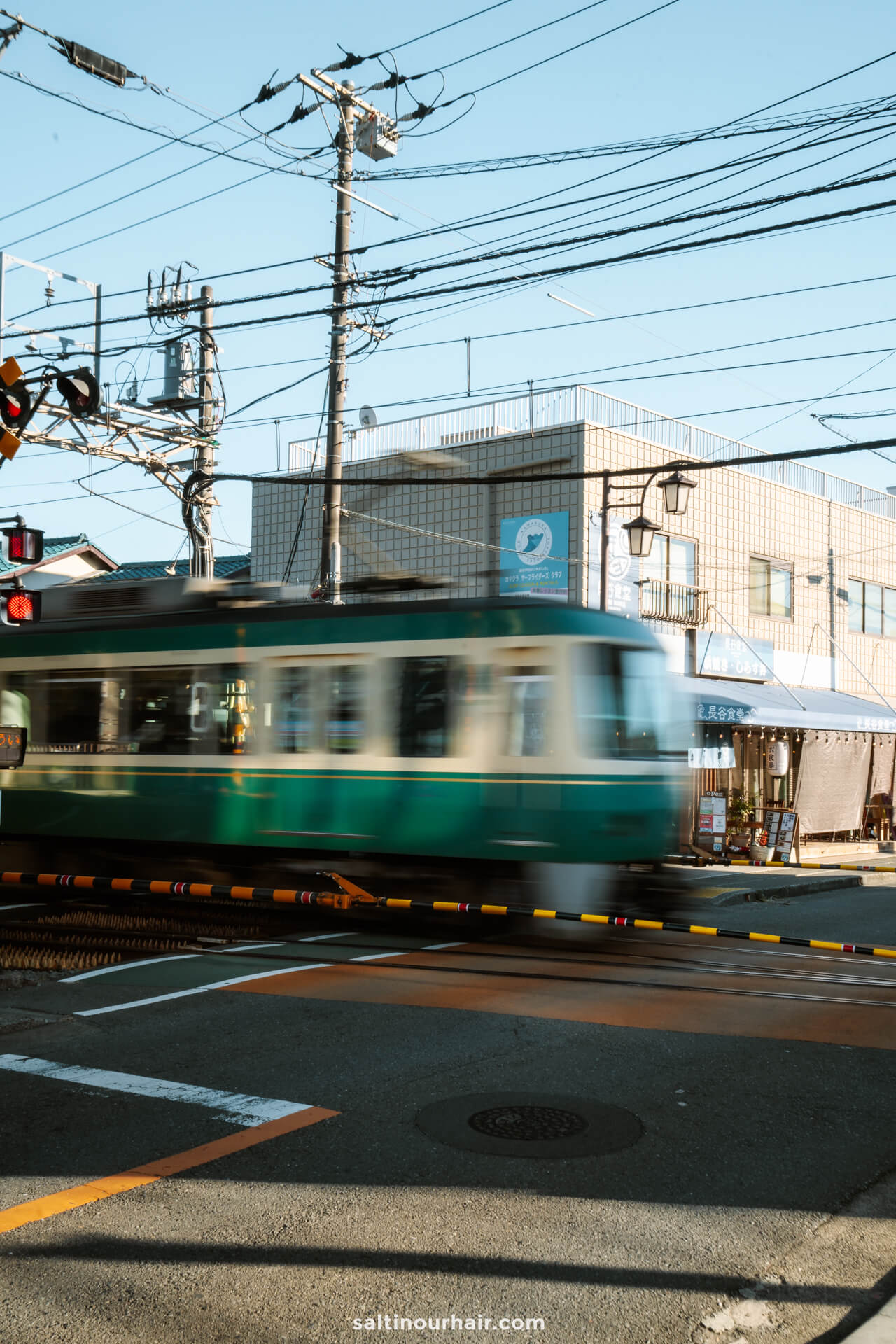
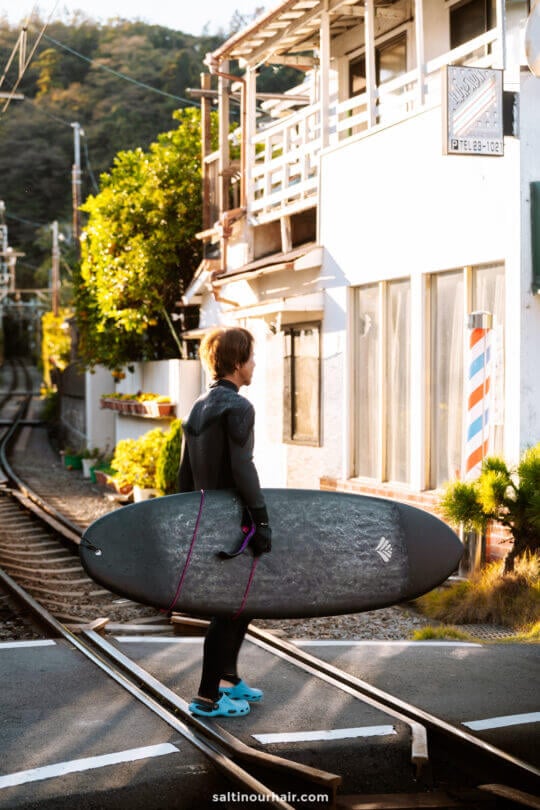
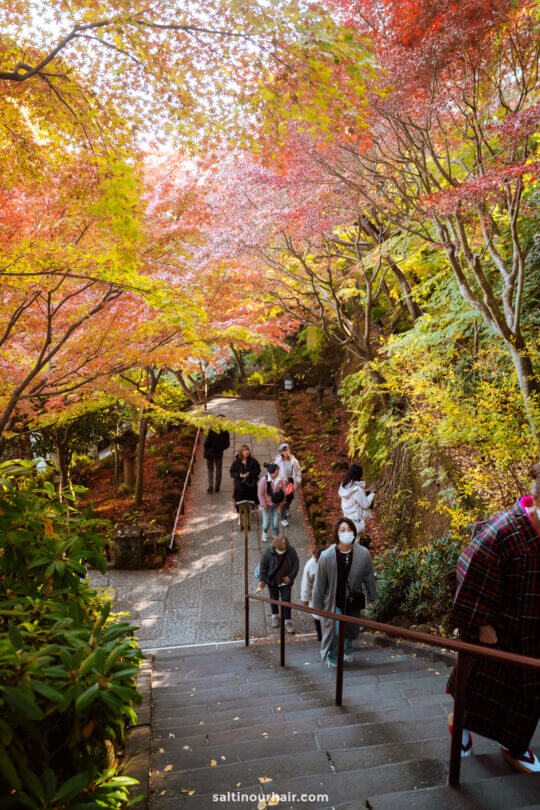


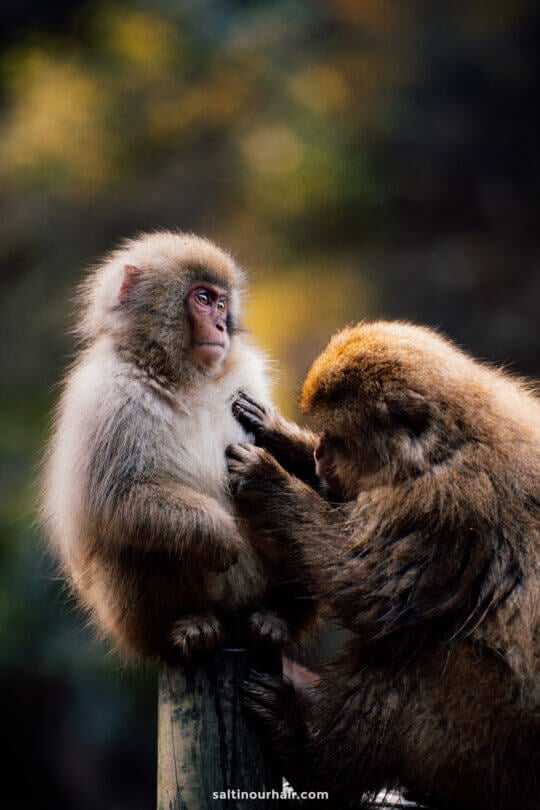
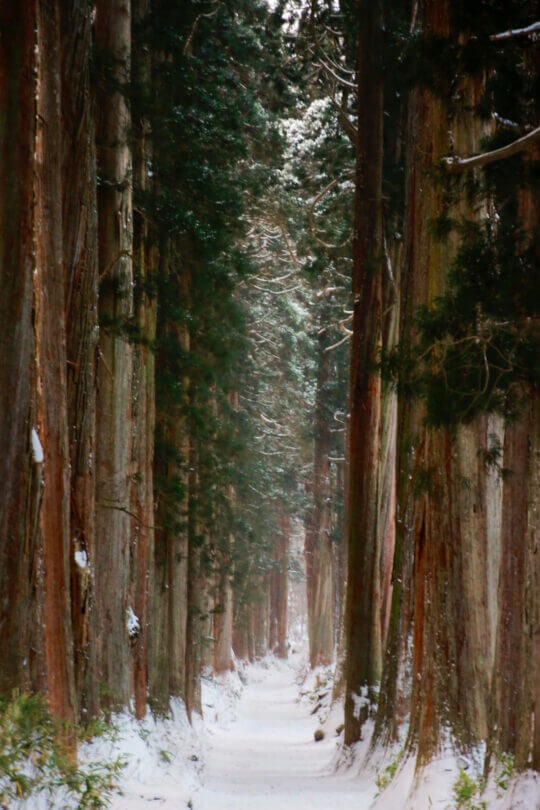
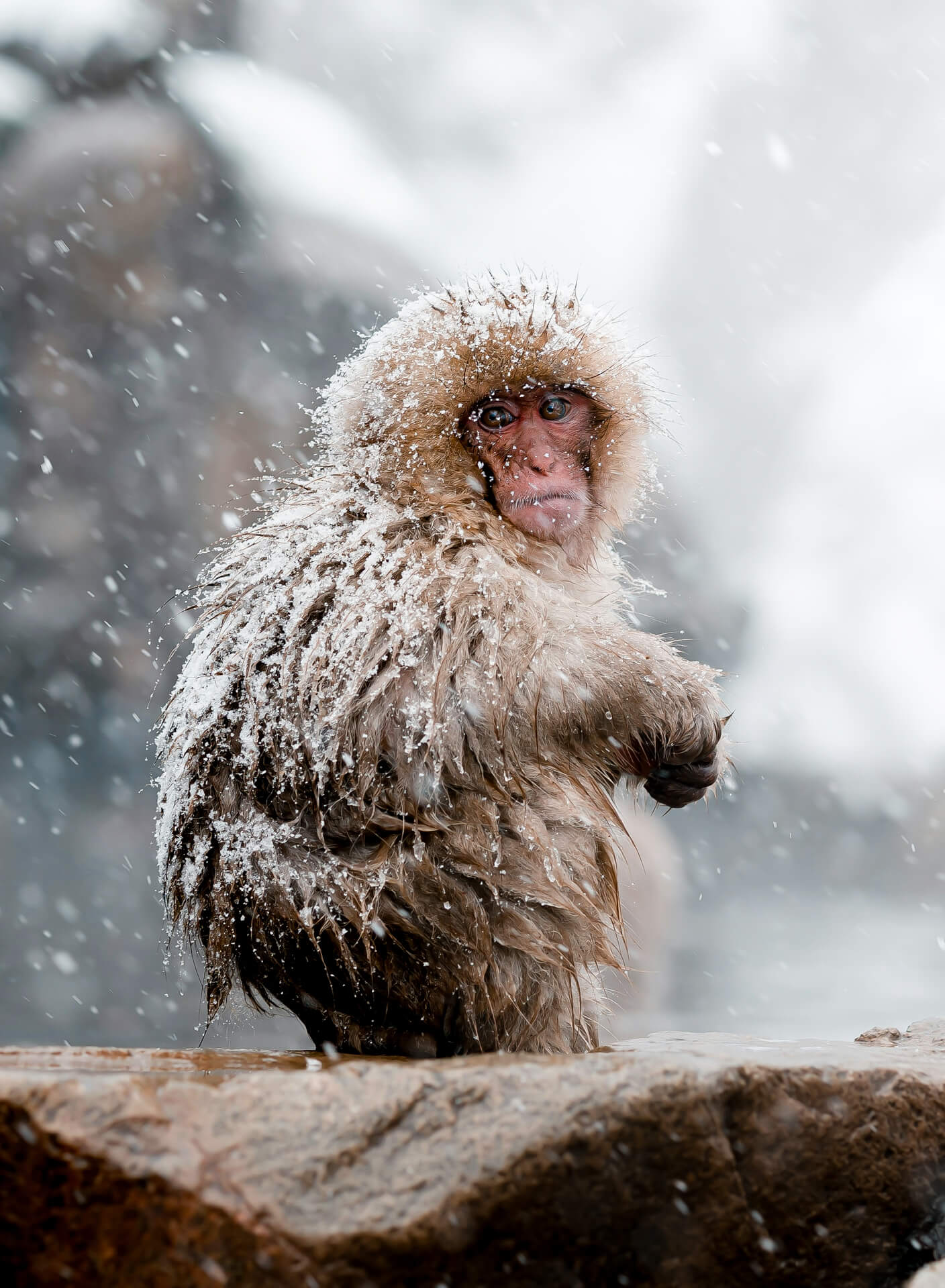
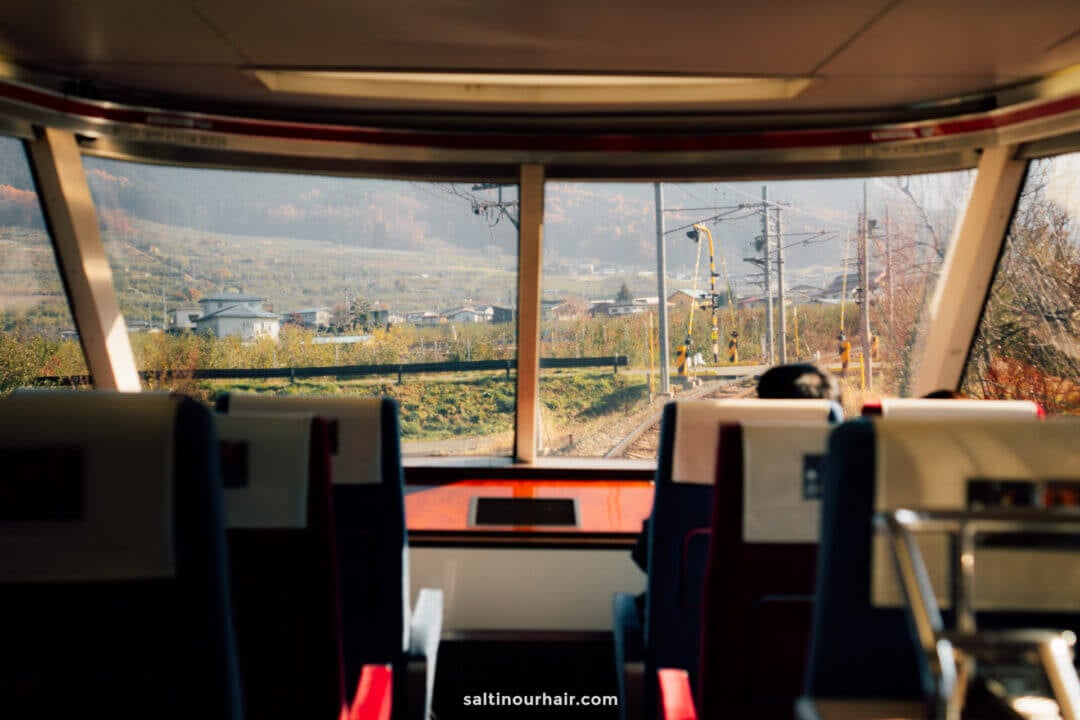
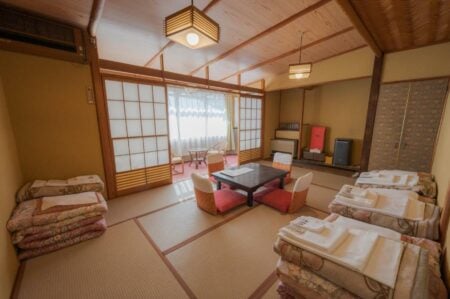
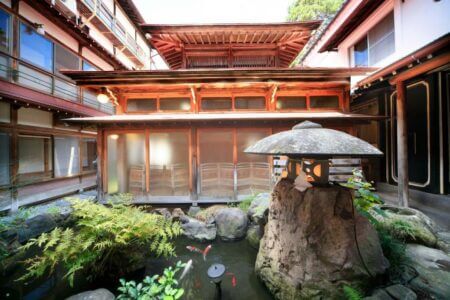
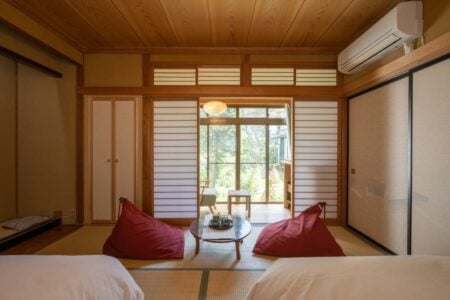
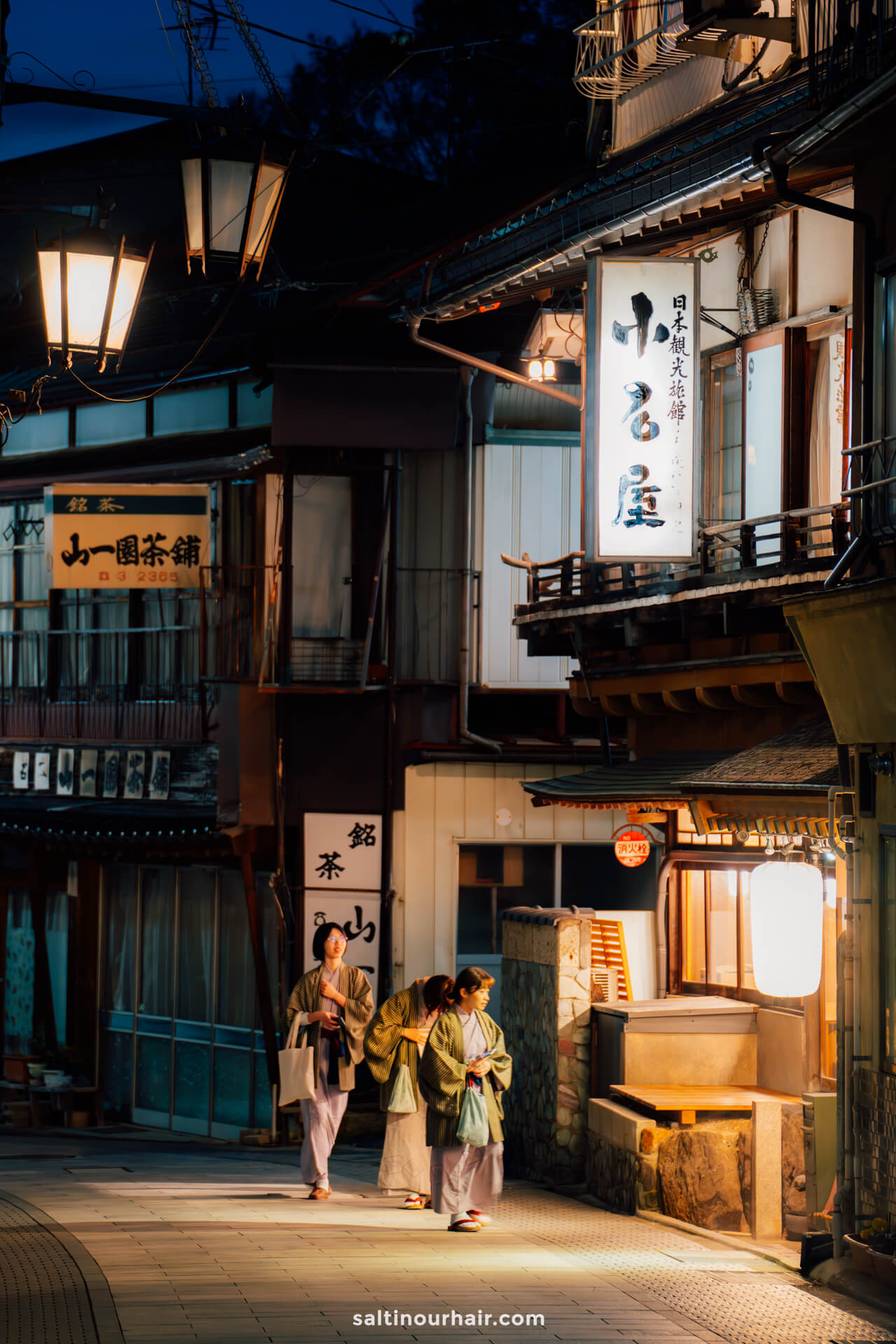
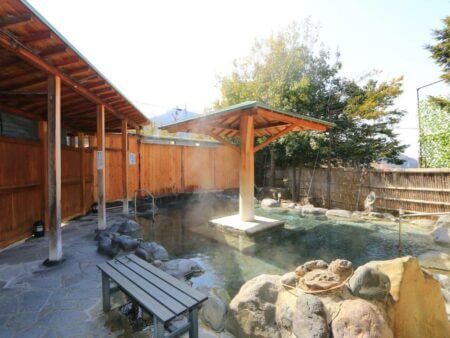
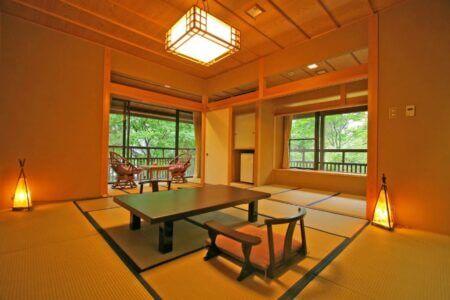
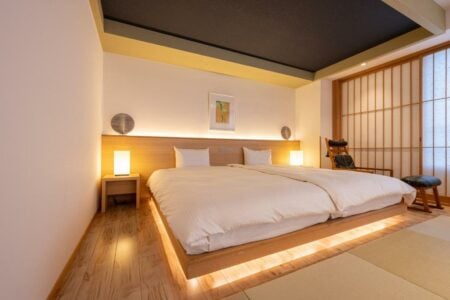
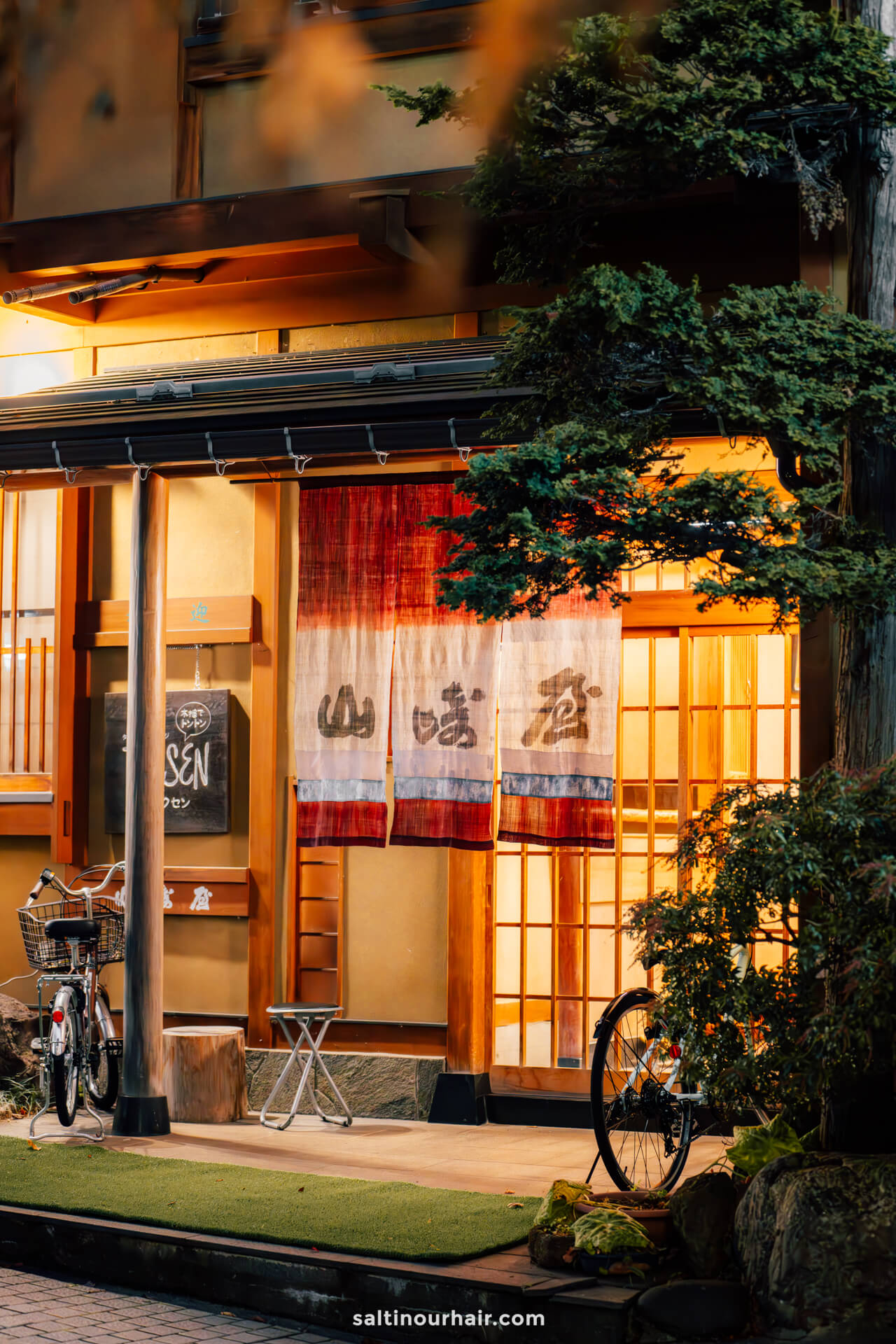
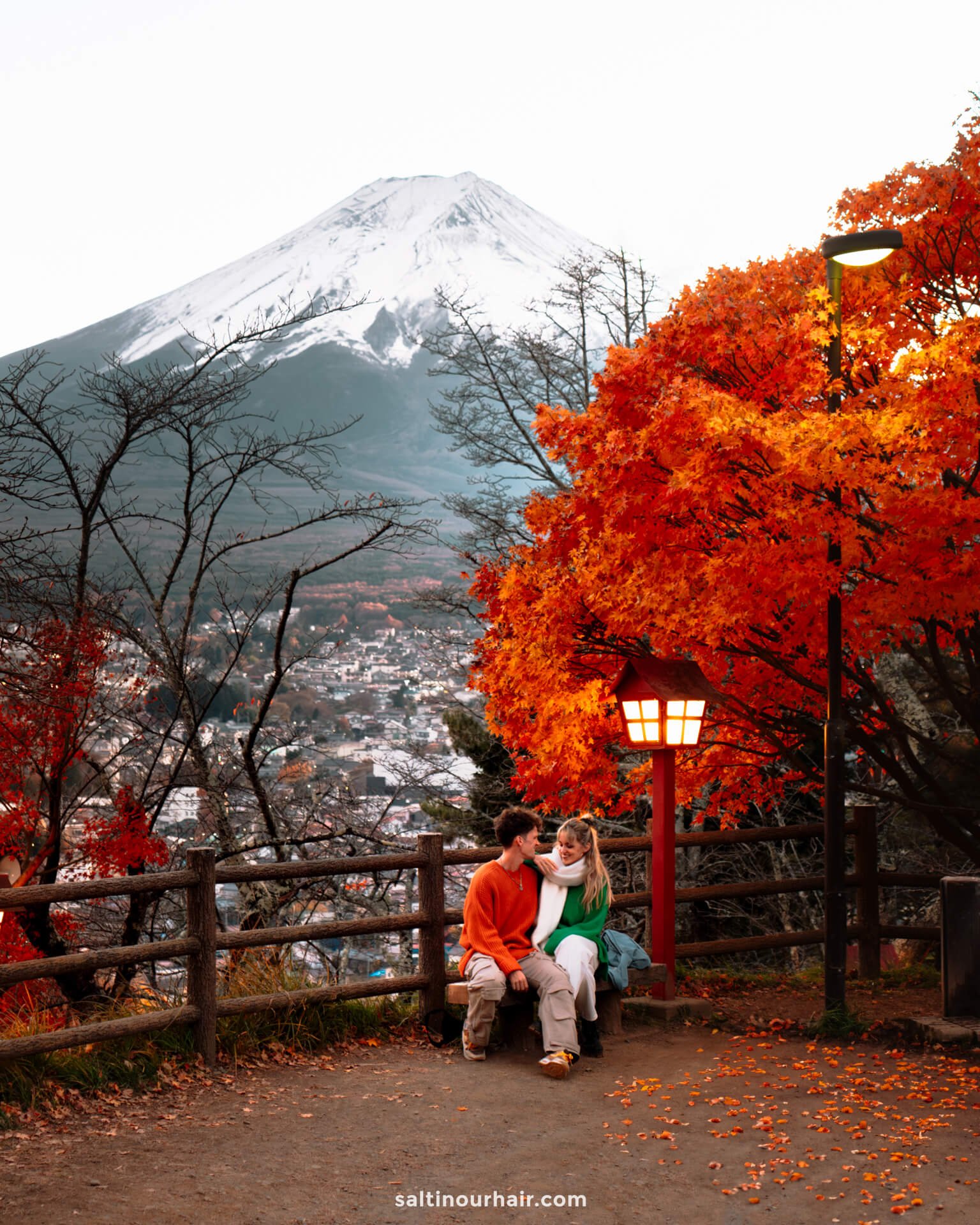
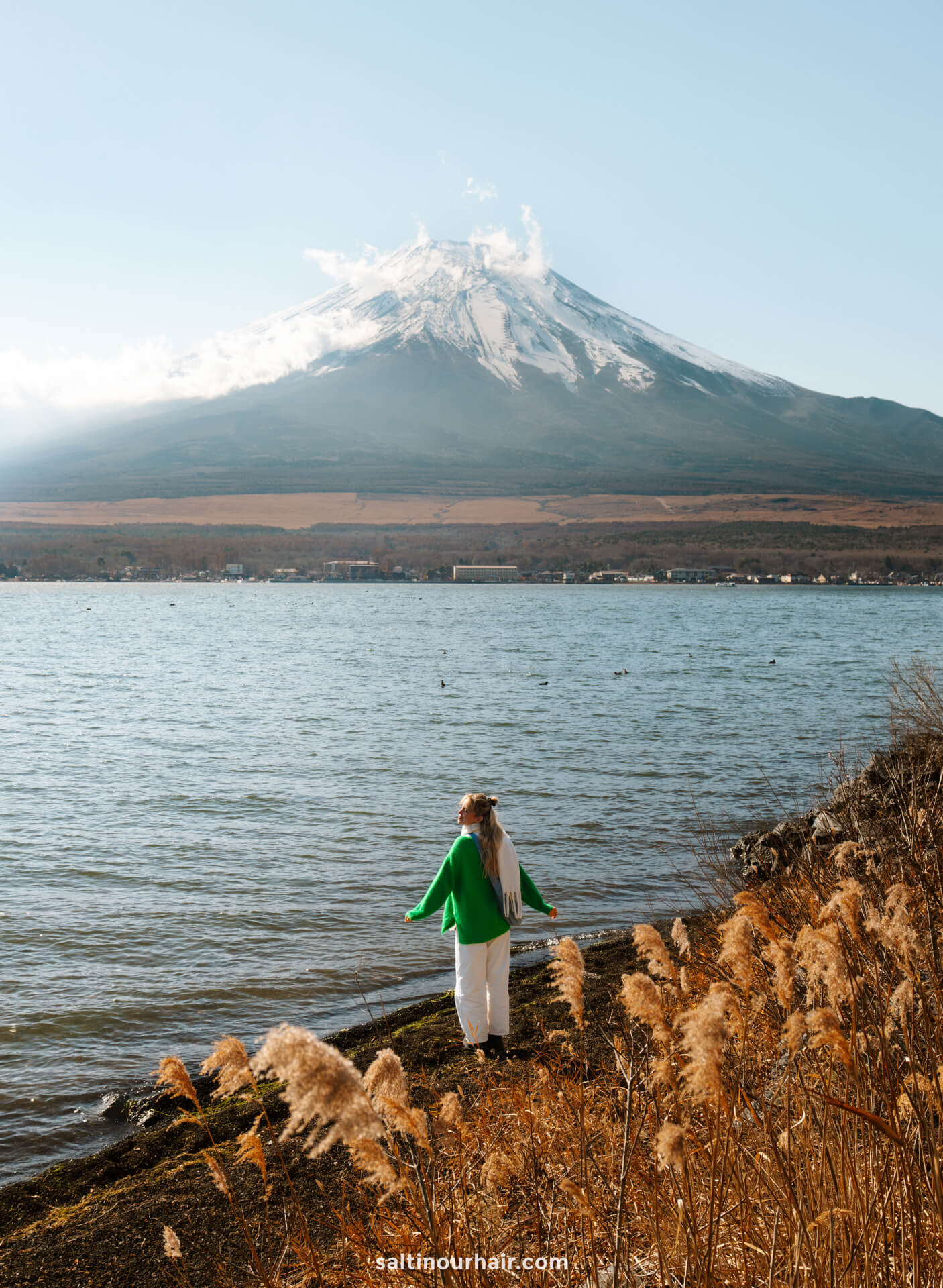
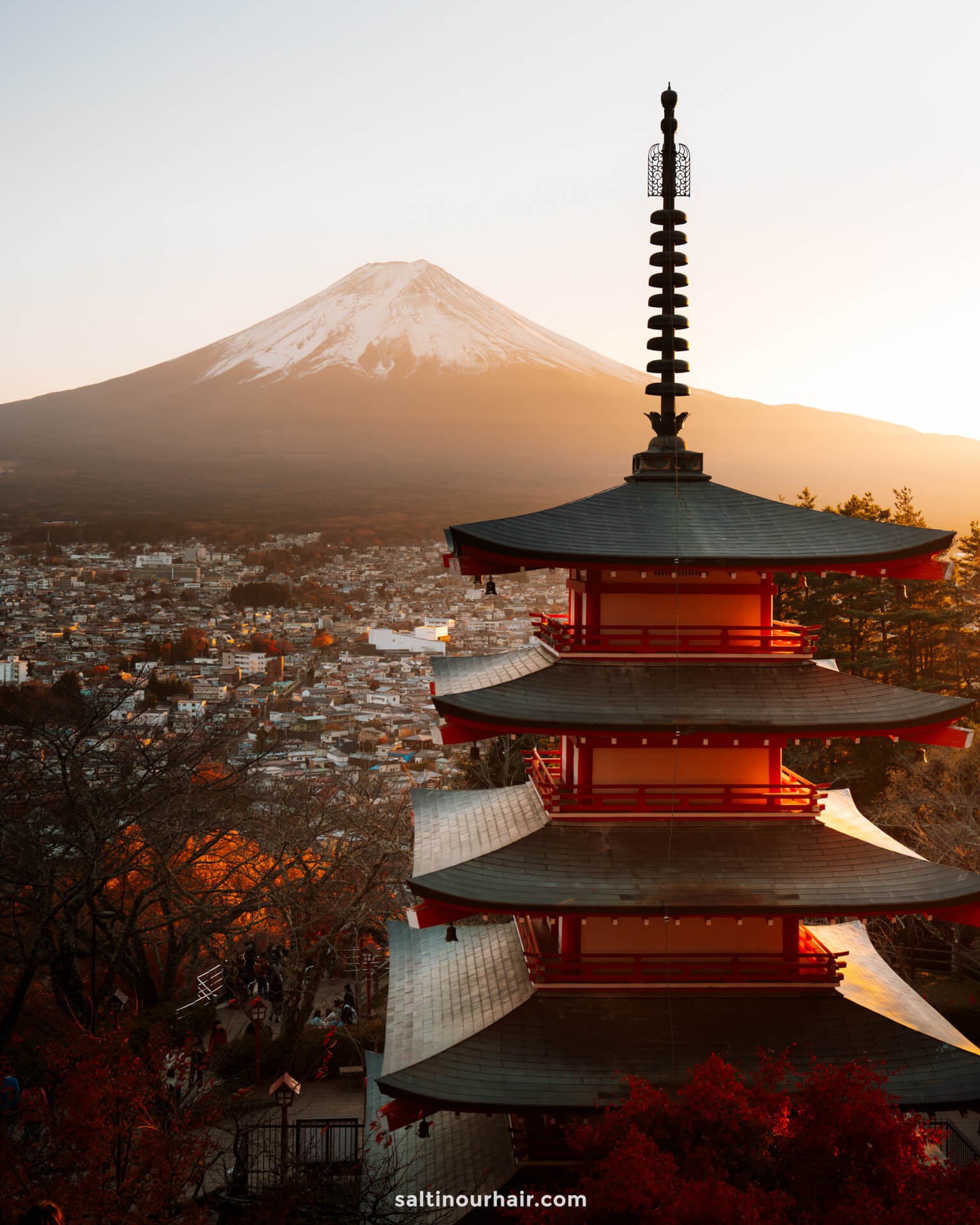
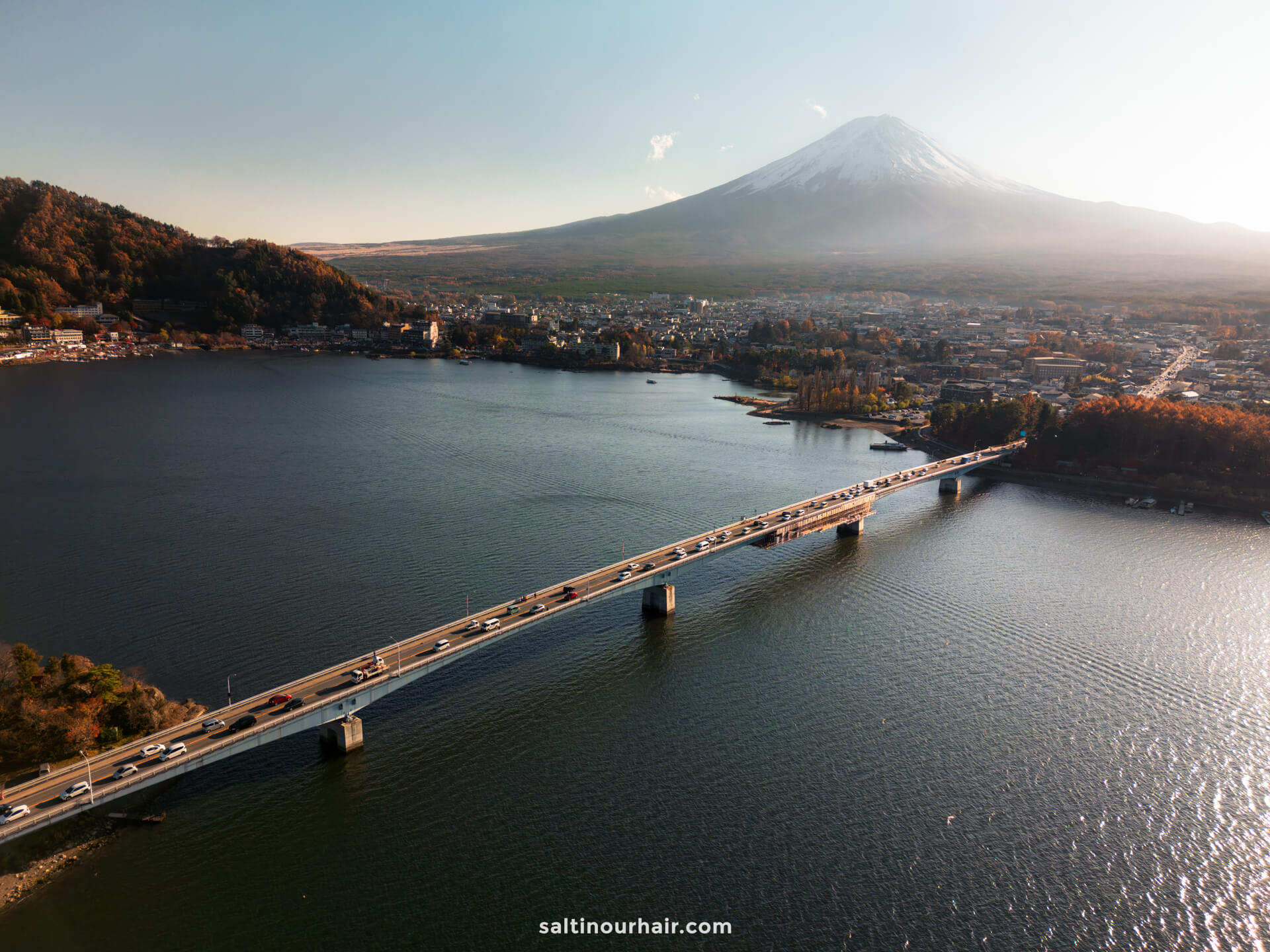
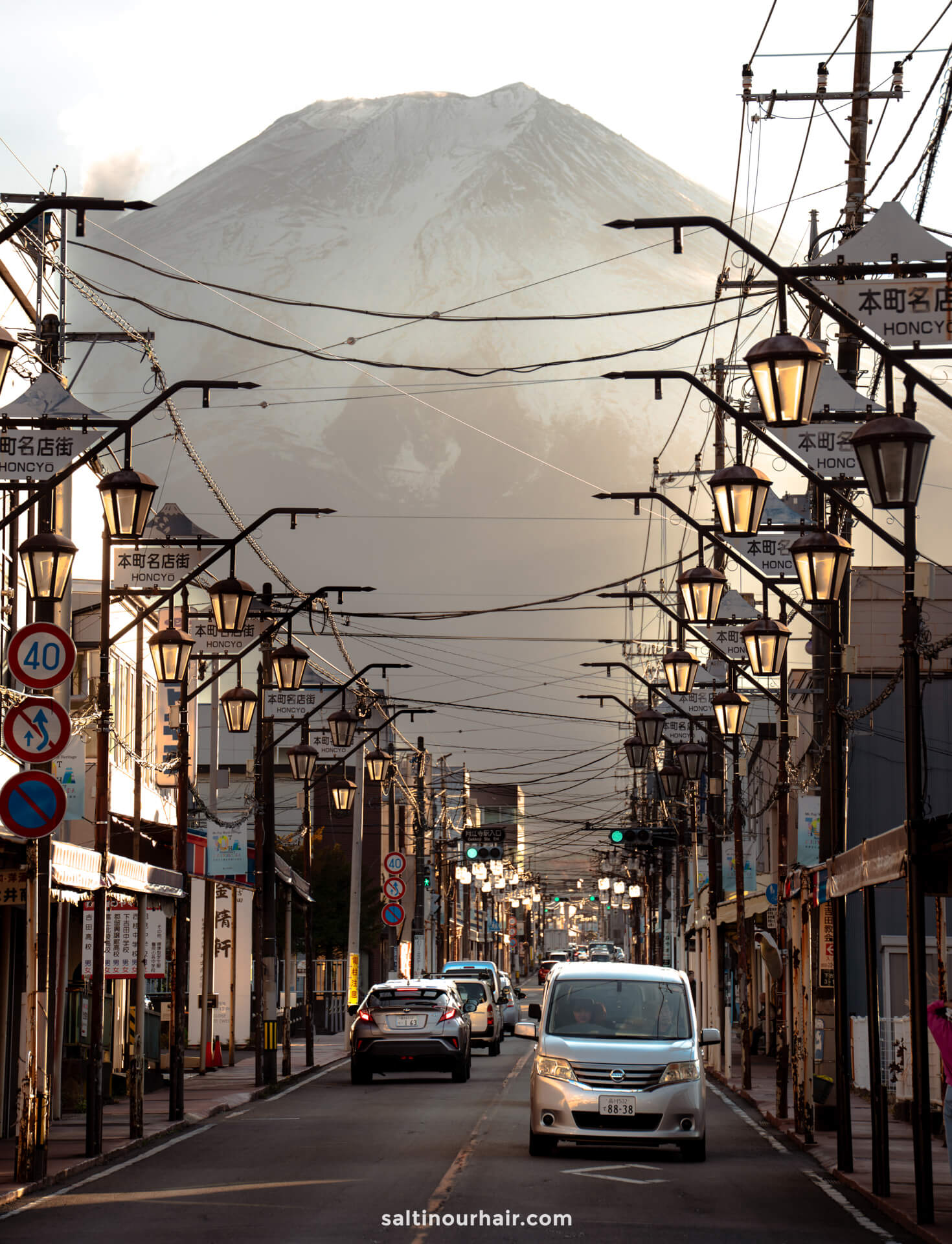
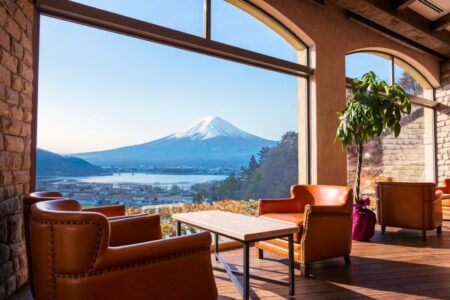
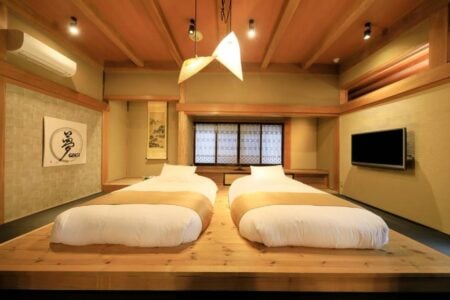
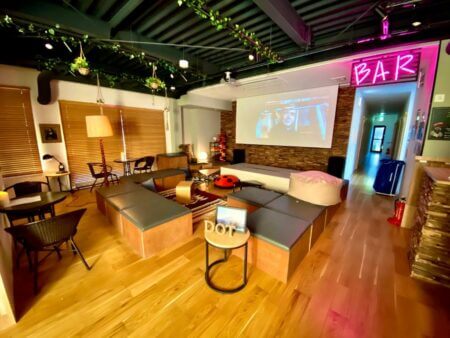

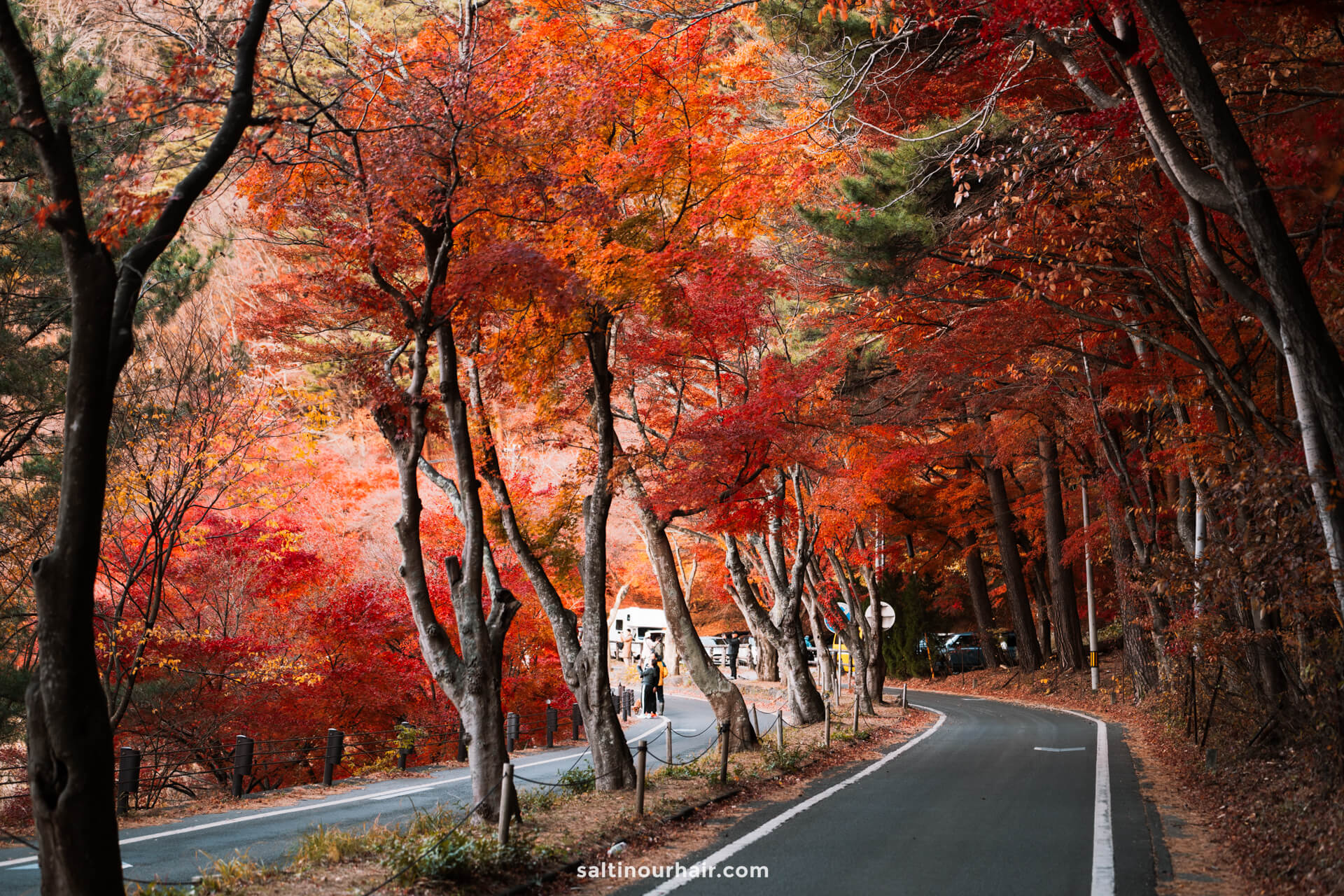
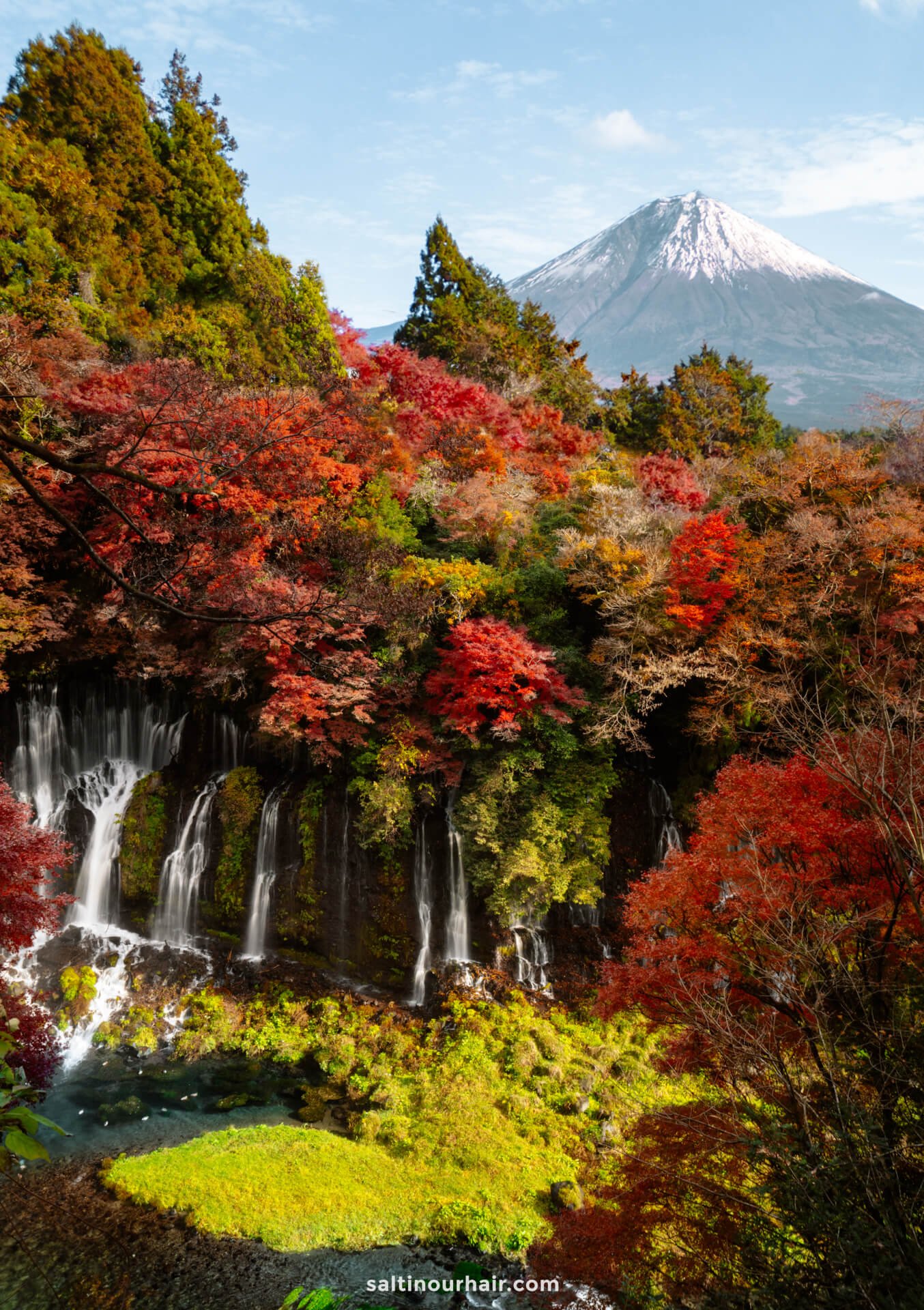
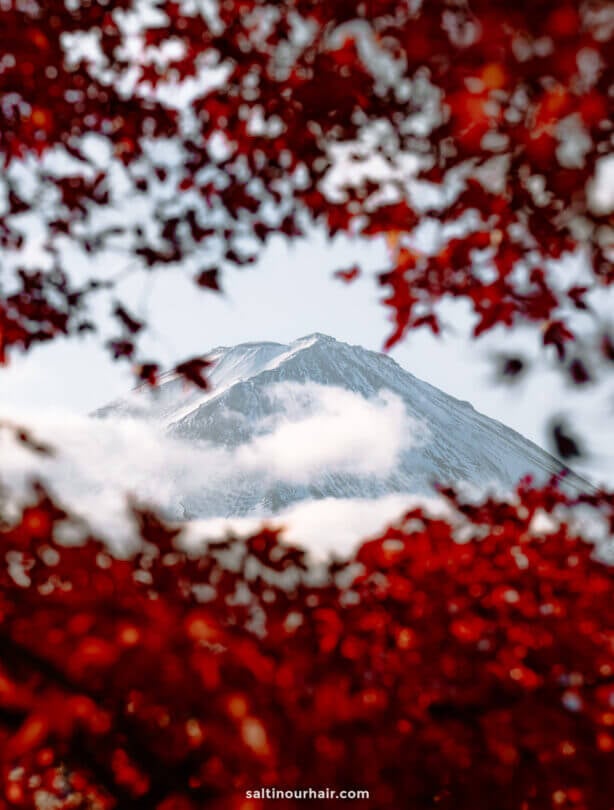
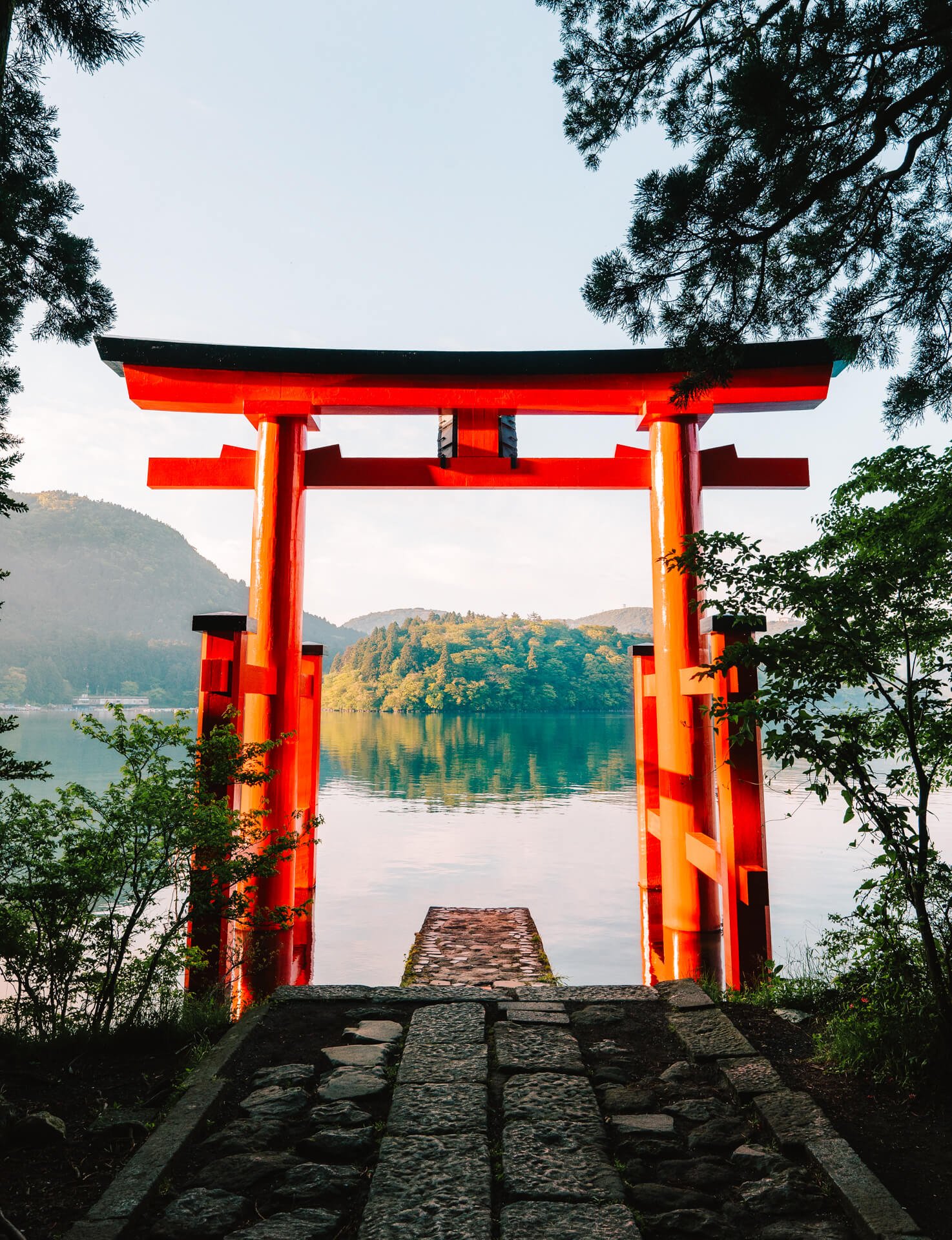
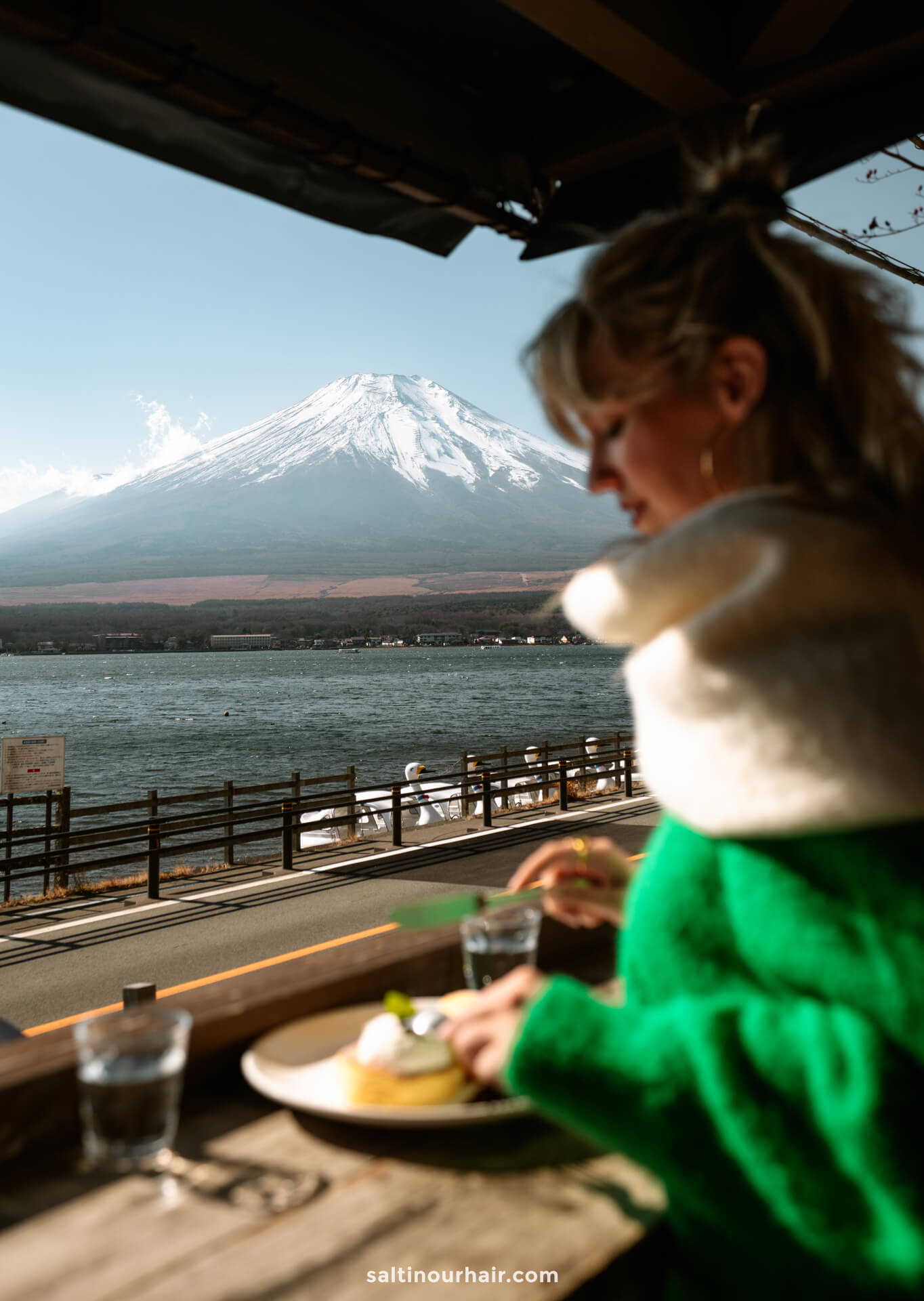
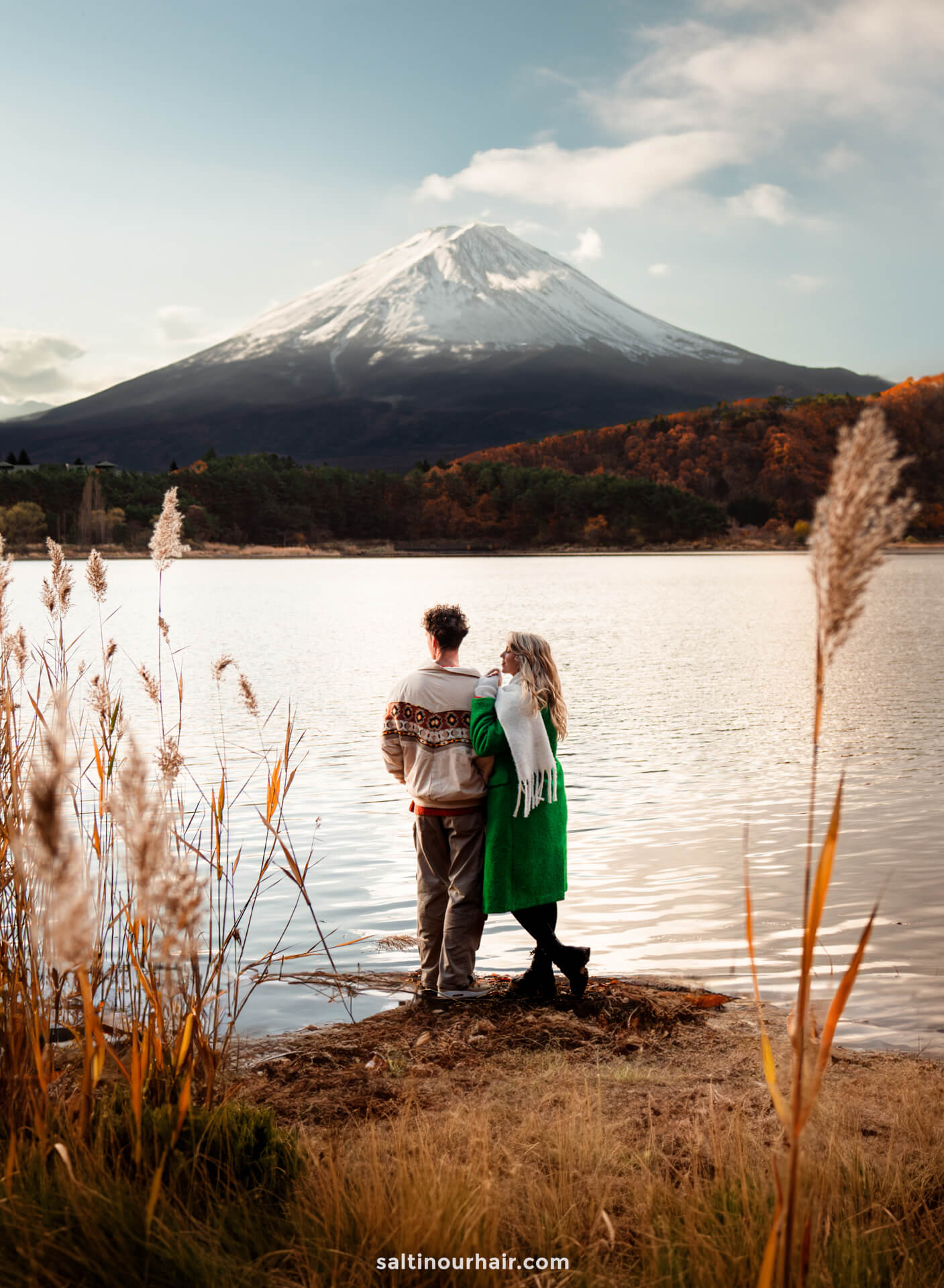
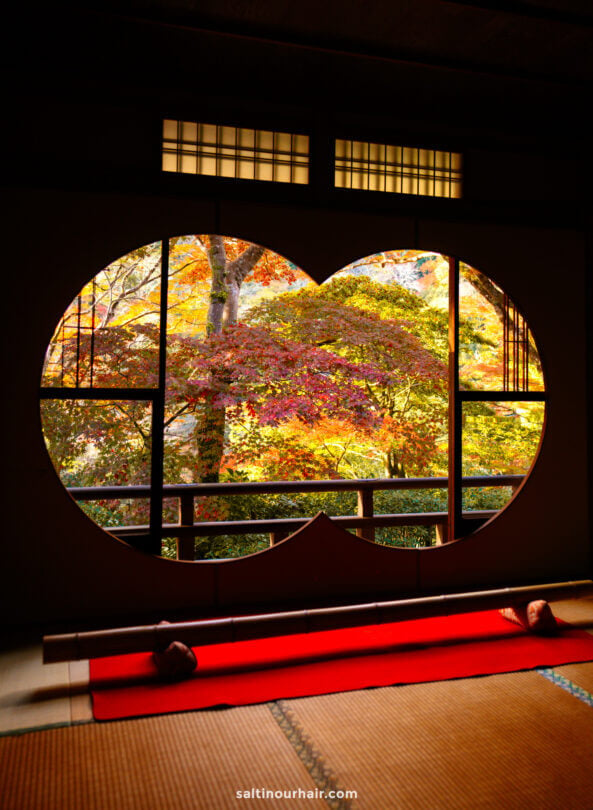
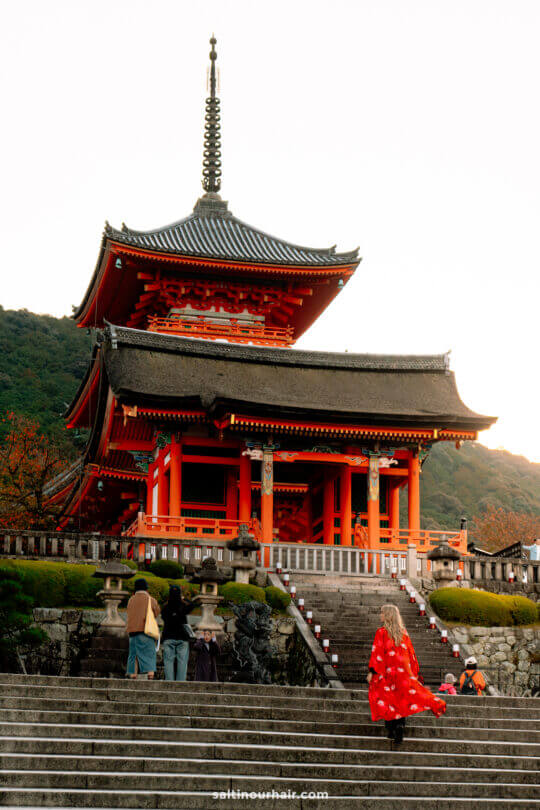
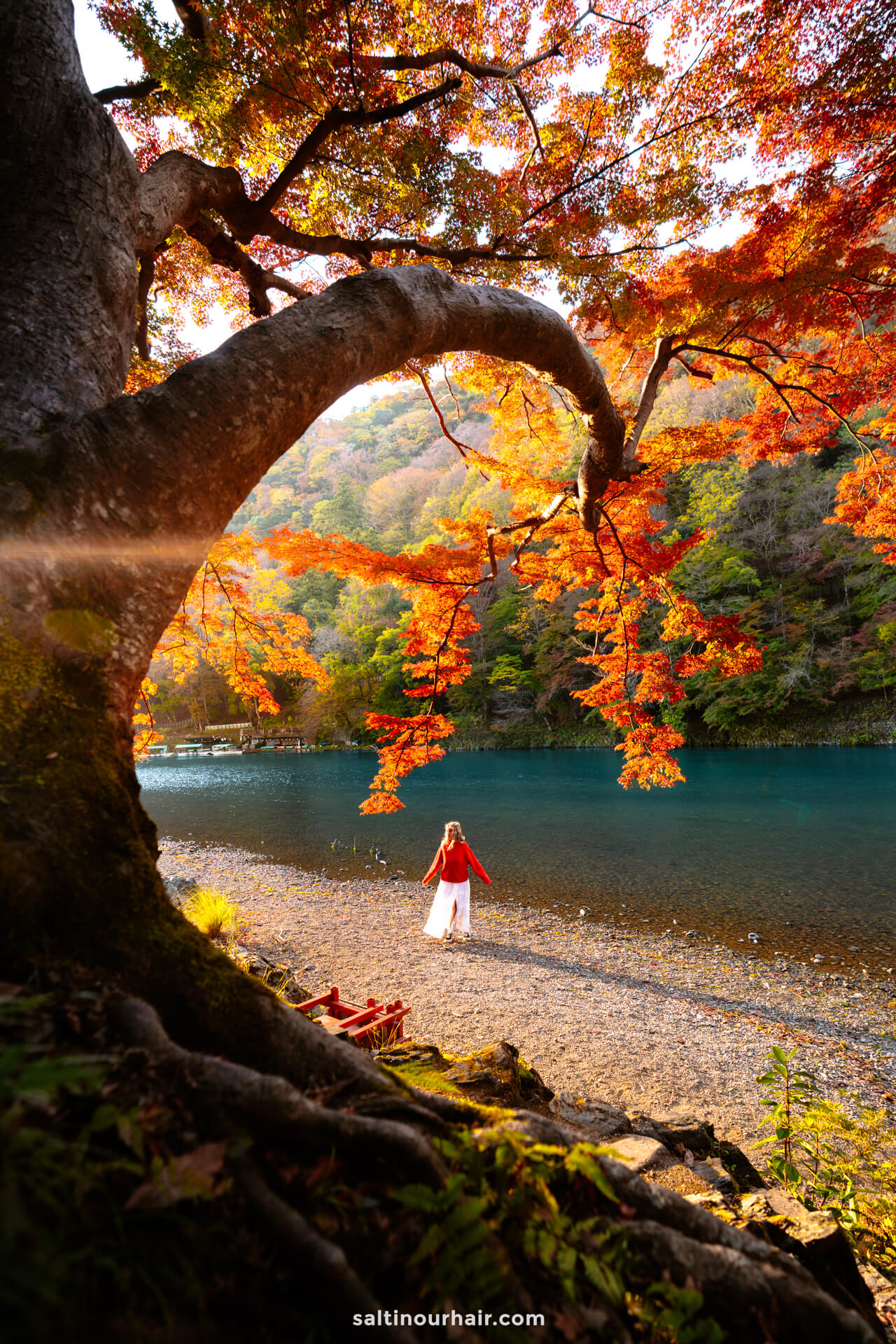
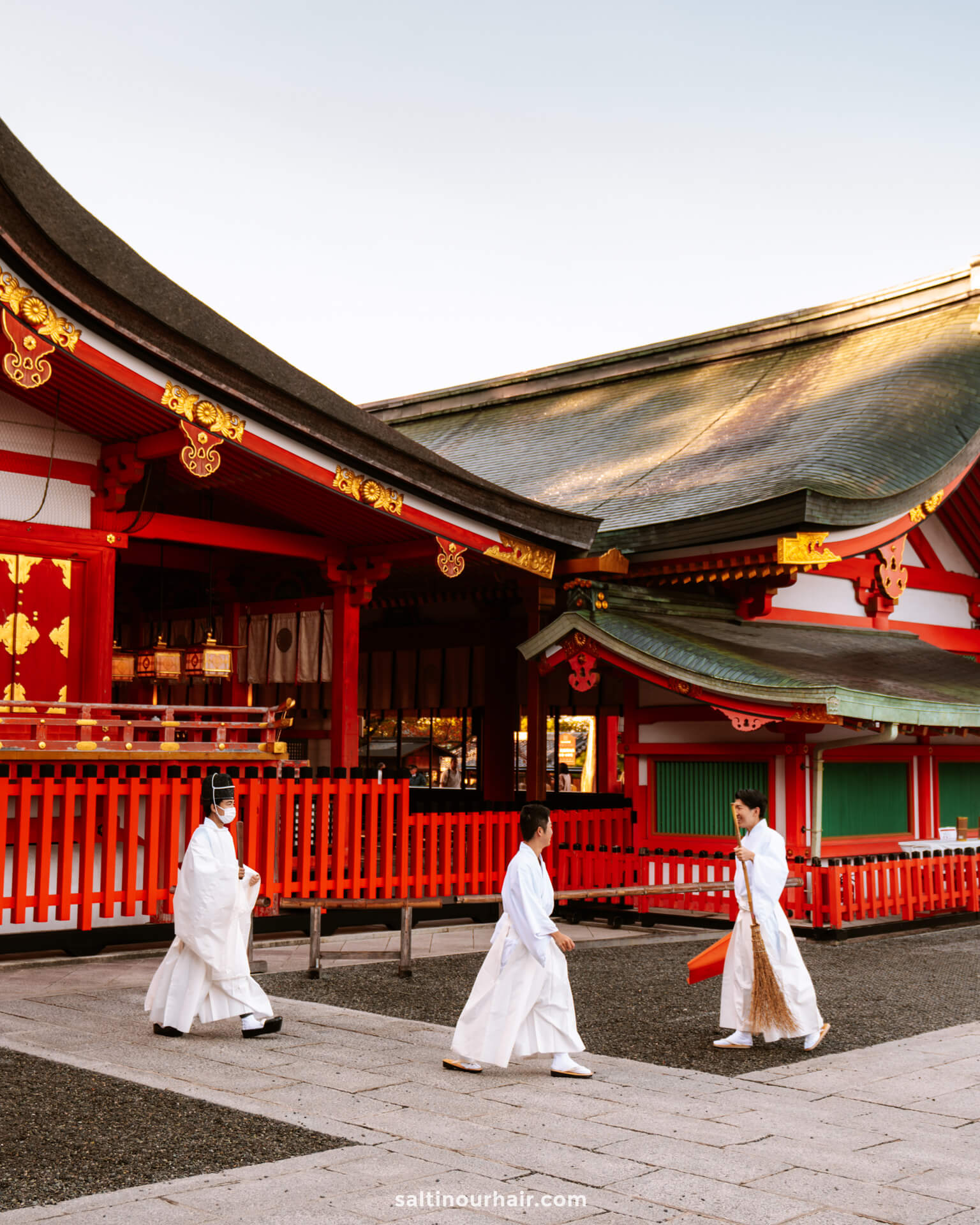

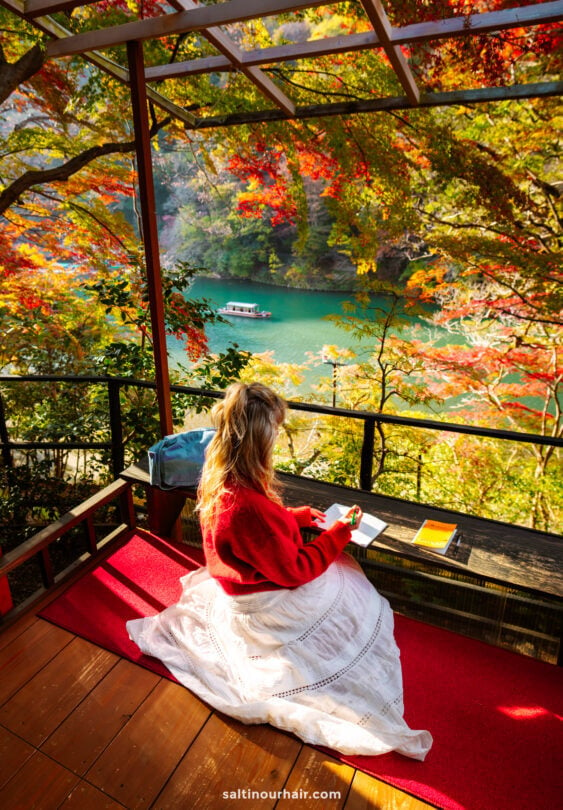
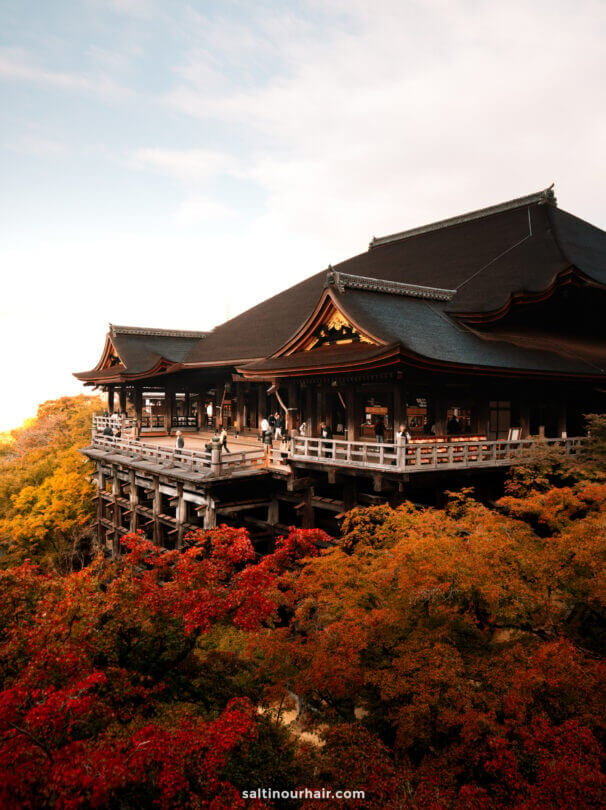
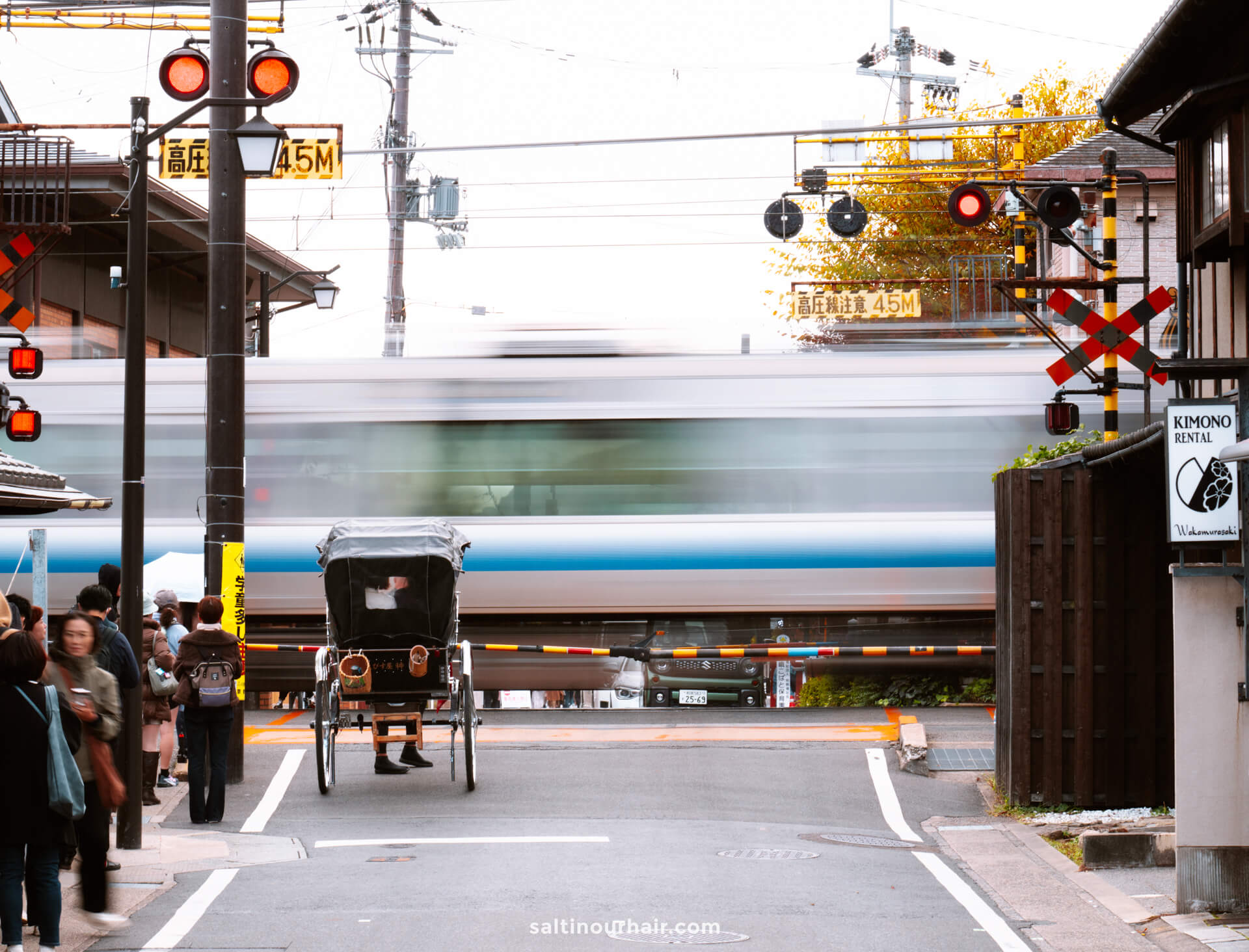
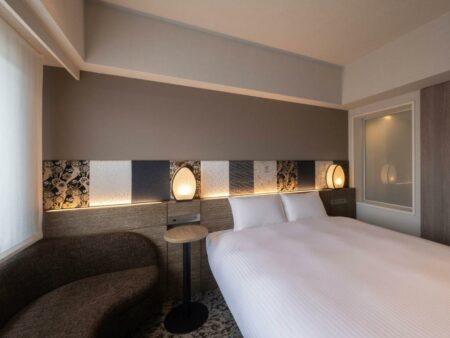
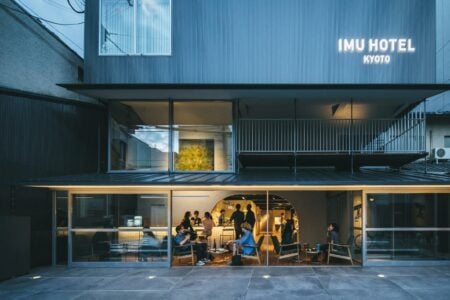
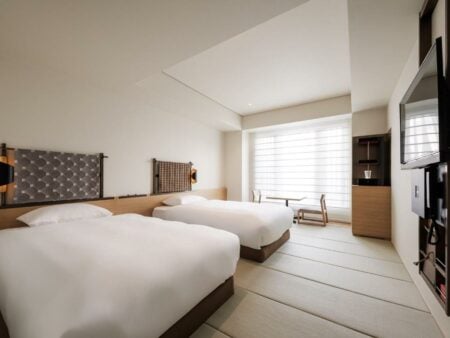
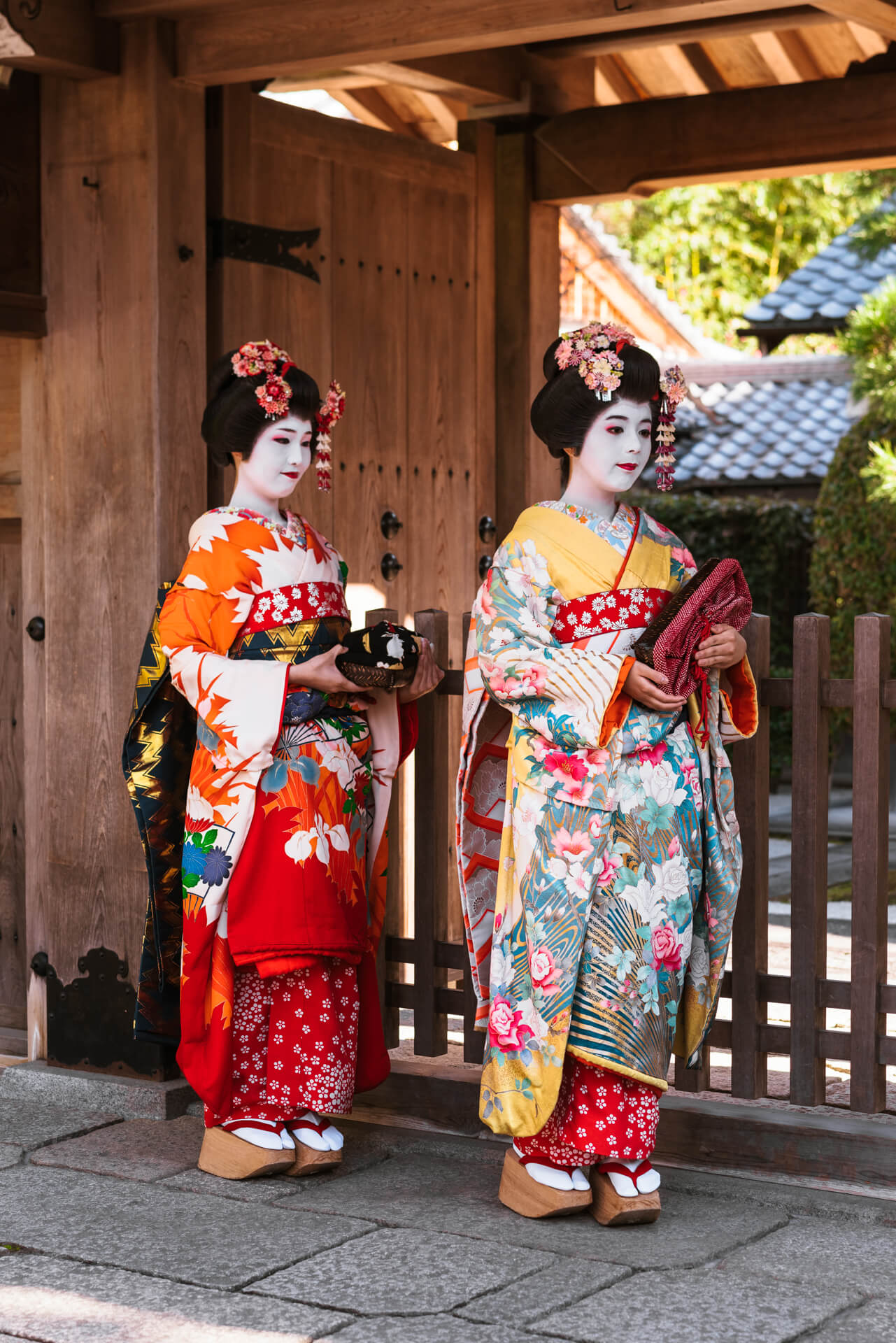
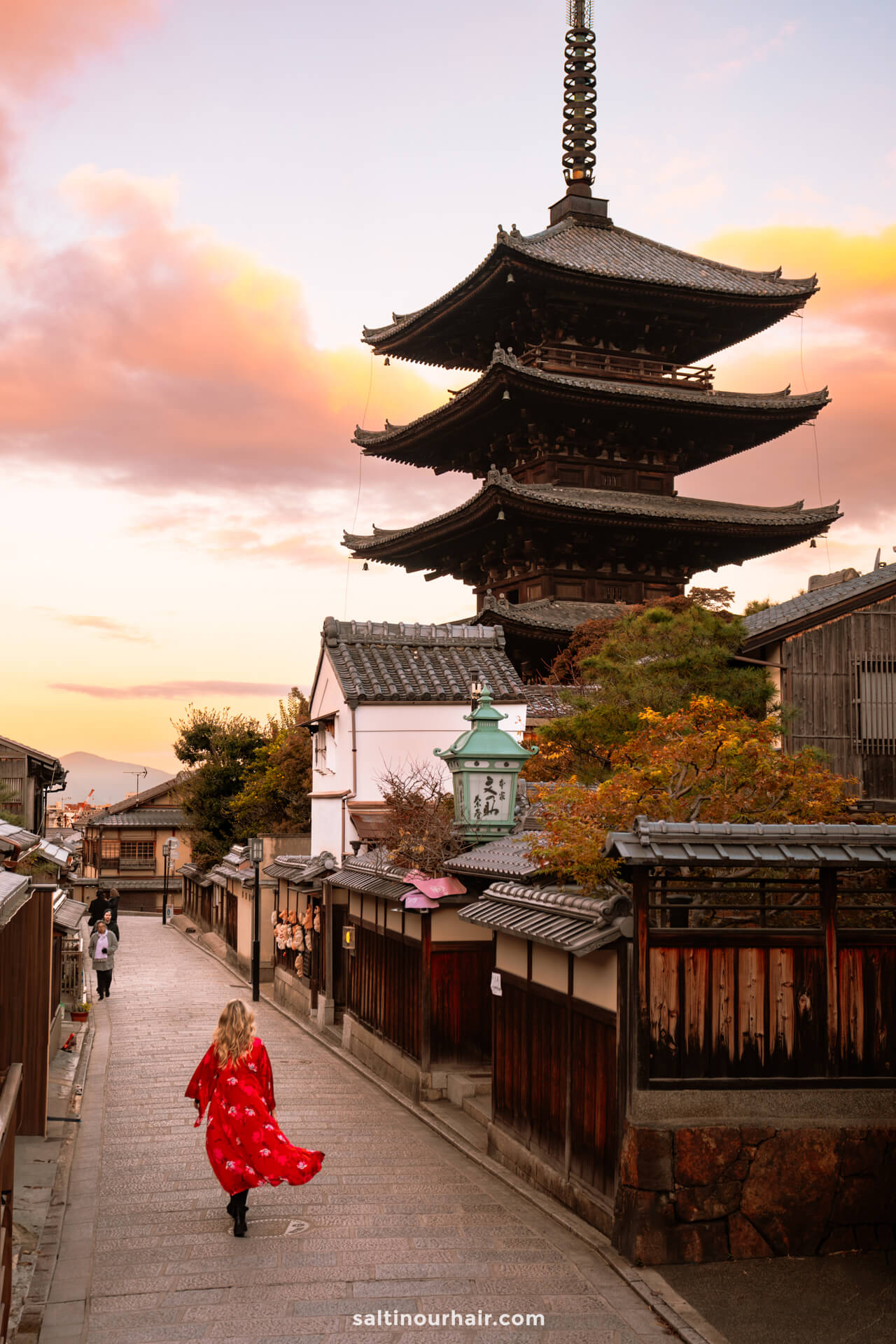
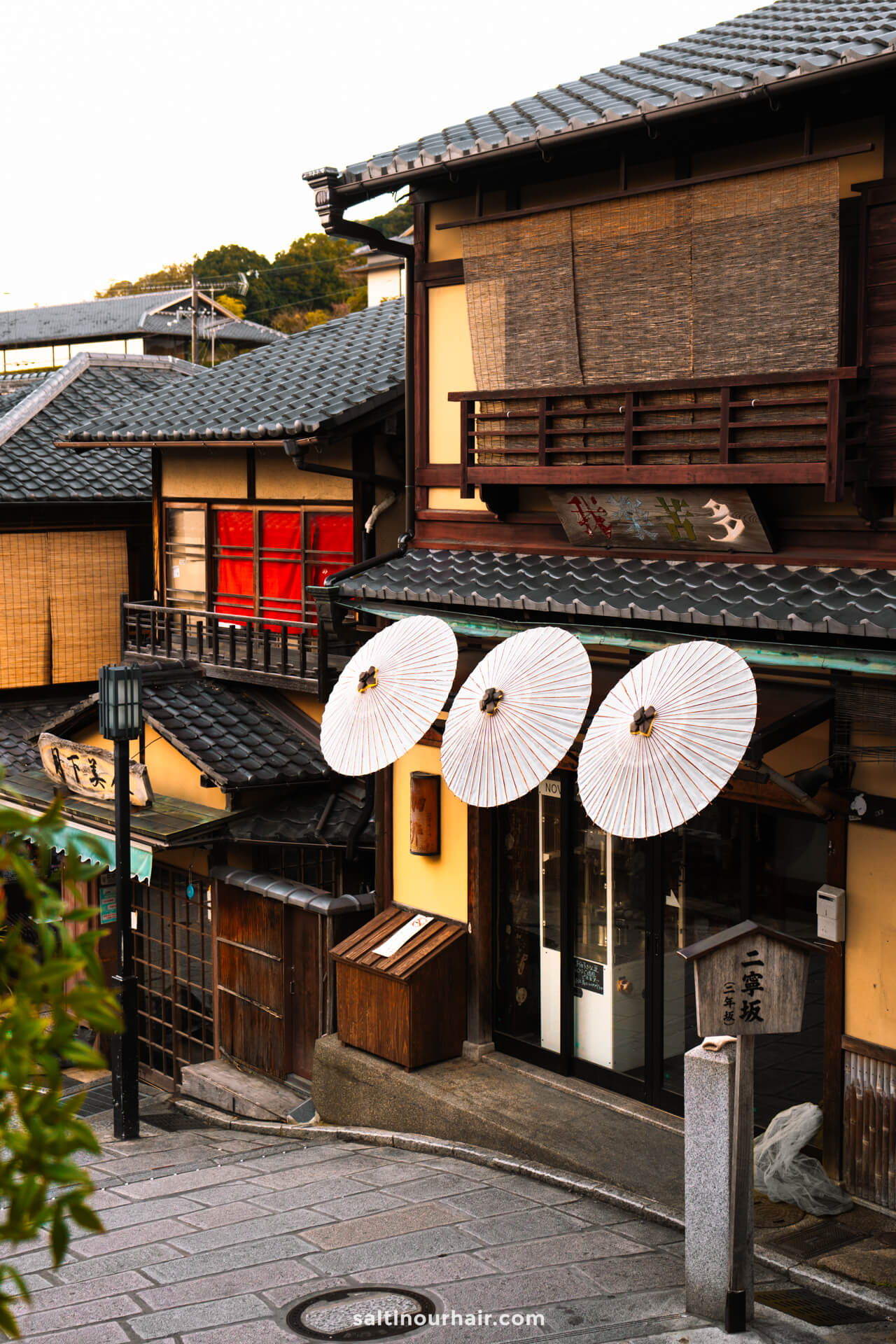
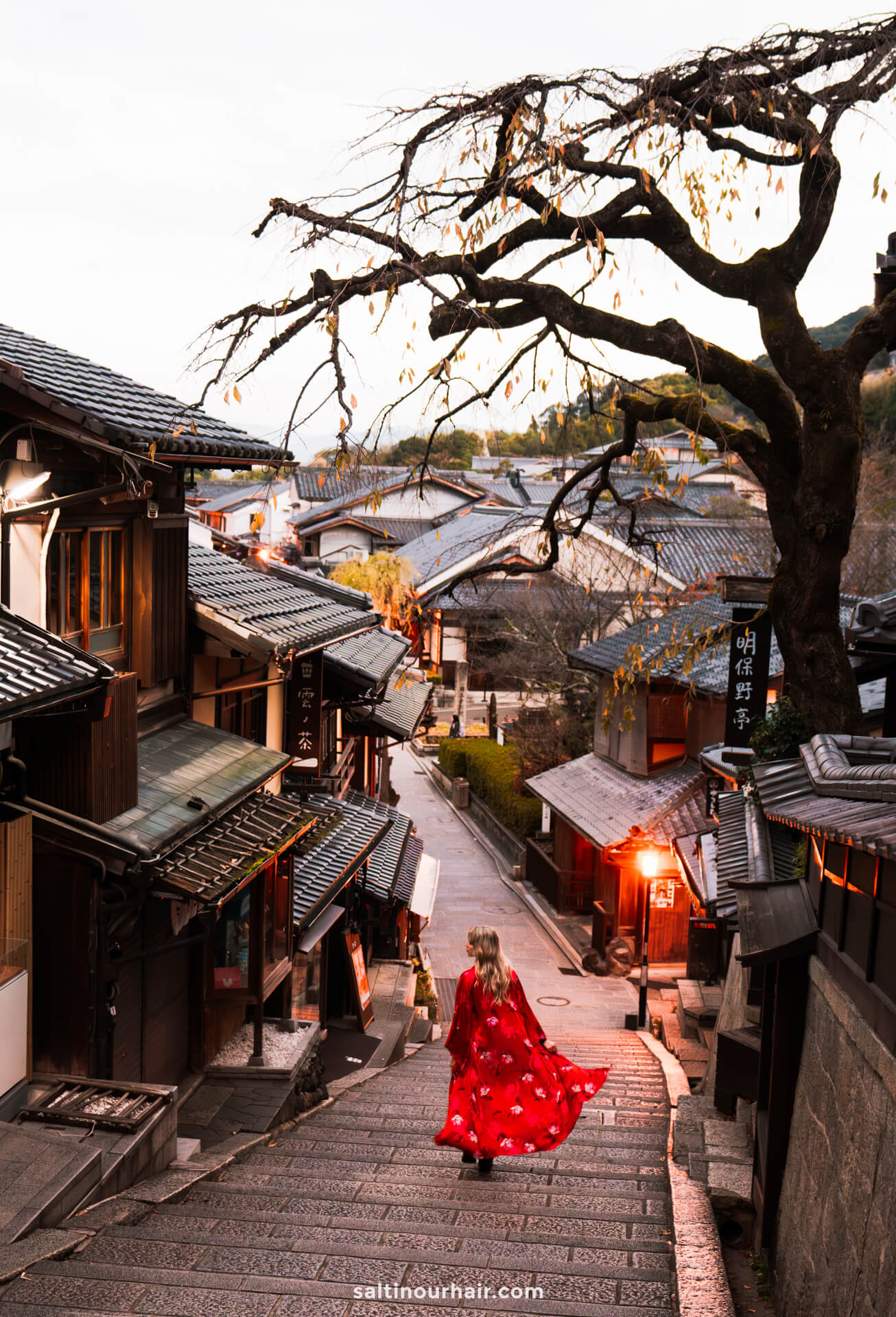
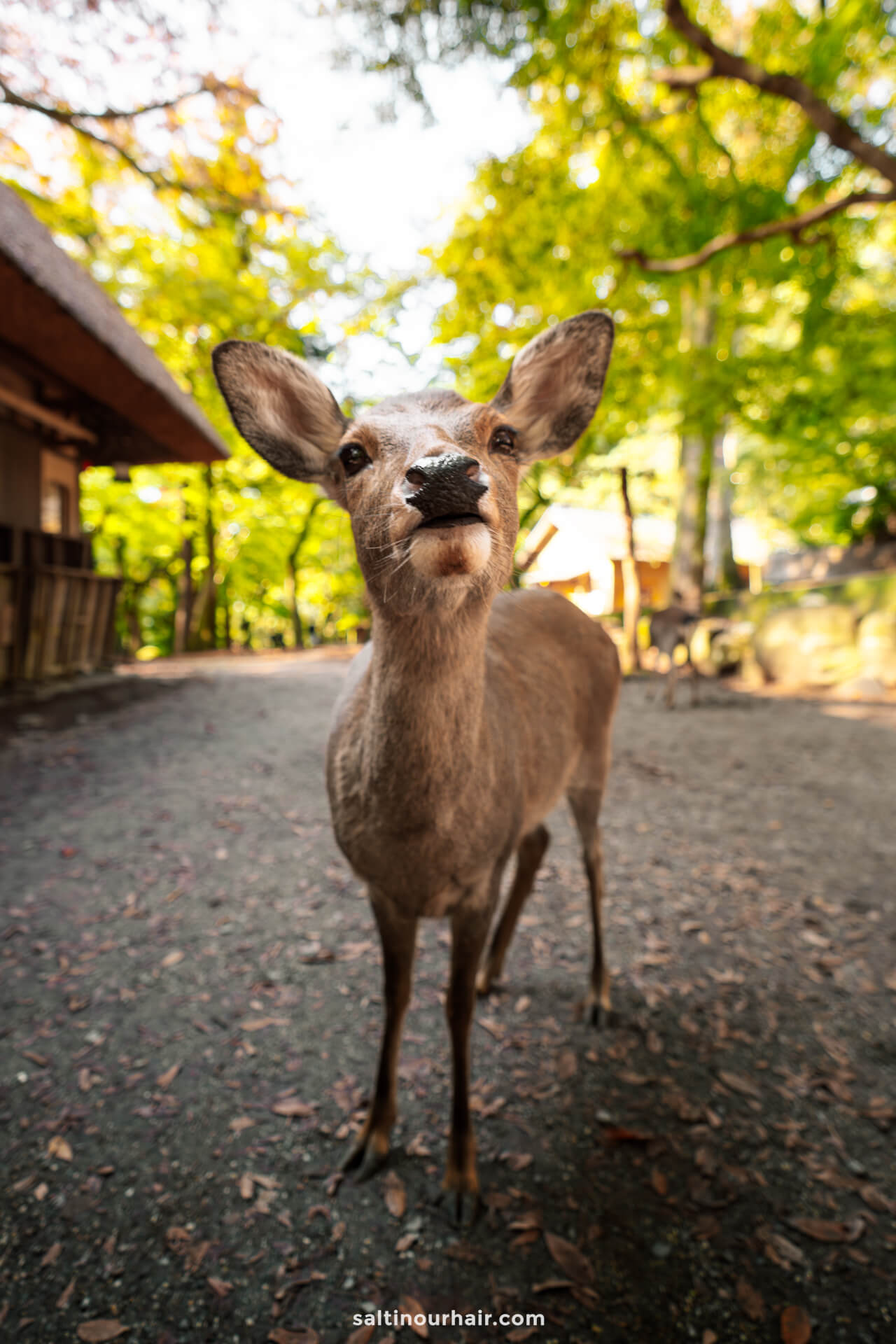
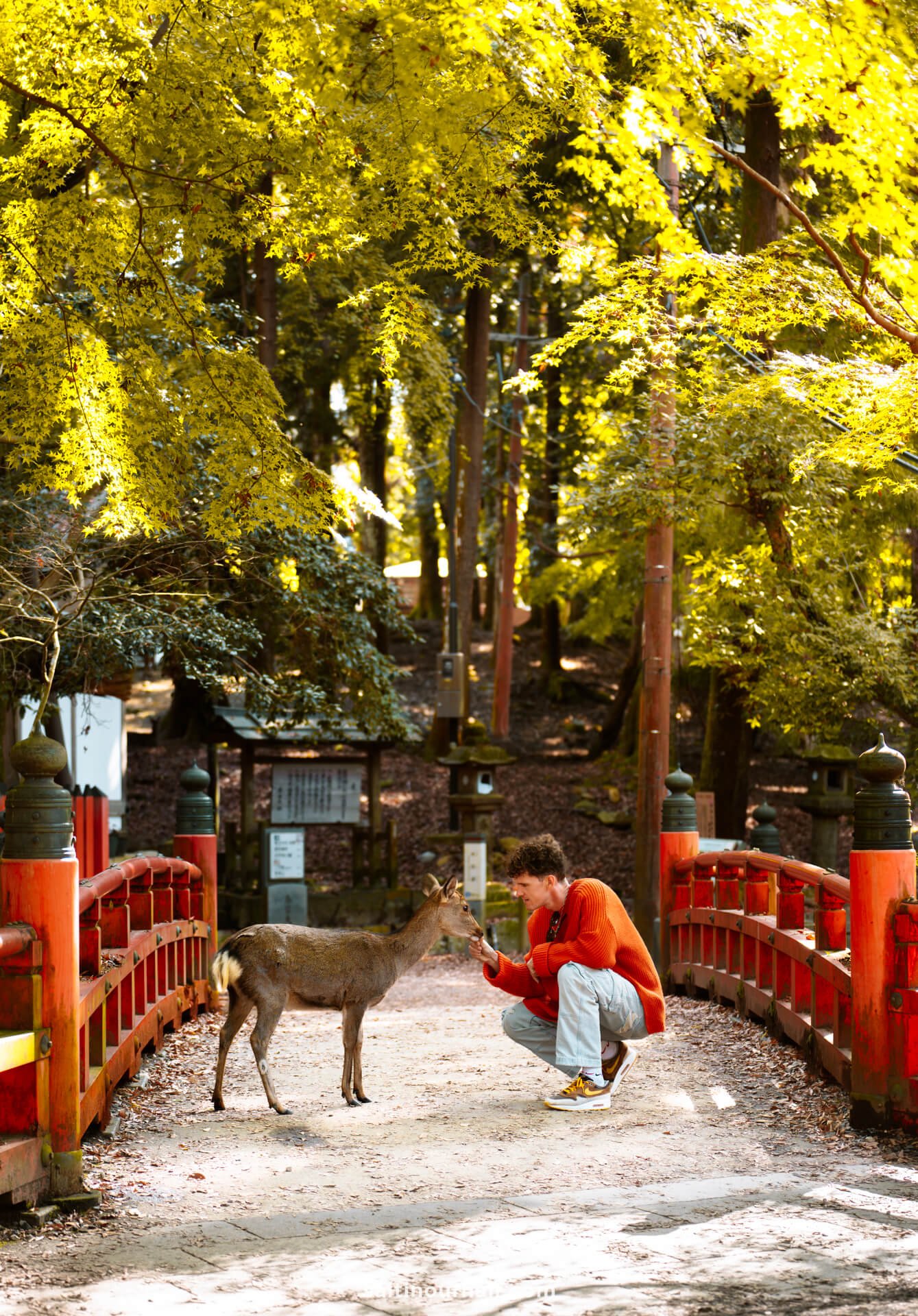
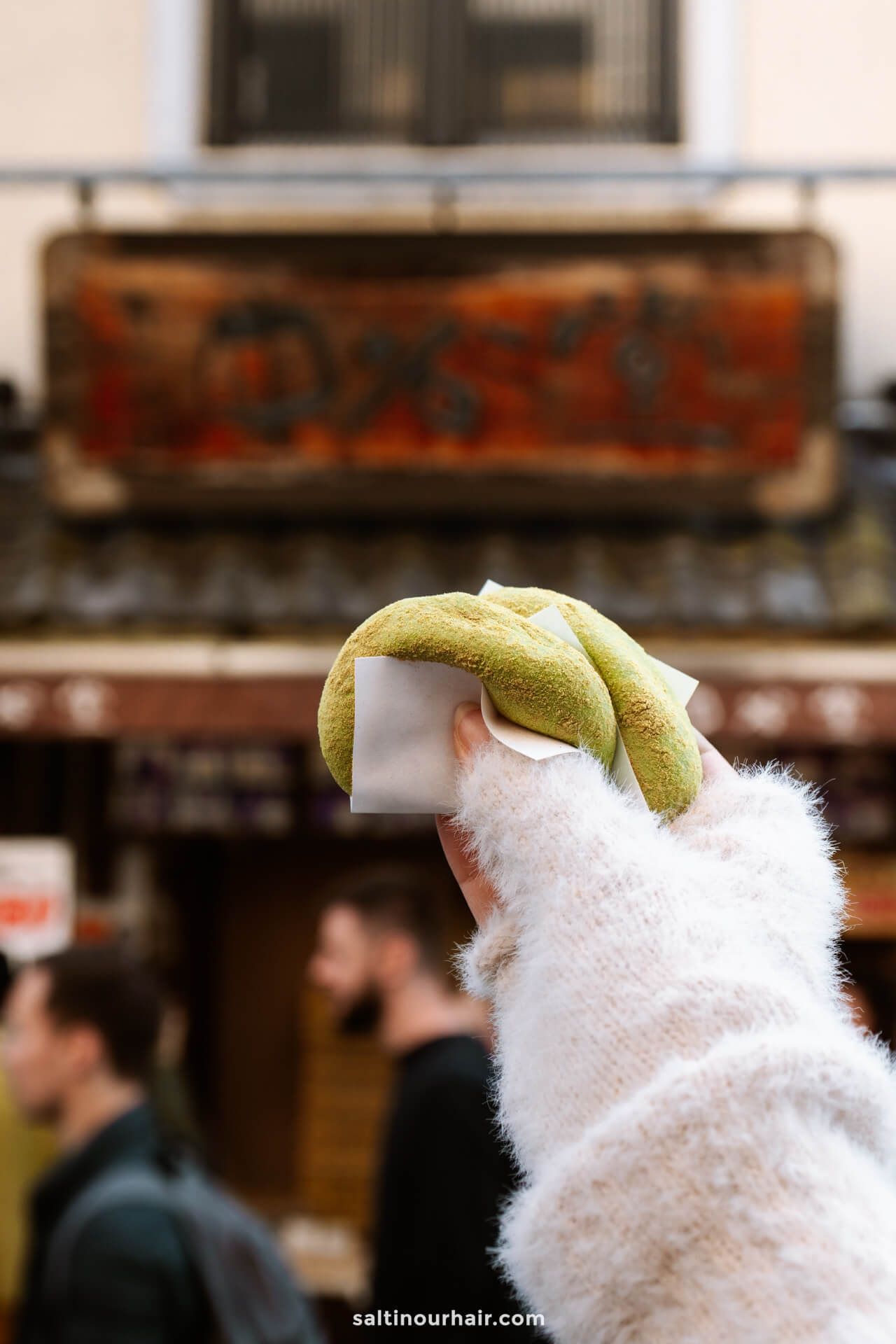
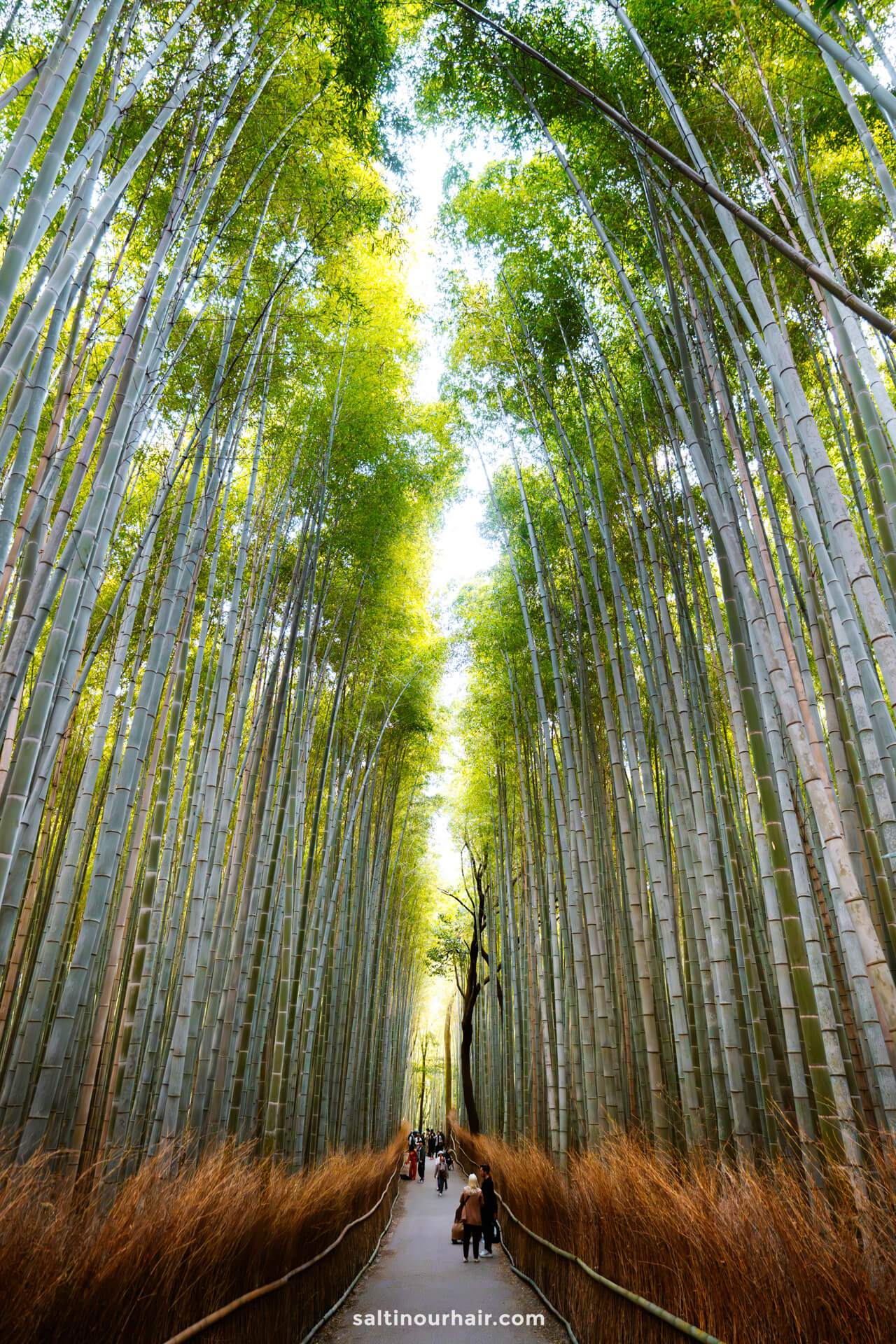
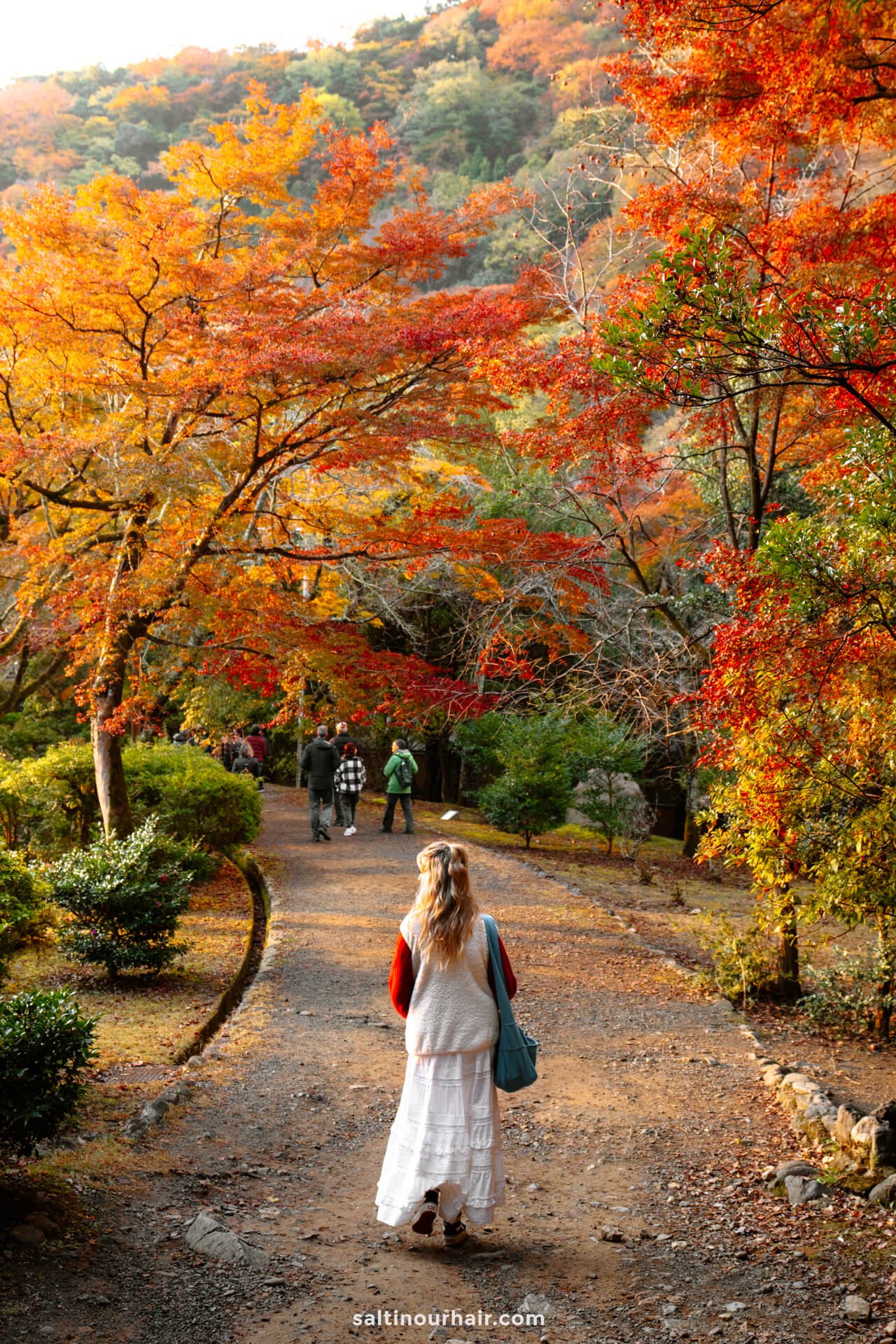
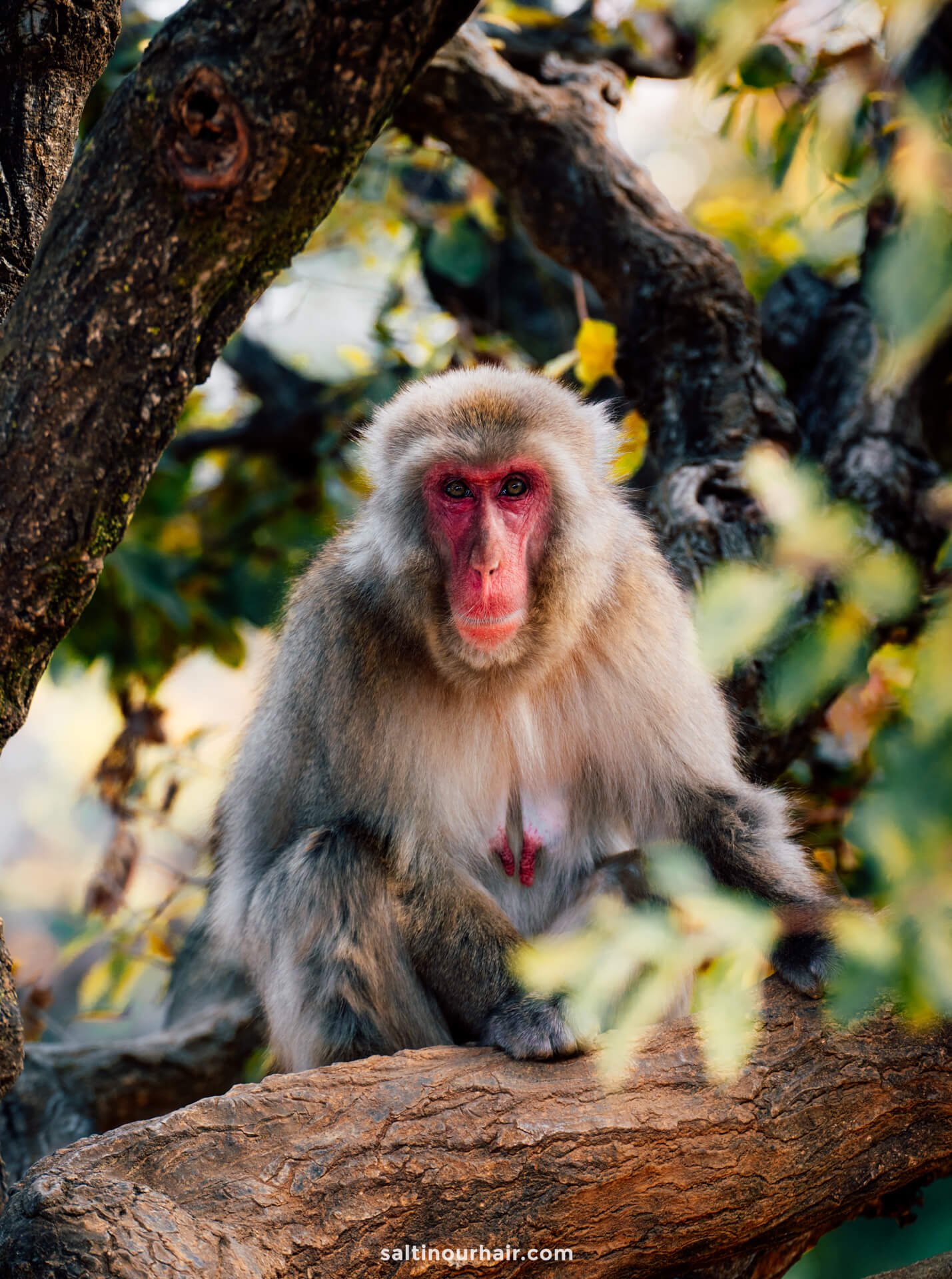
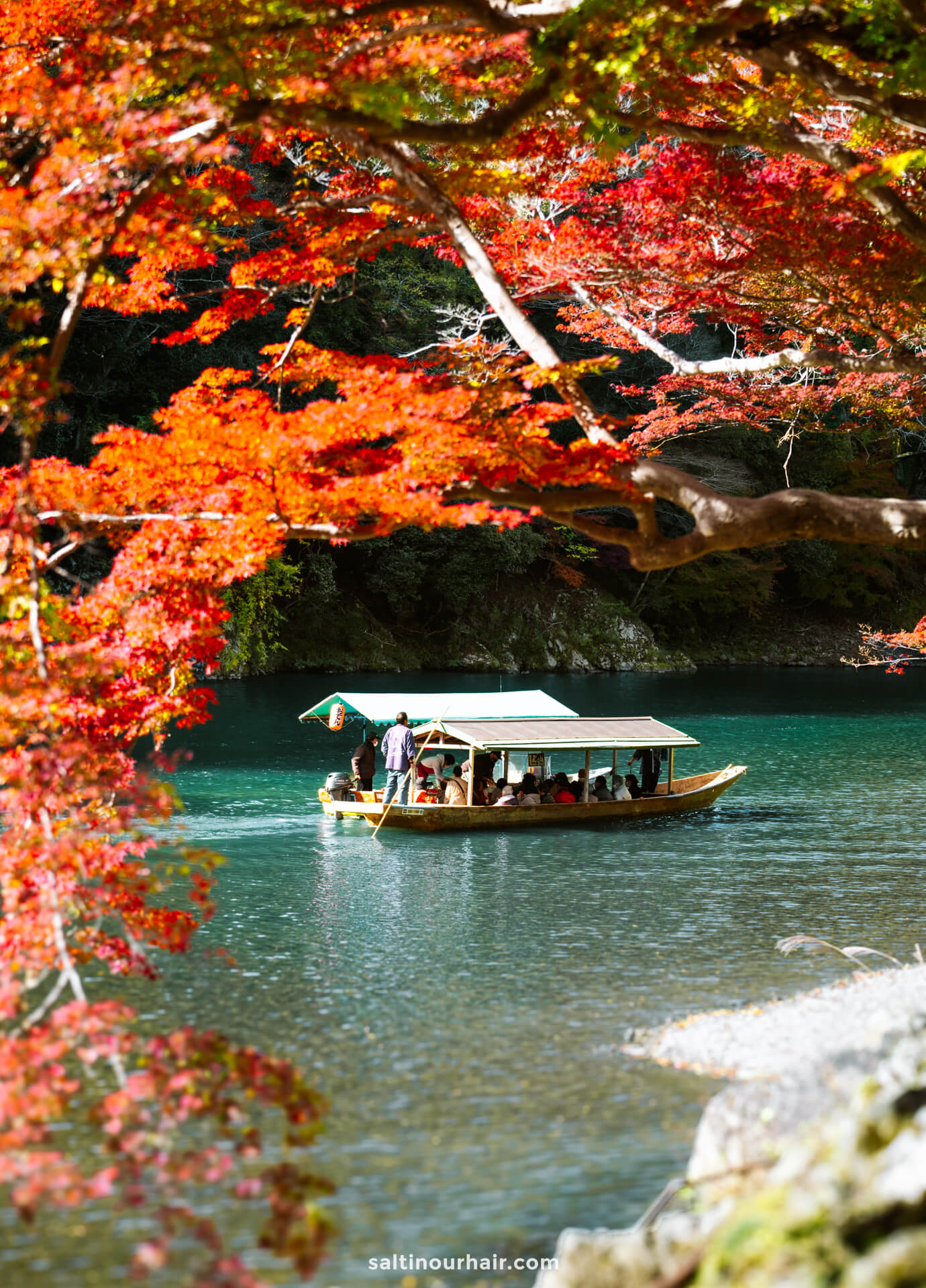
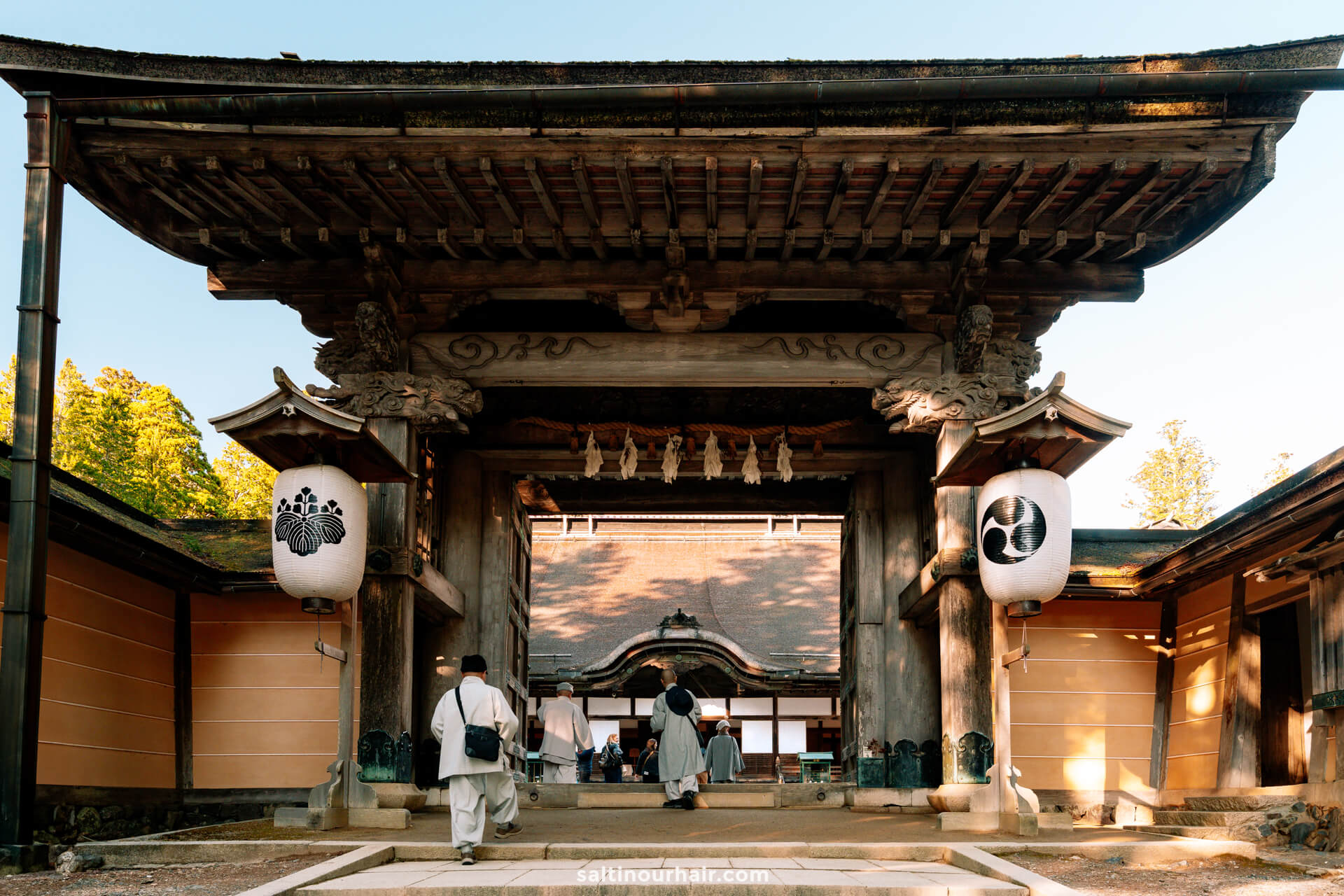
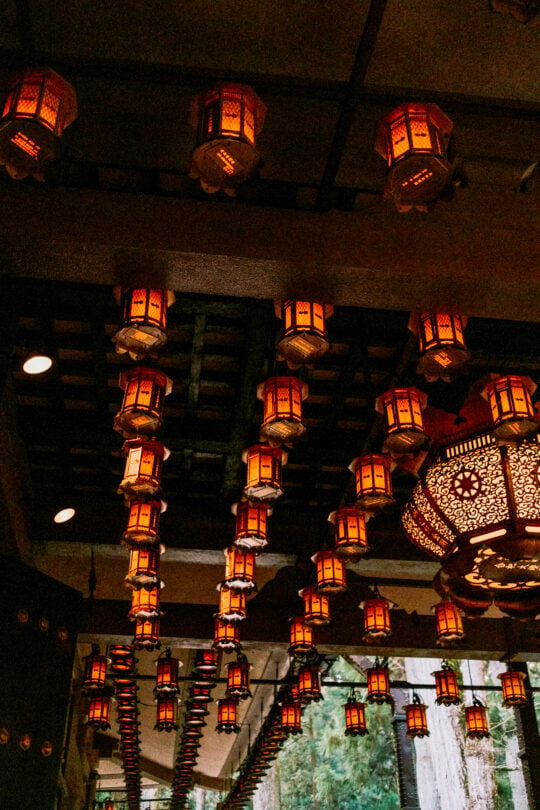
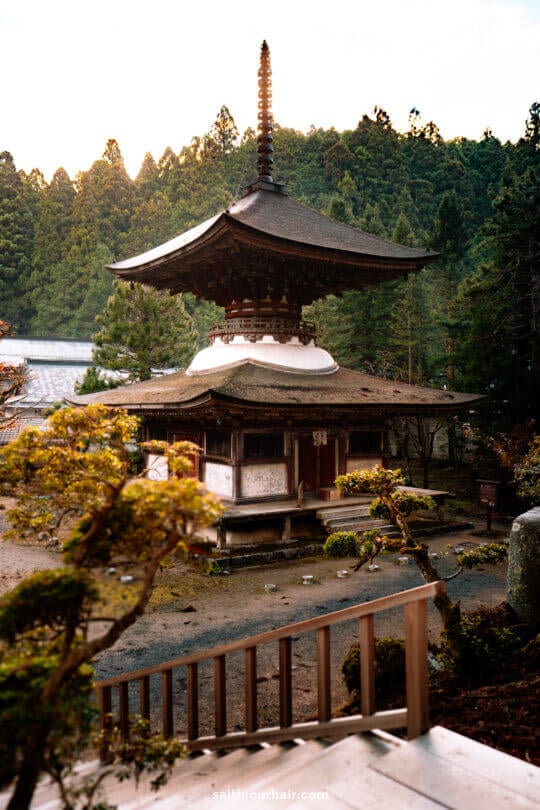
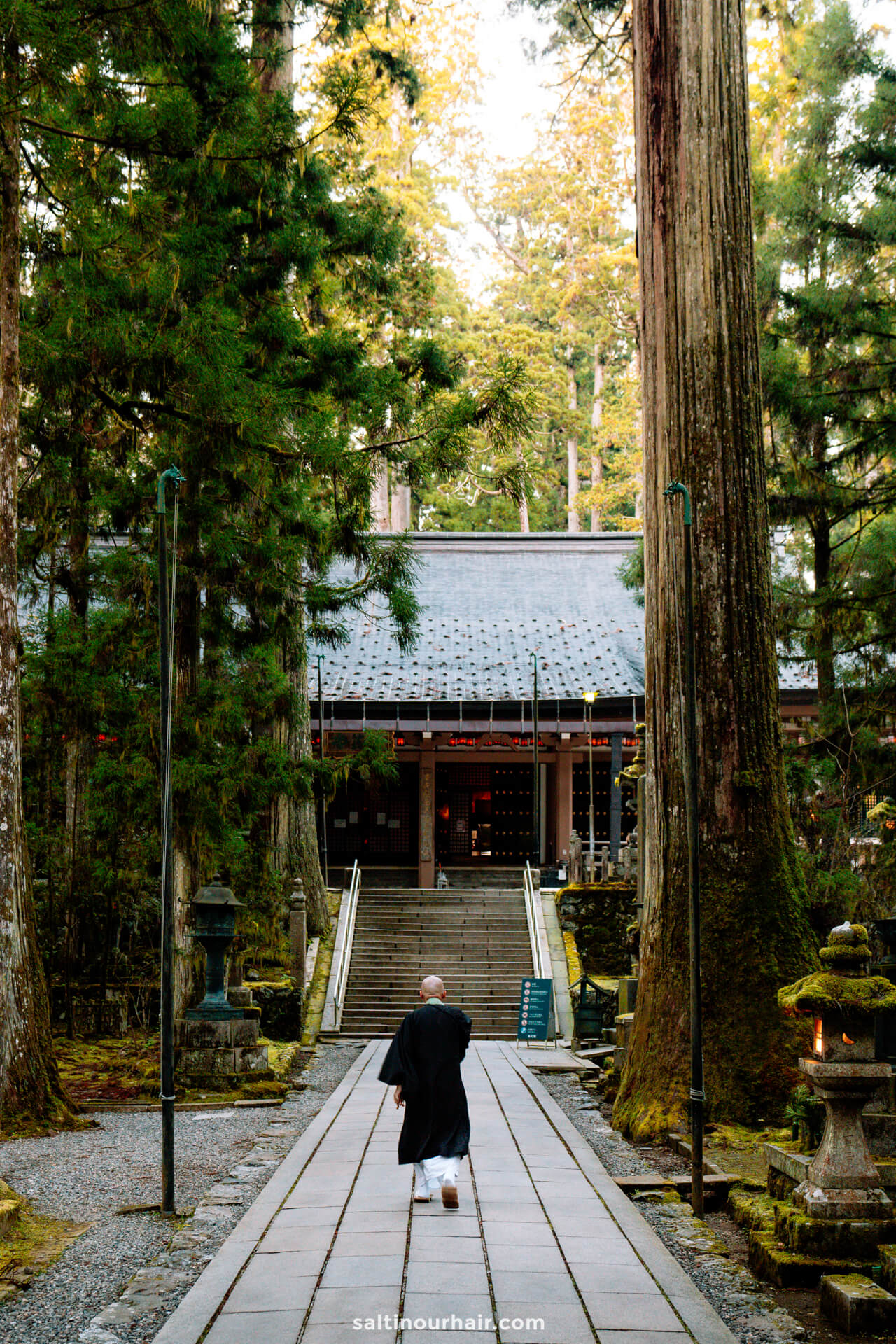
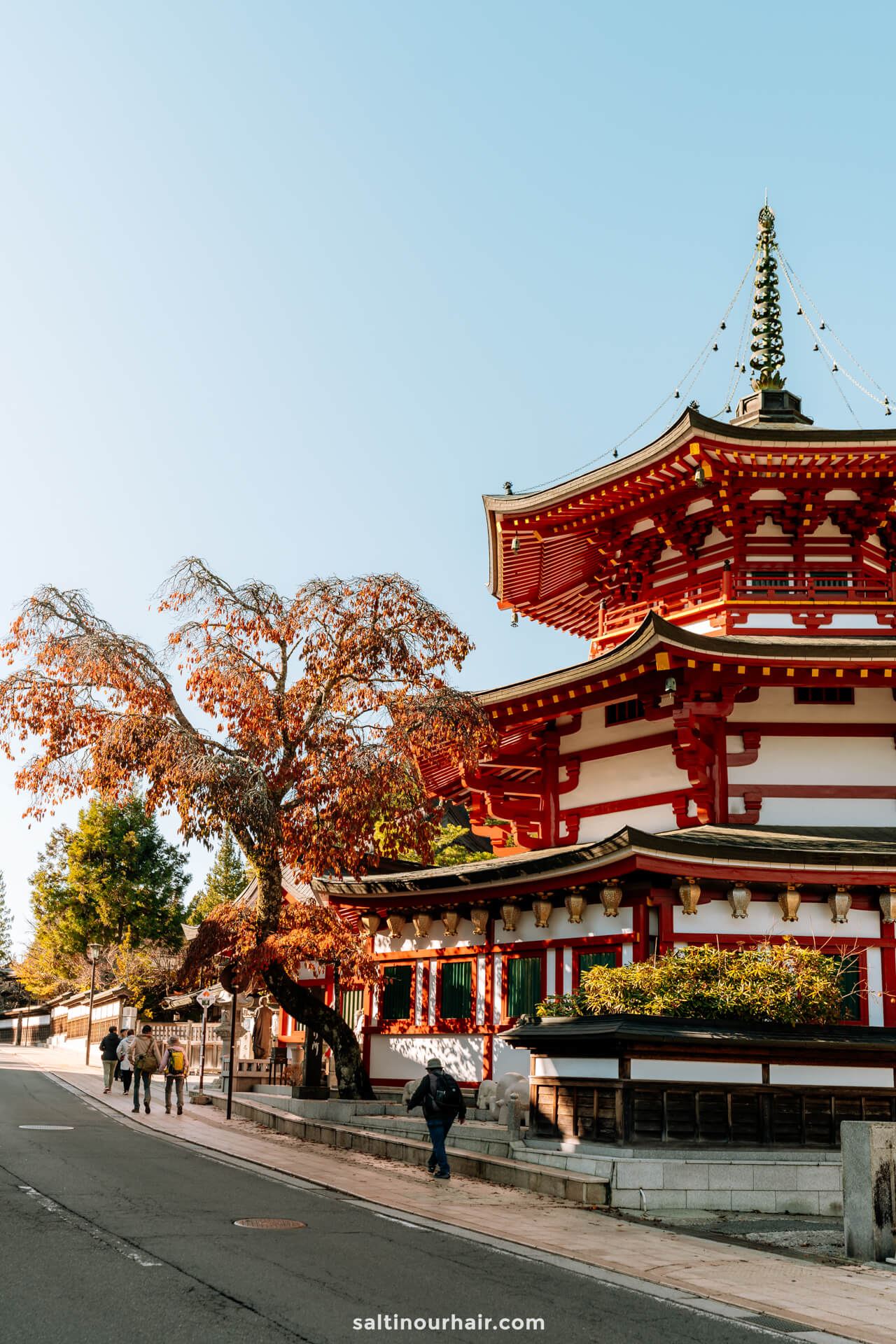
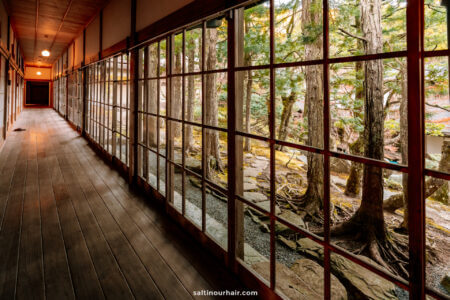
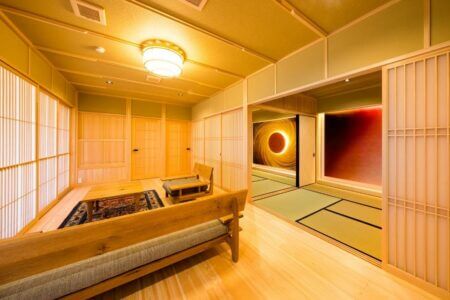
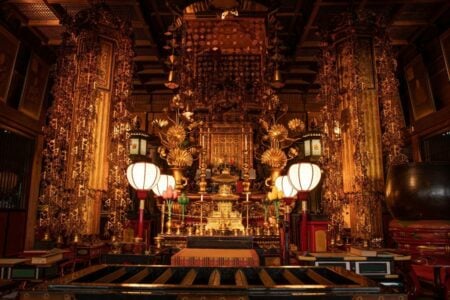
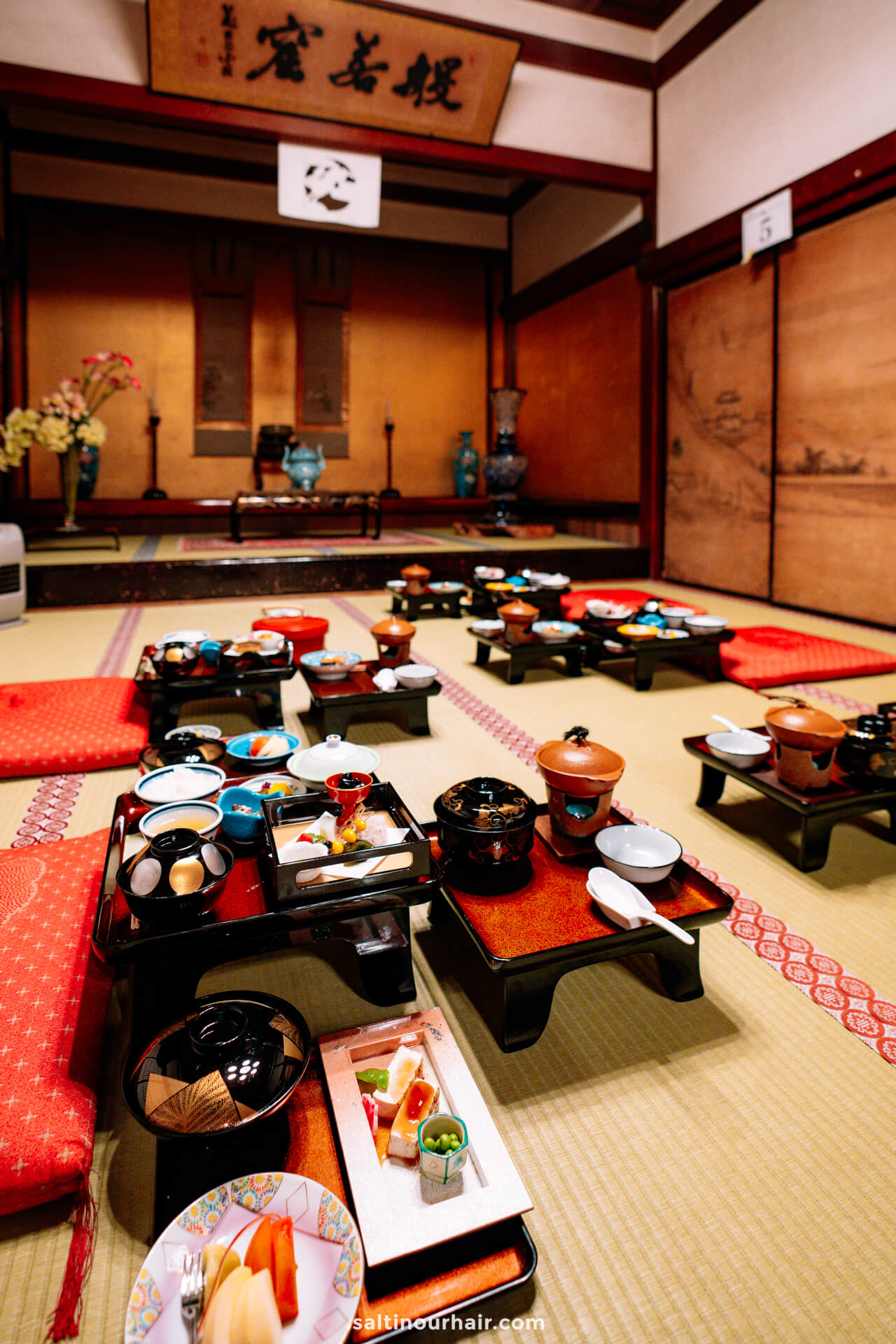
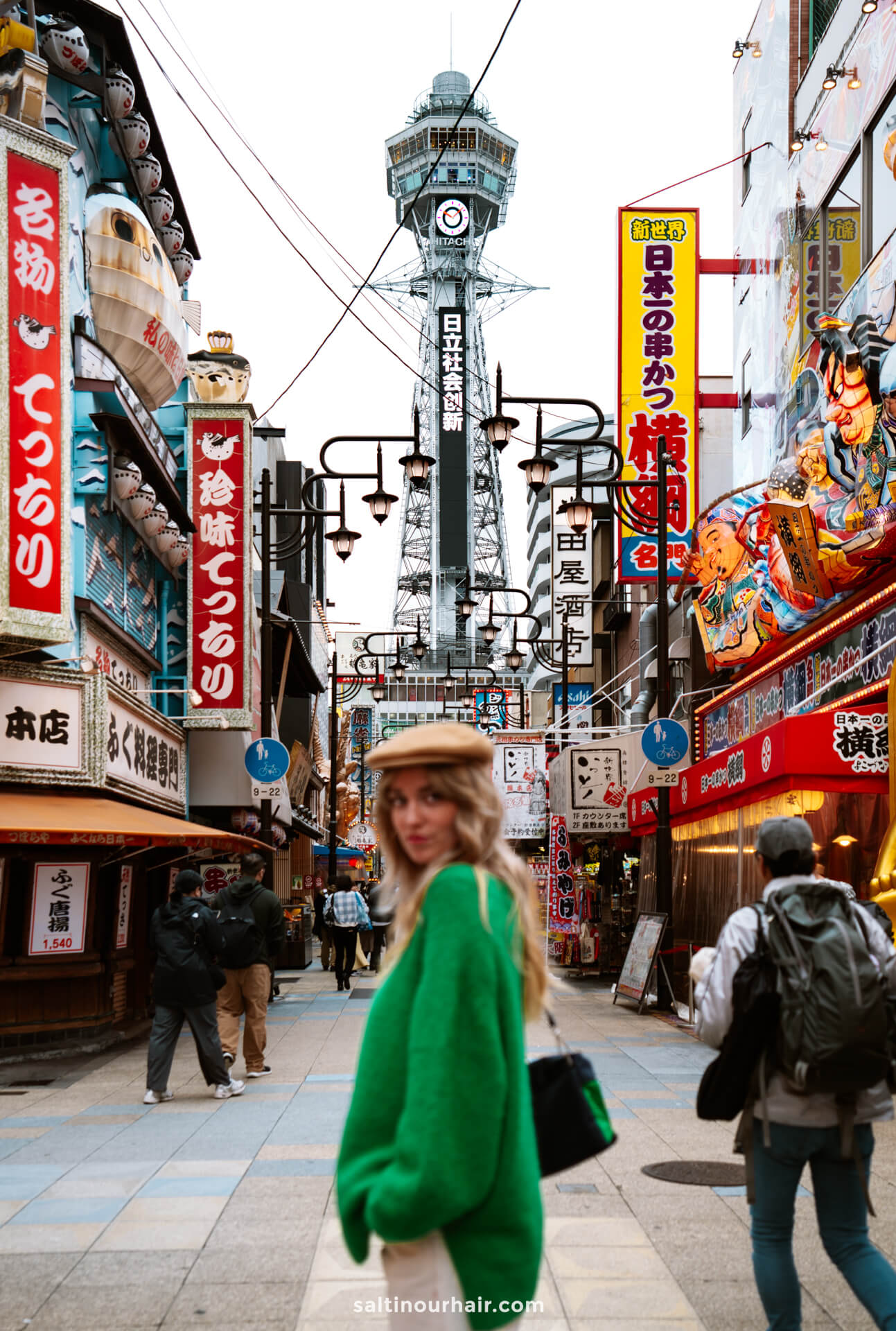
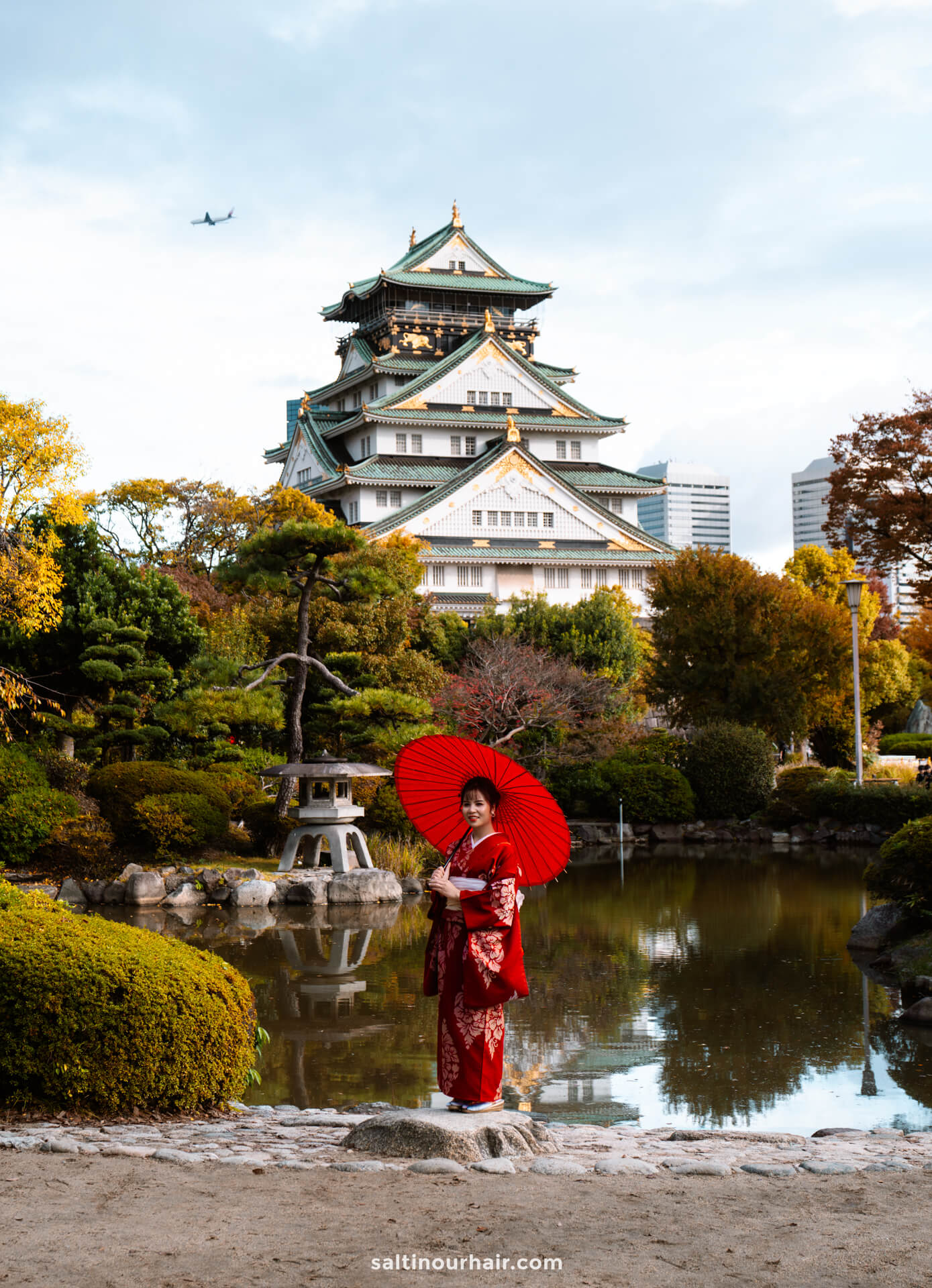
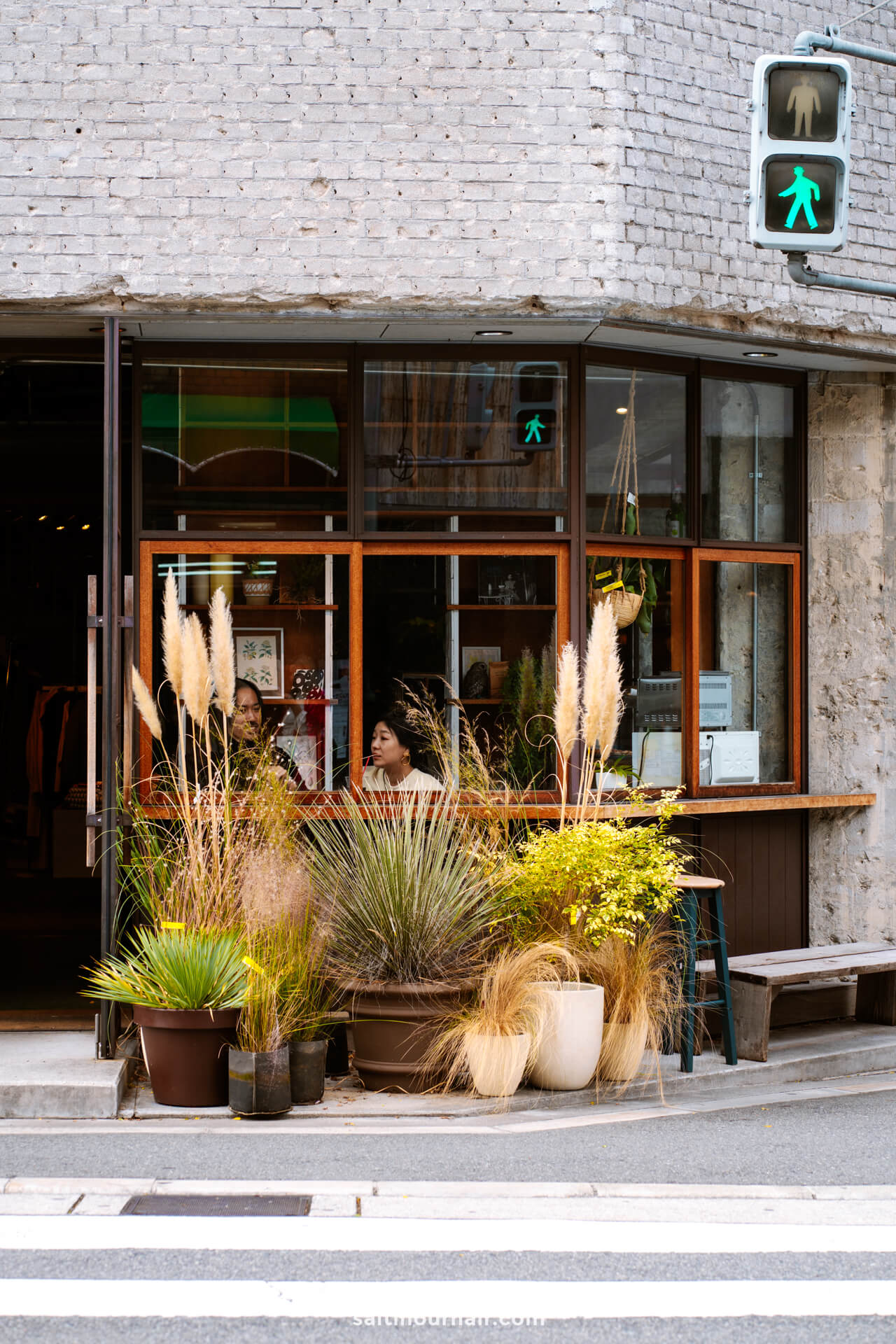
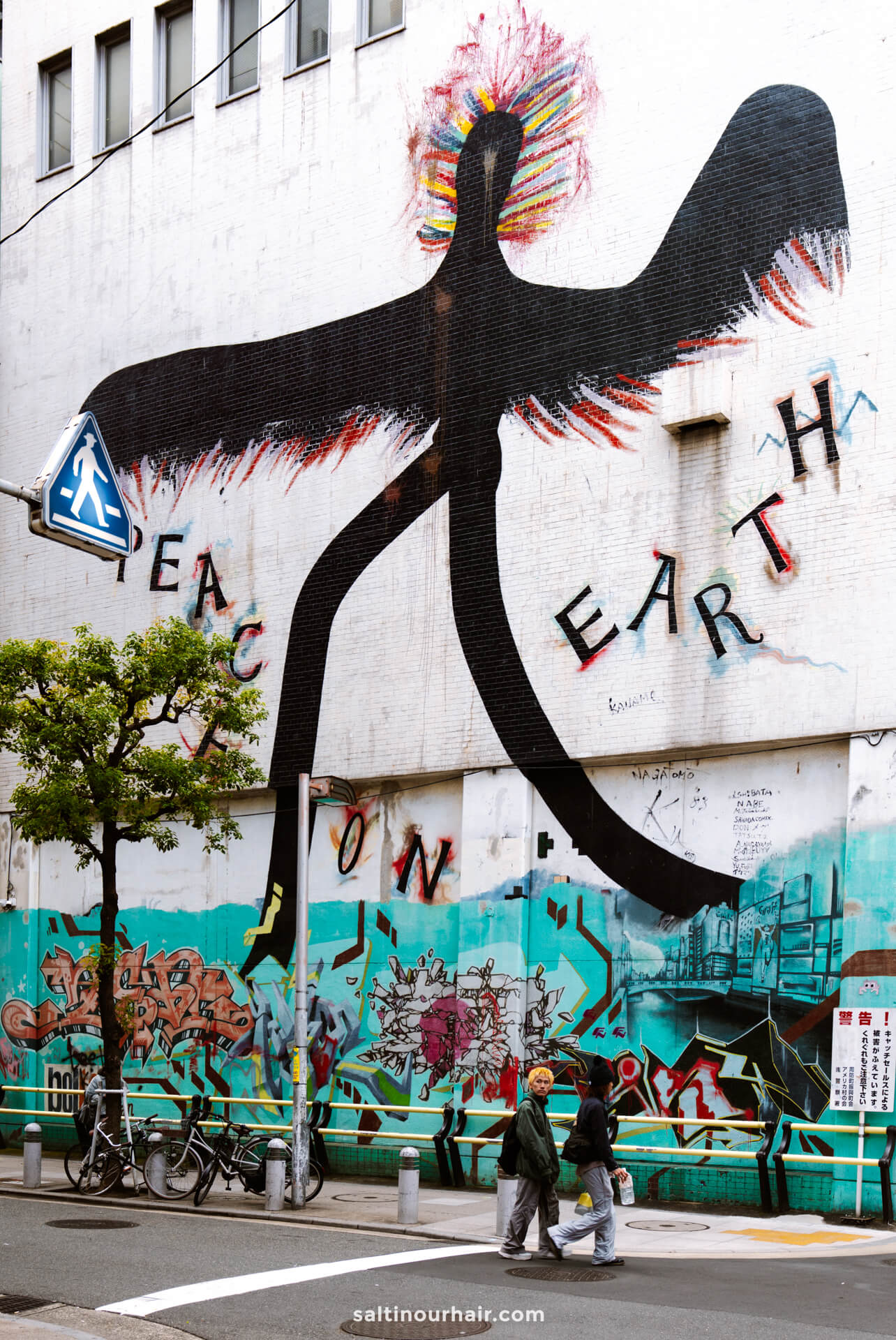
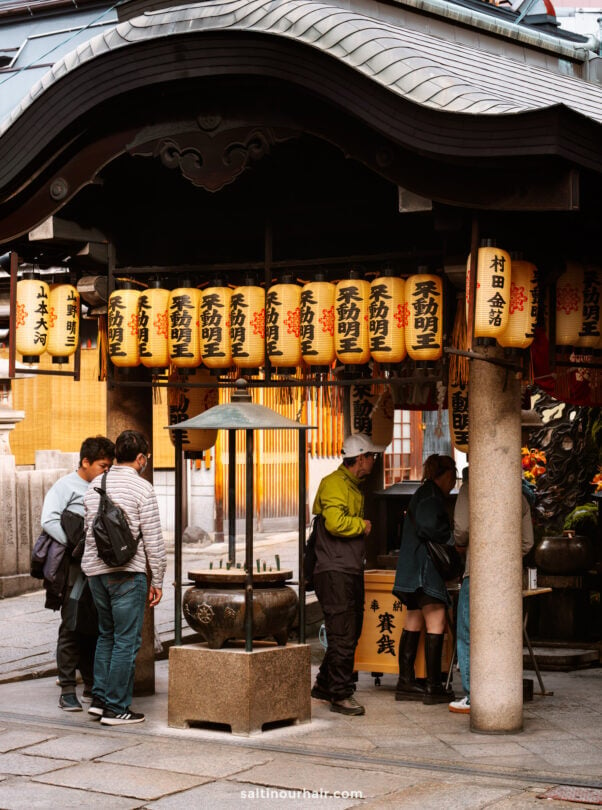
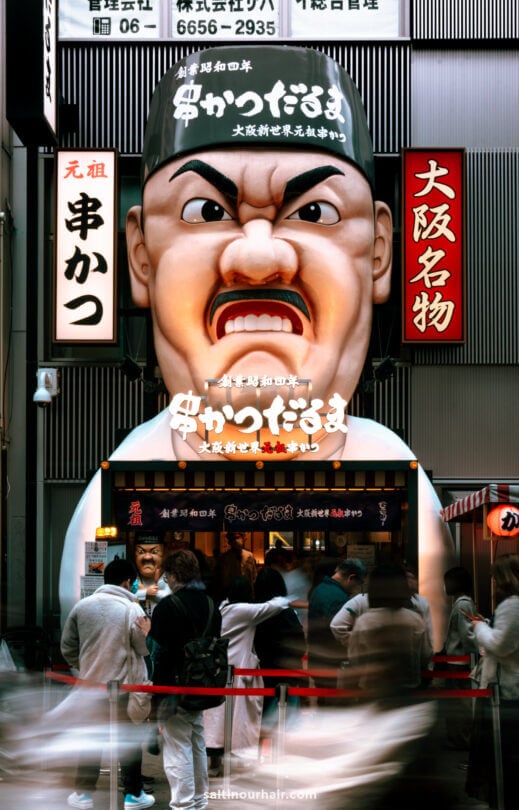
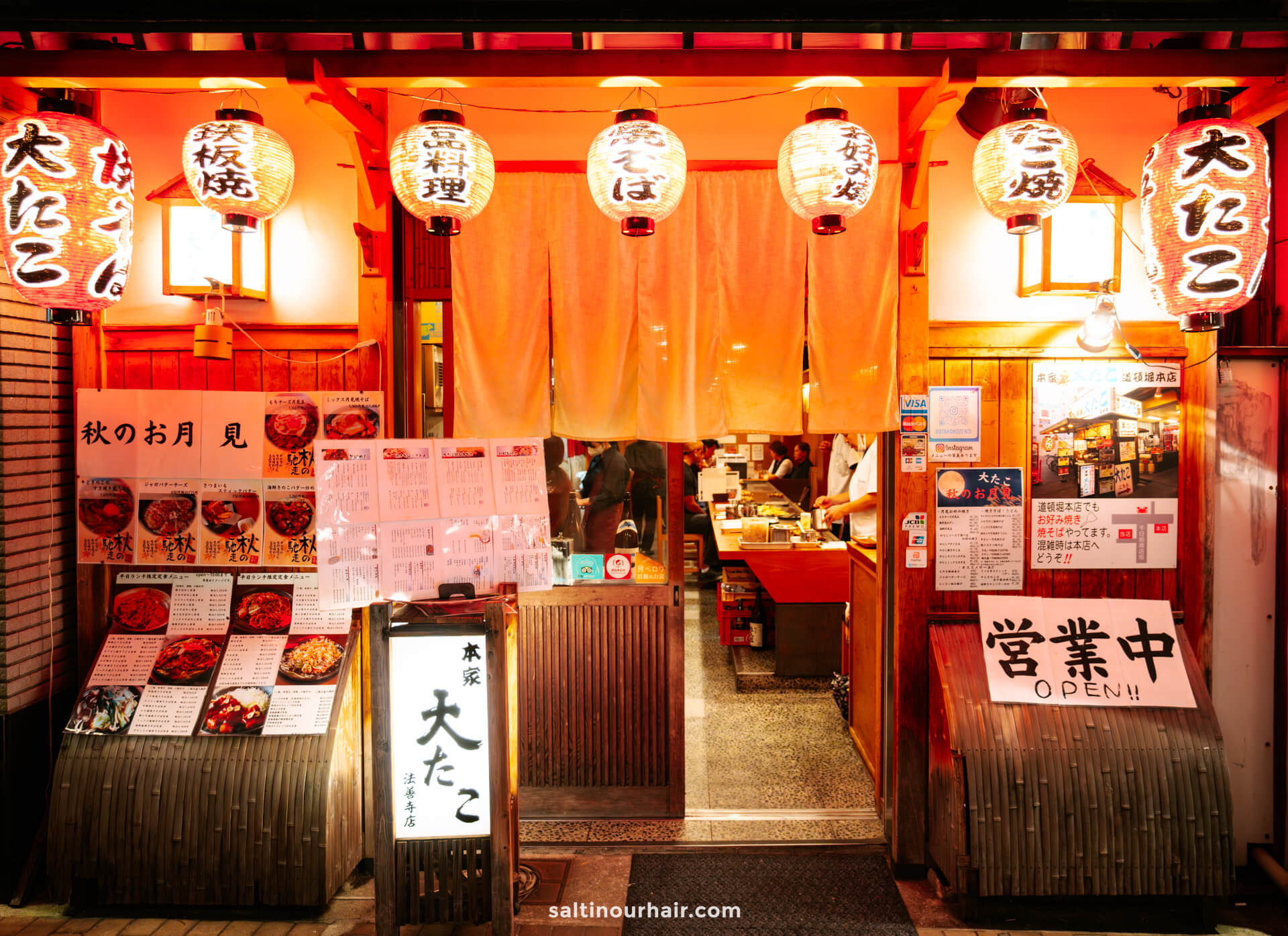

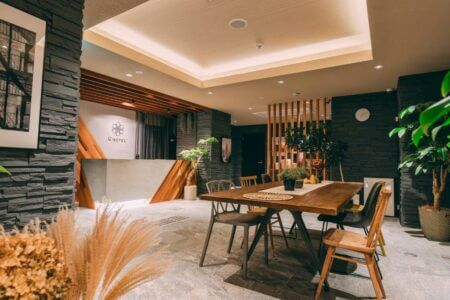



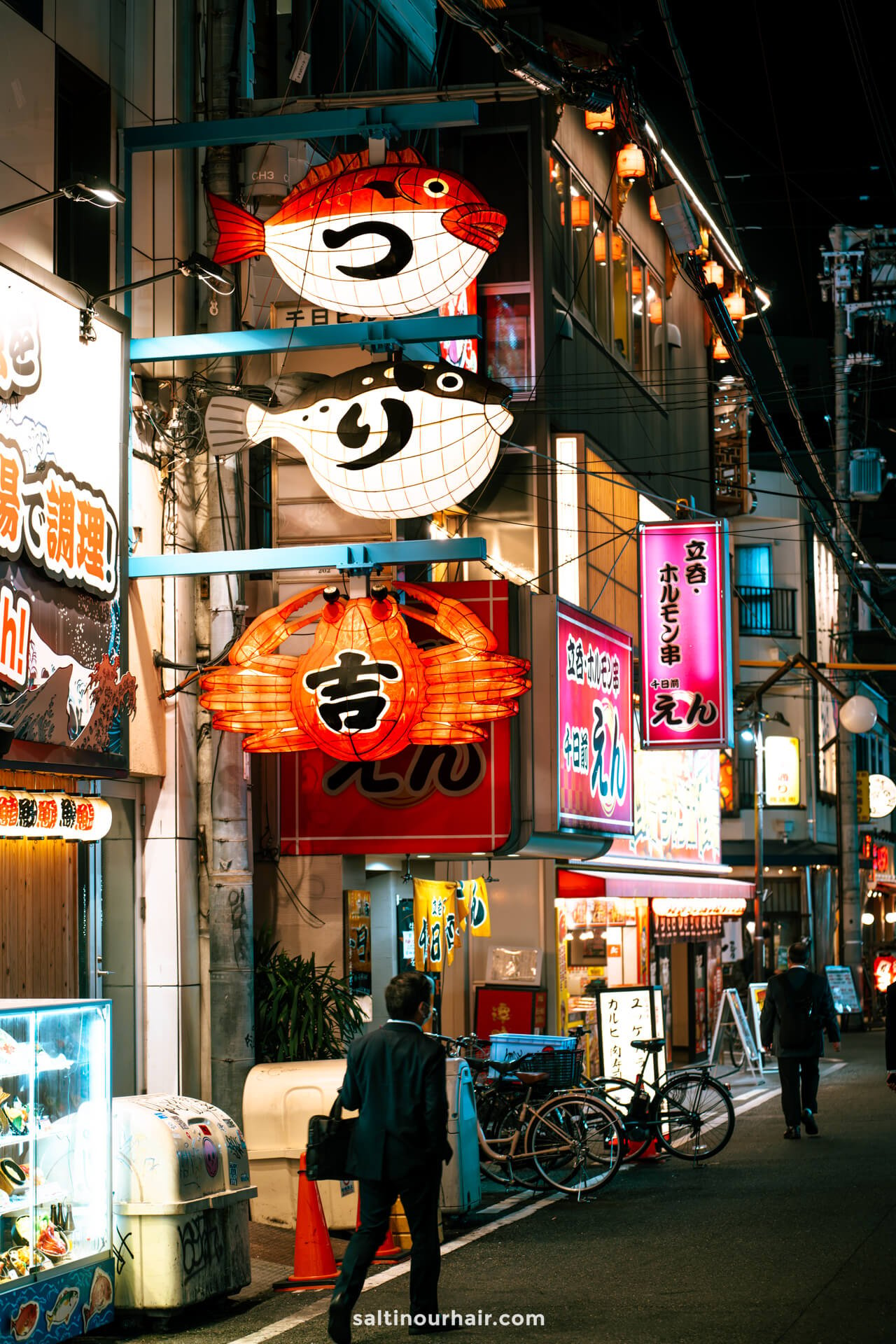
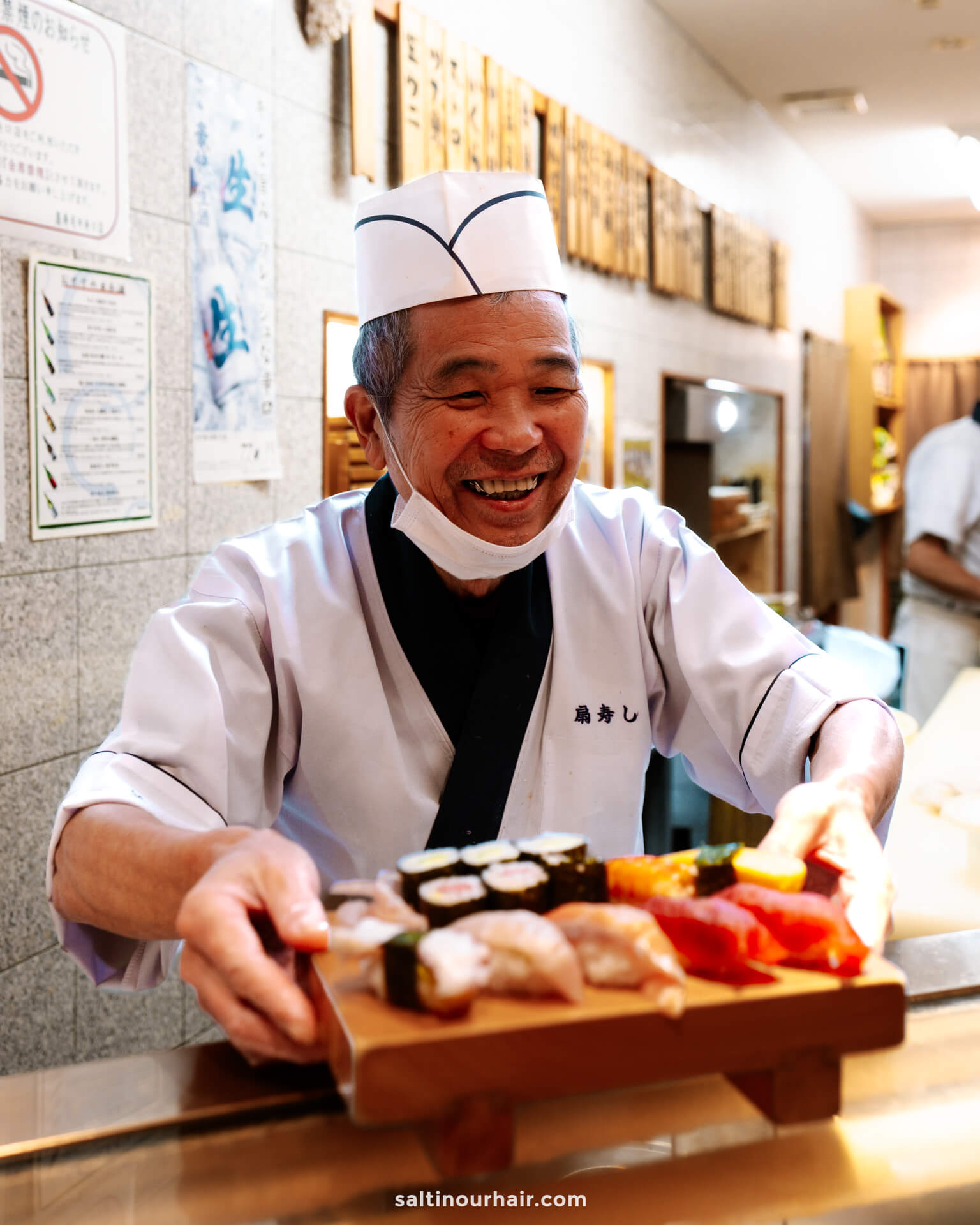
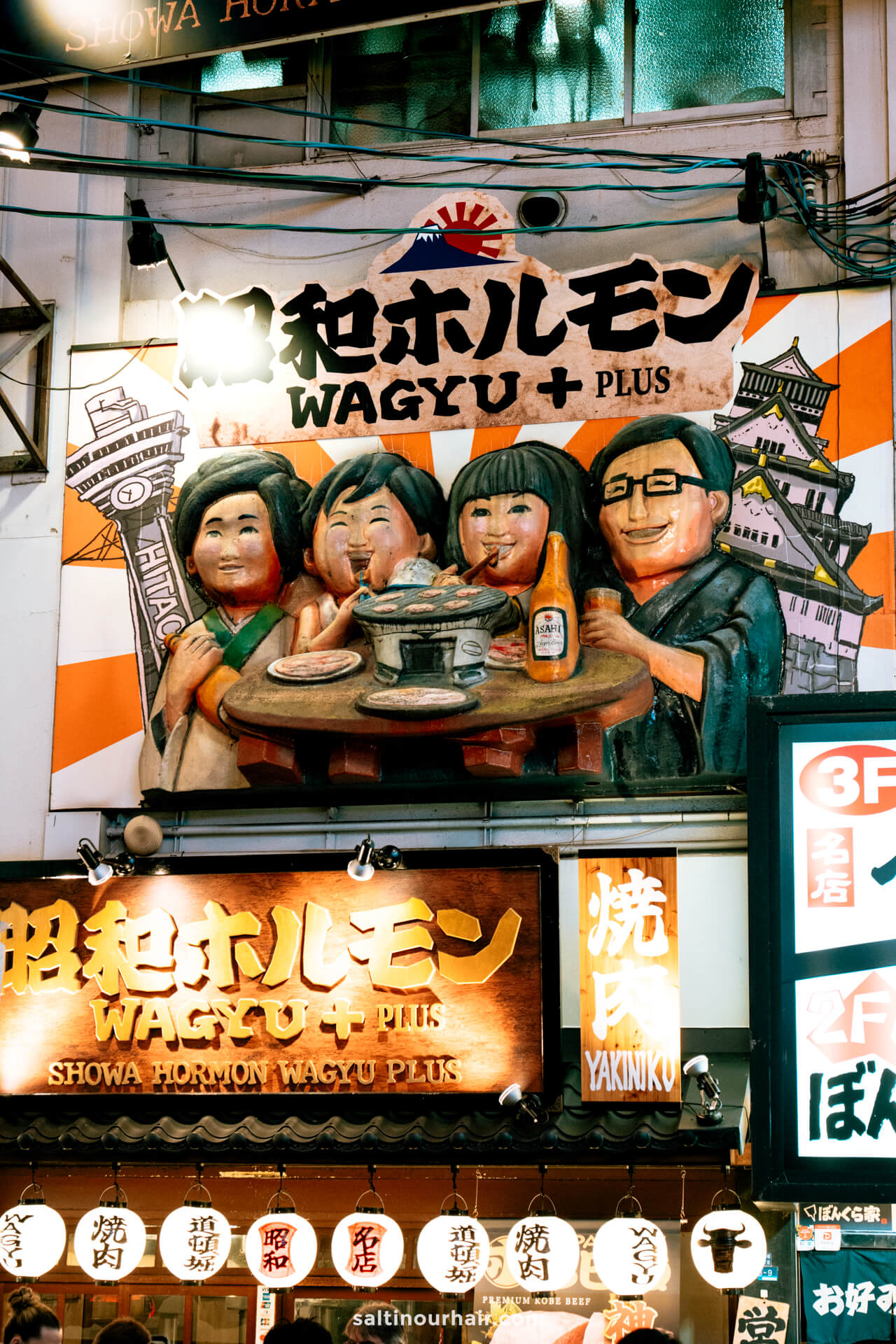
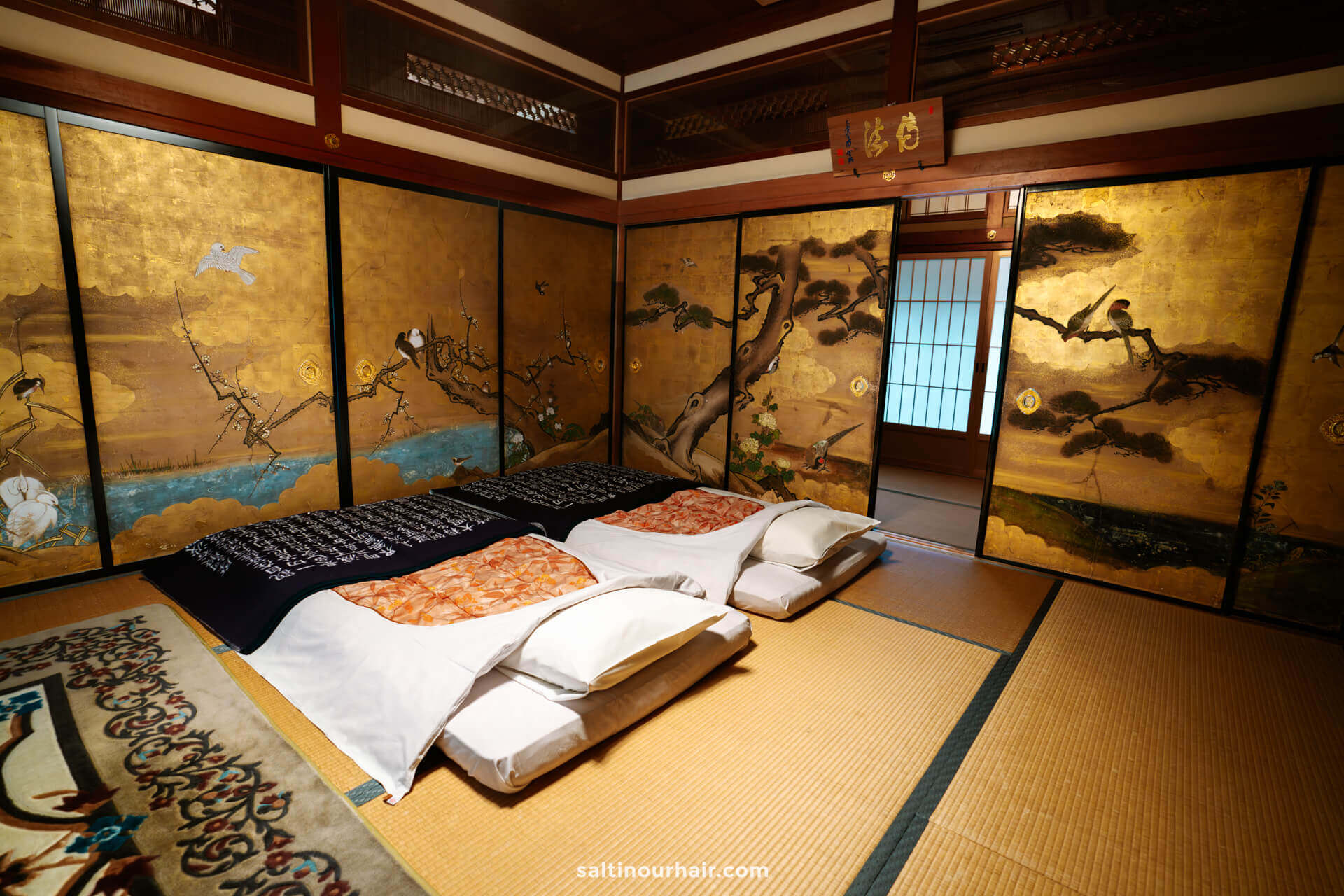
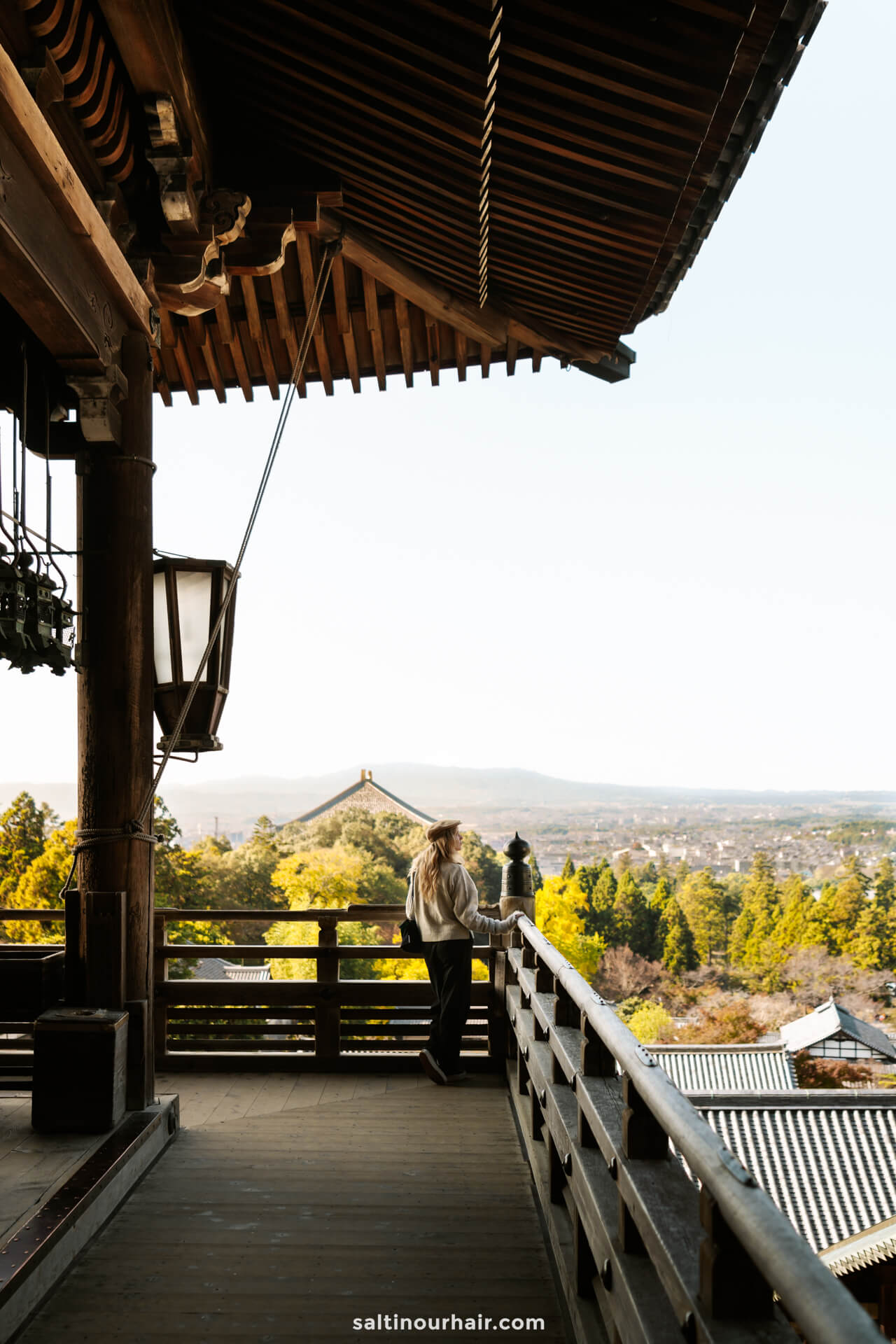
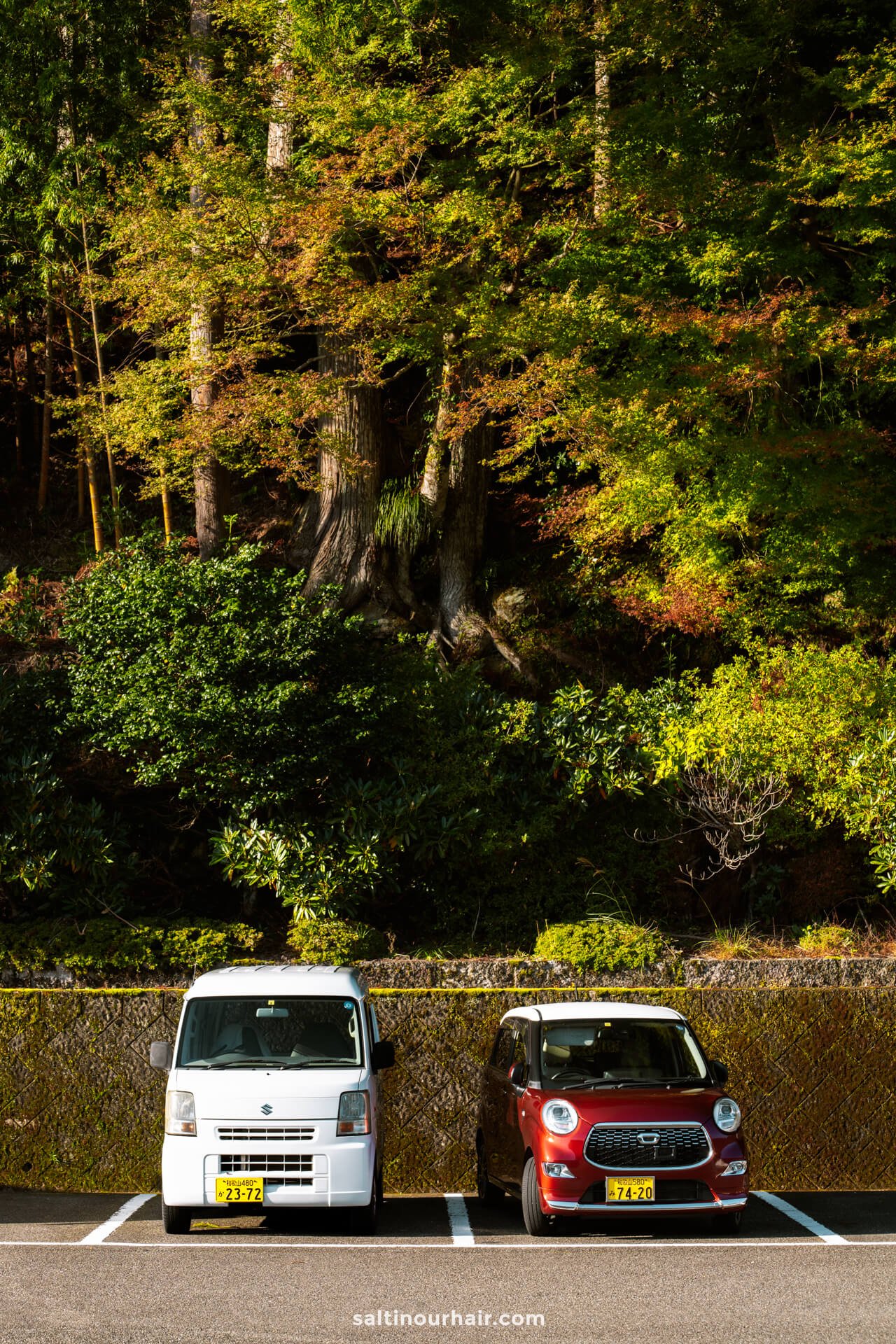
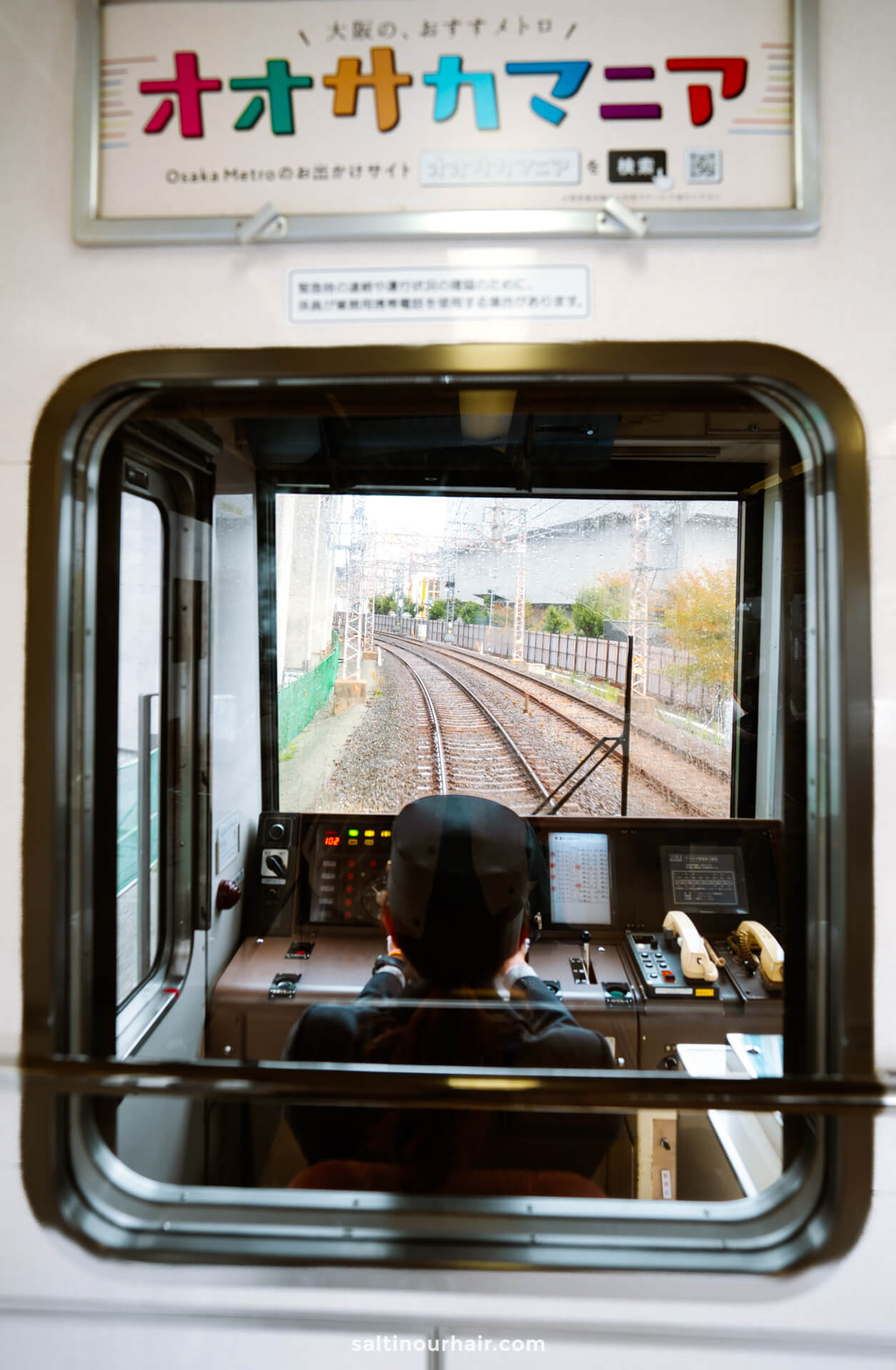
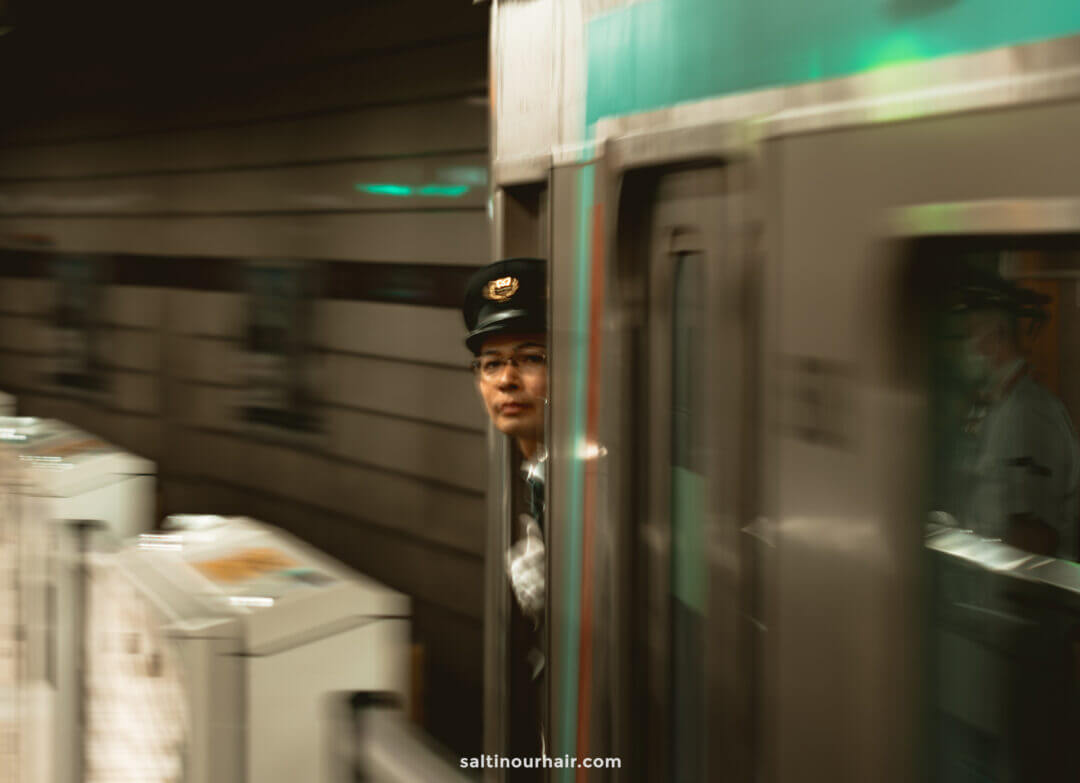
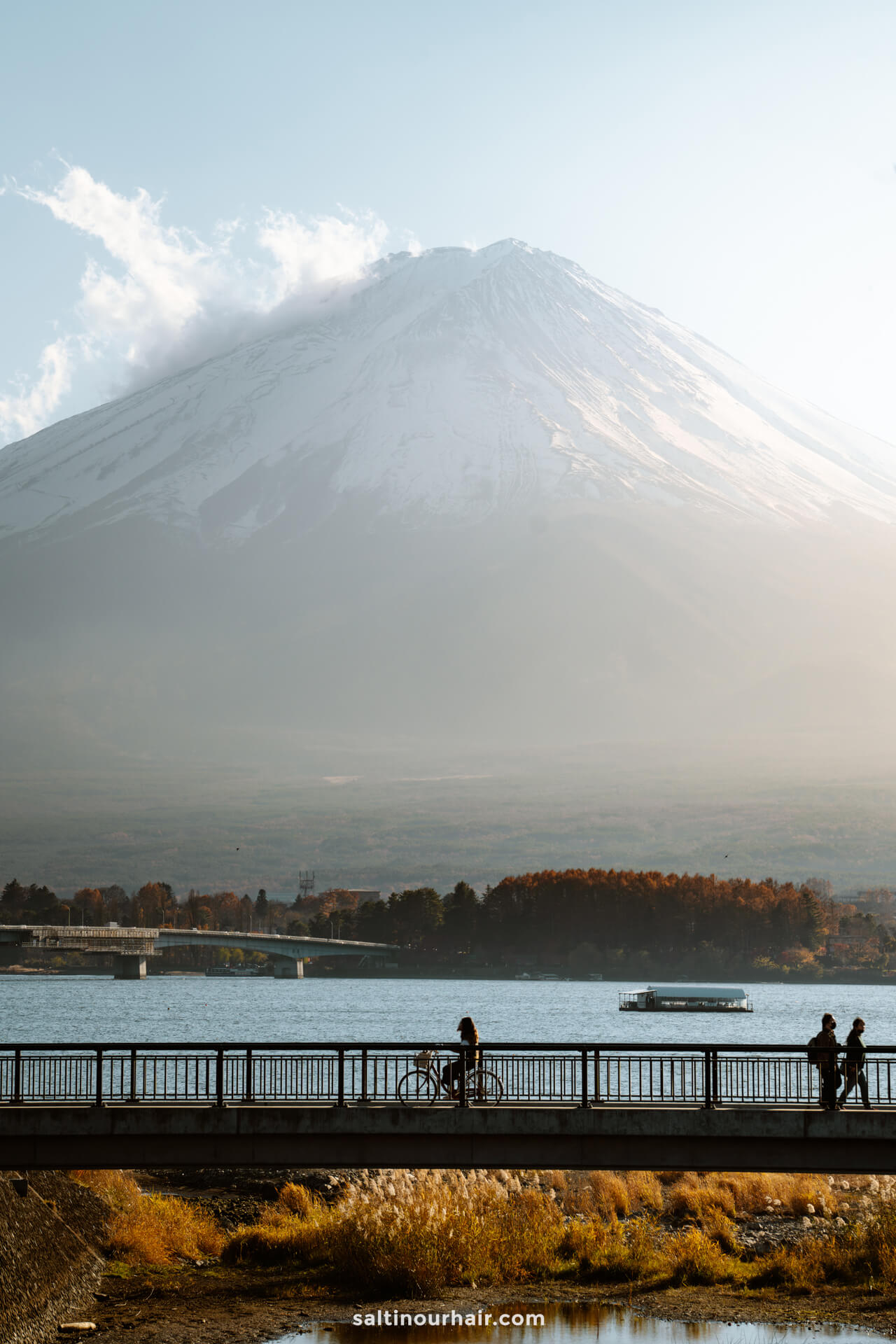
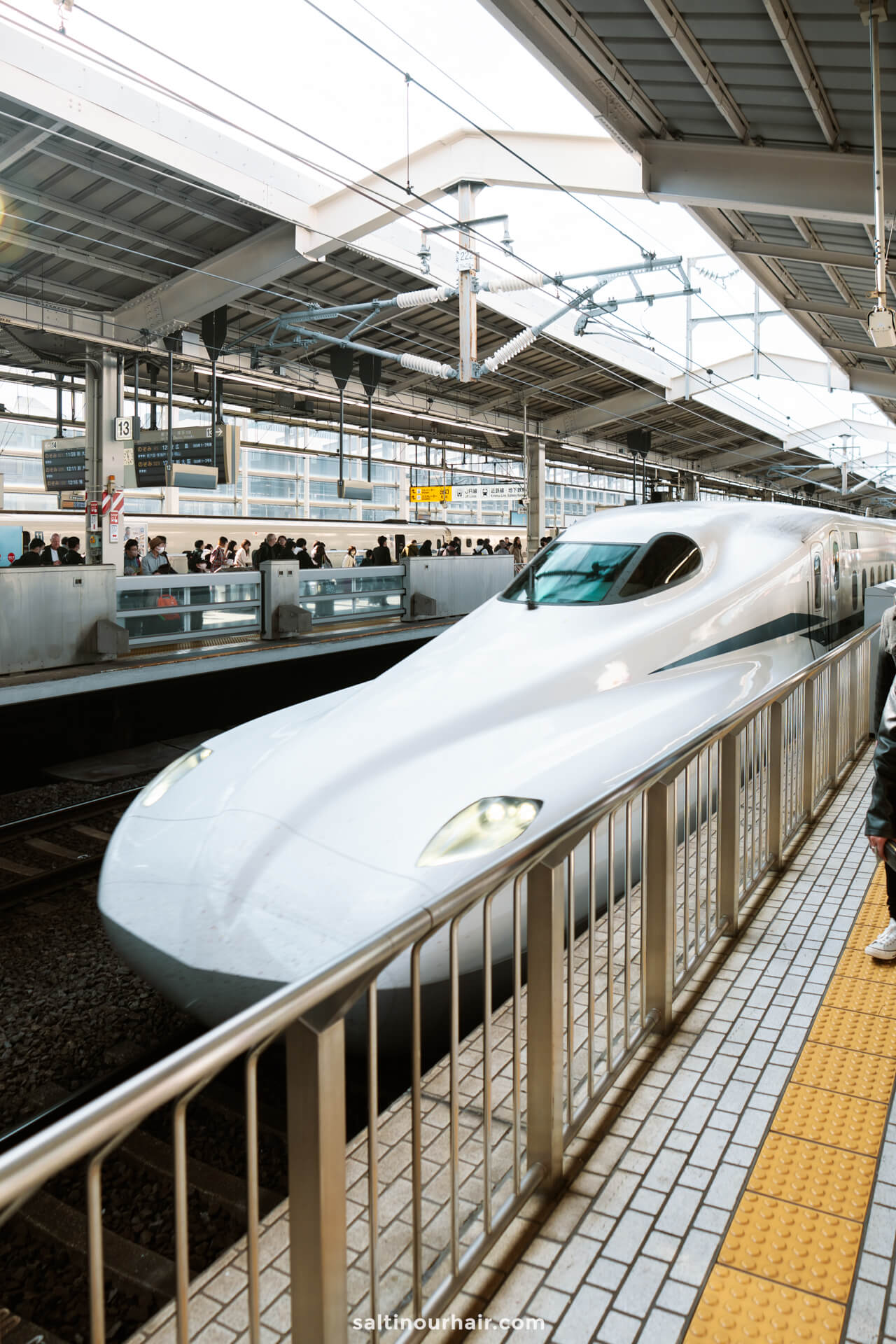
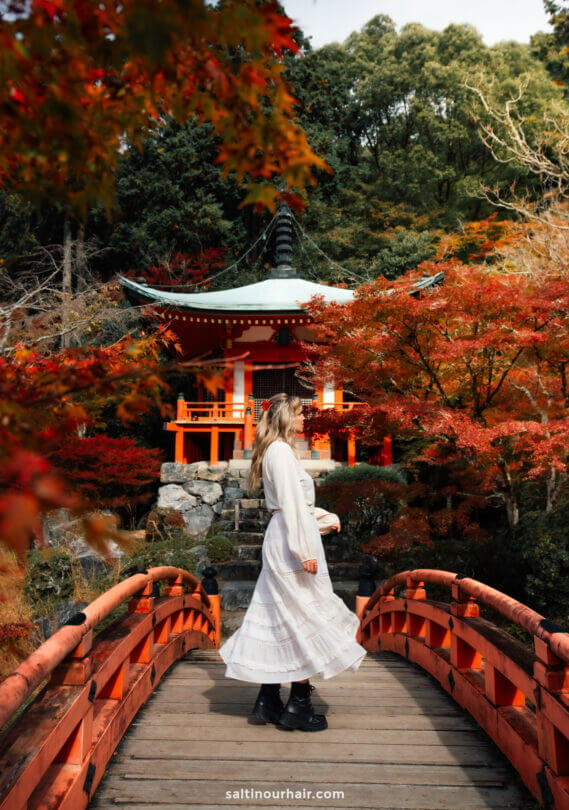
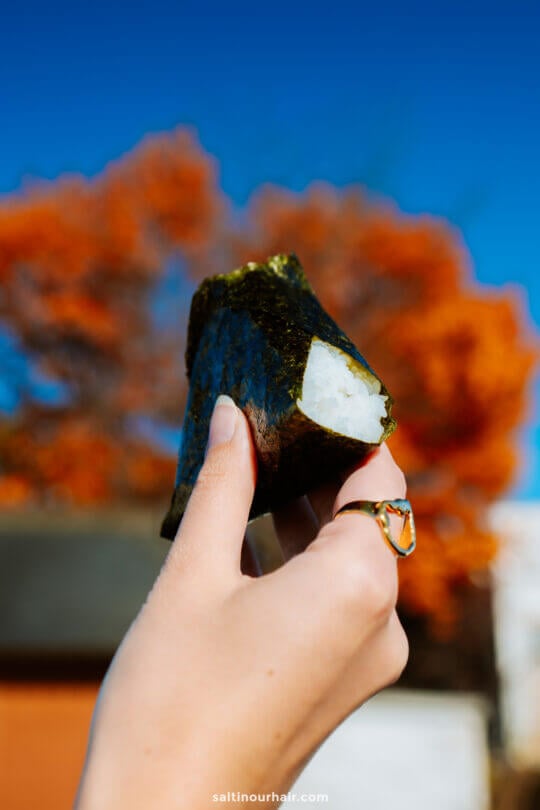
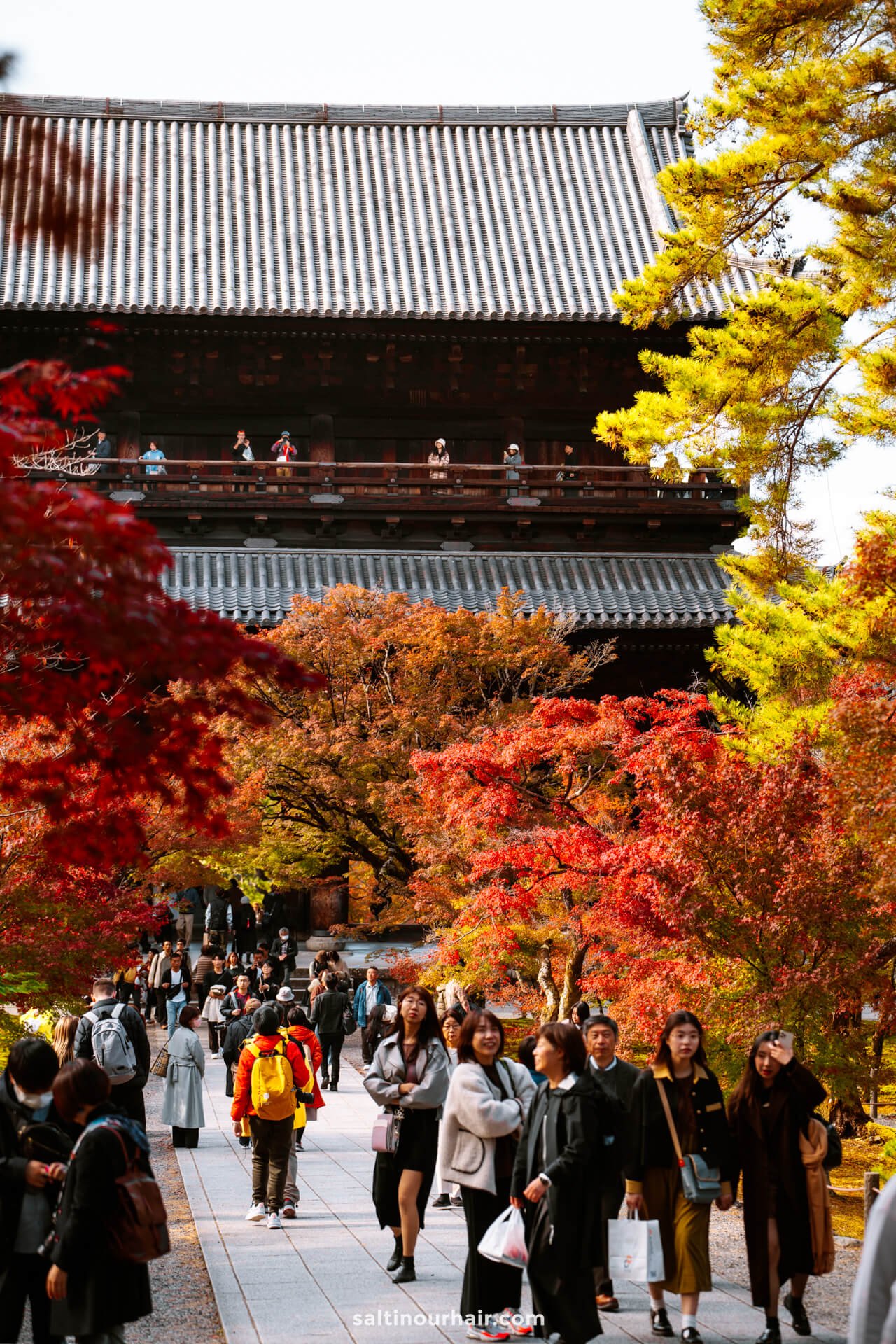



Japan is best for travel you make a list for where you go japan. October month is small cold you bring a full sleeps clothes. In March and September month you see a very beautiful picture.